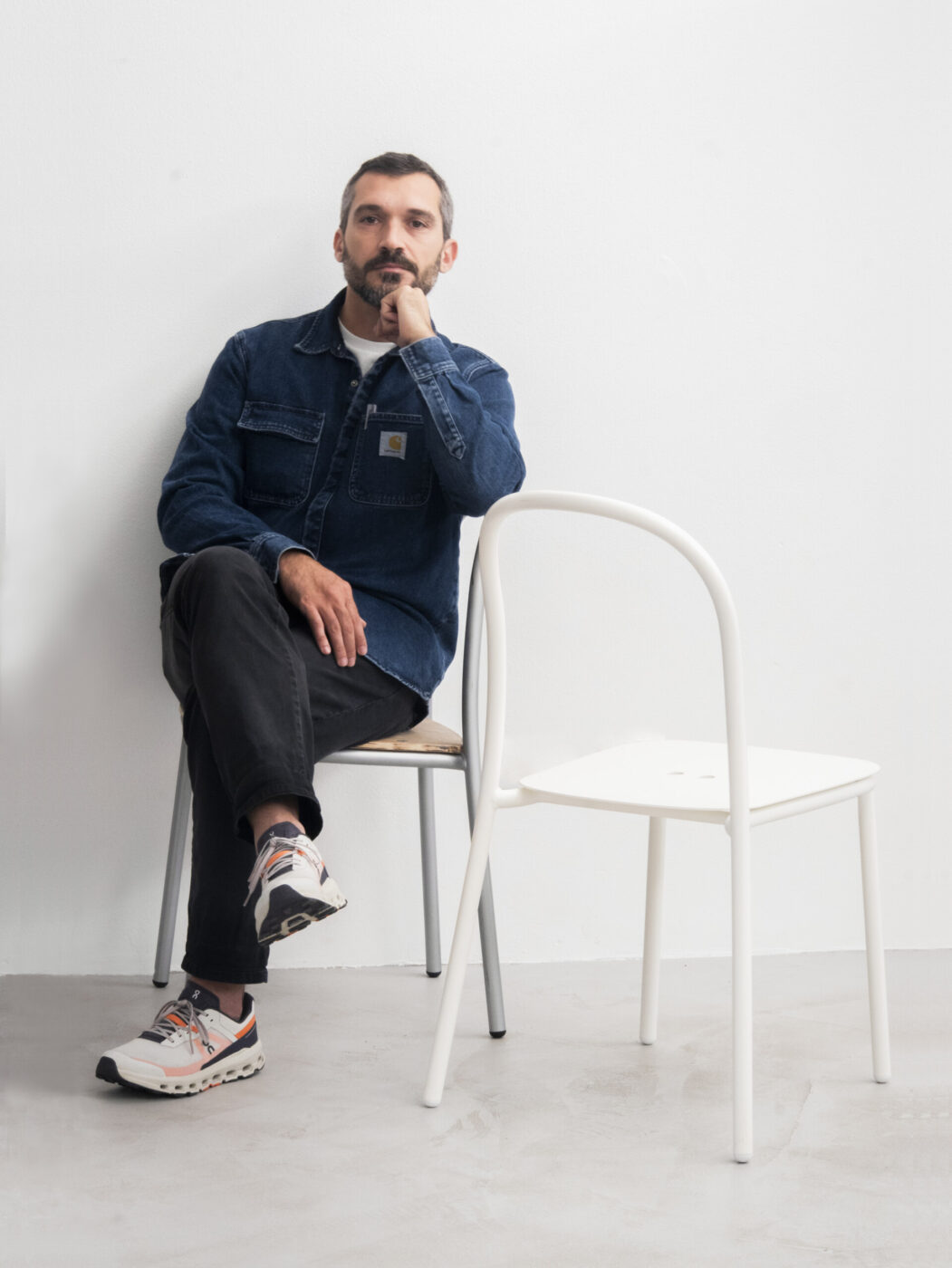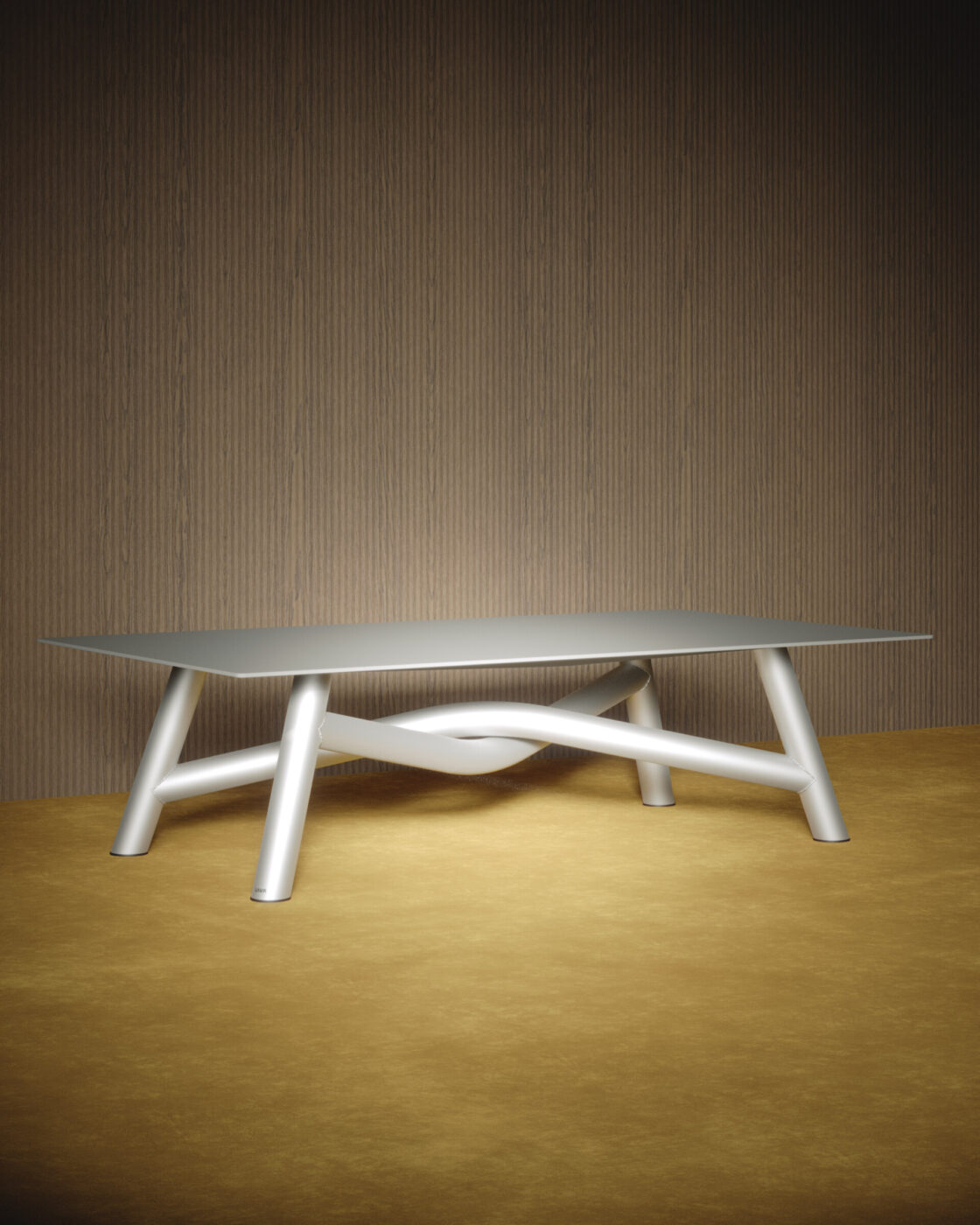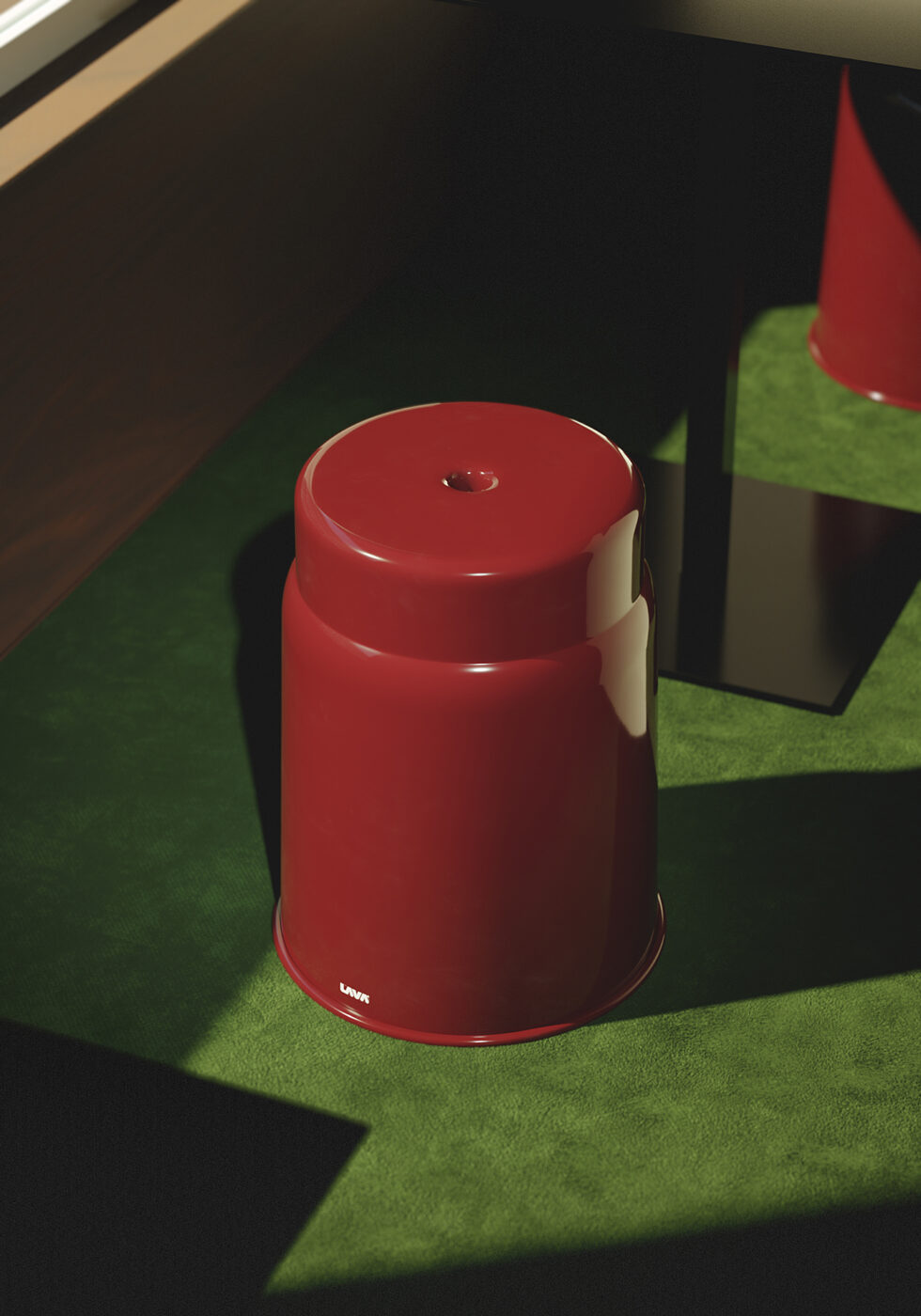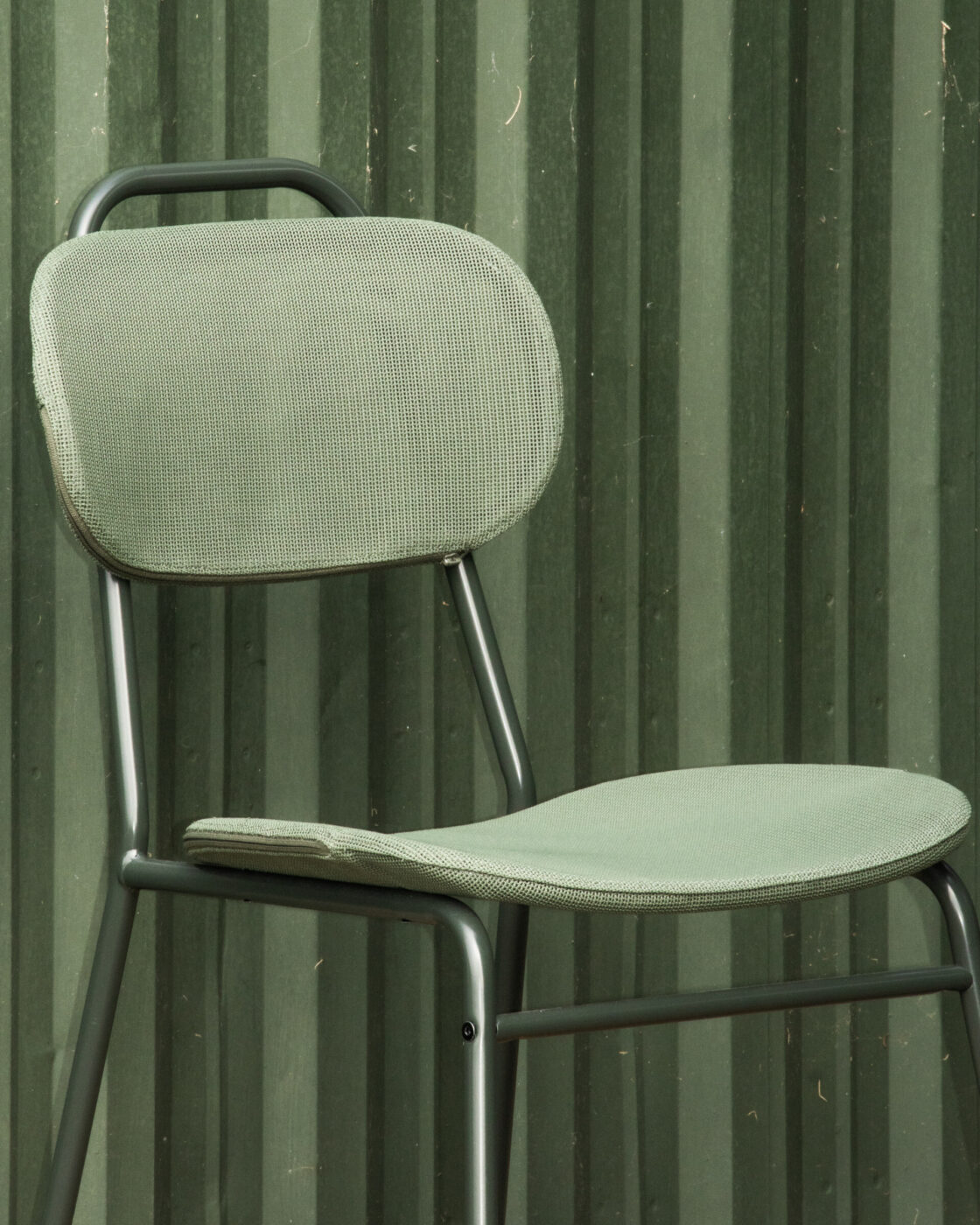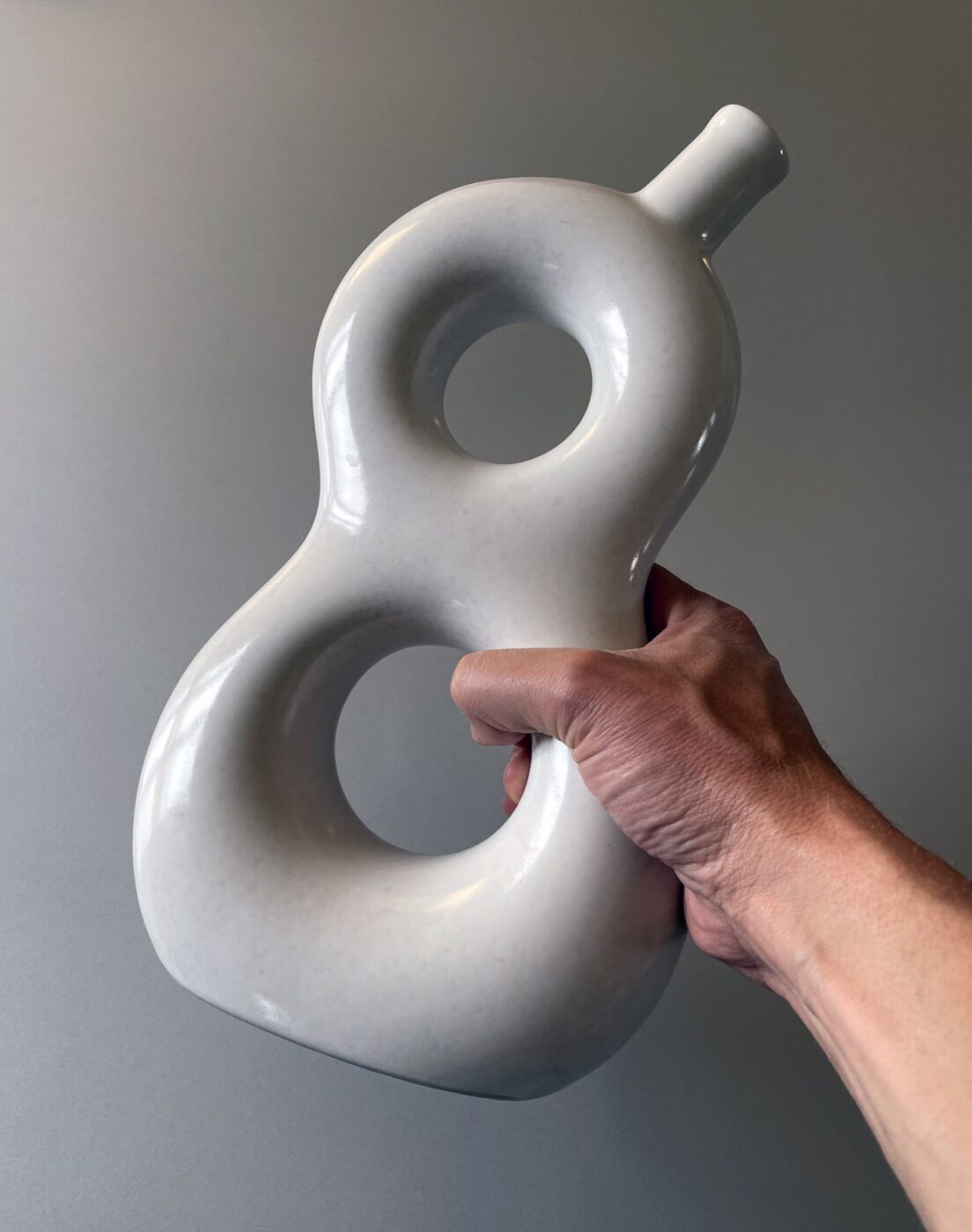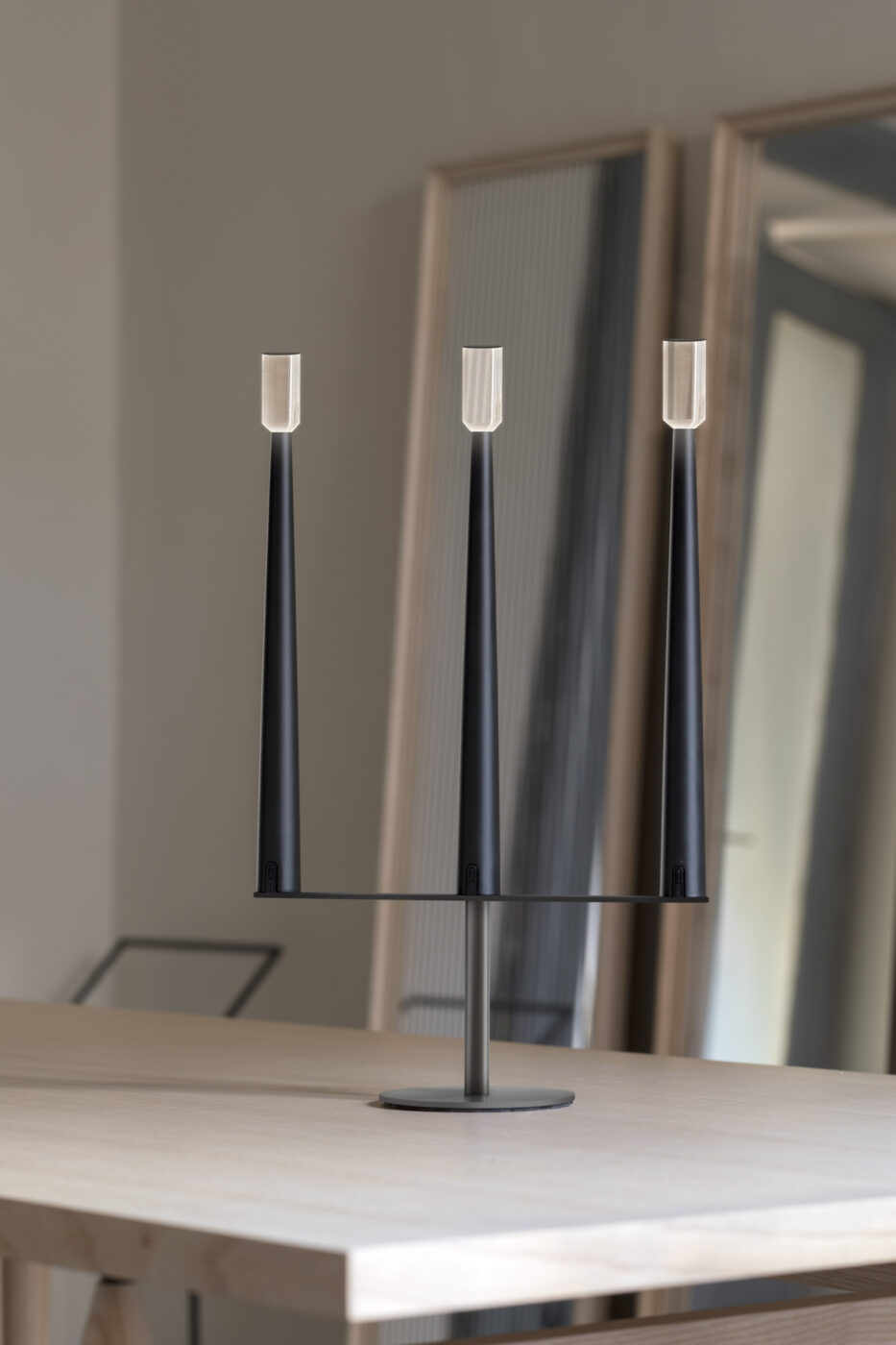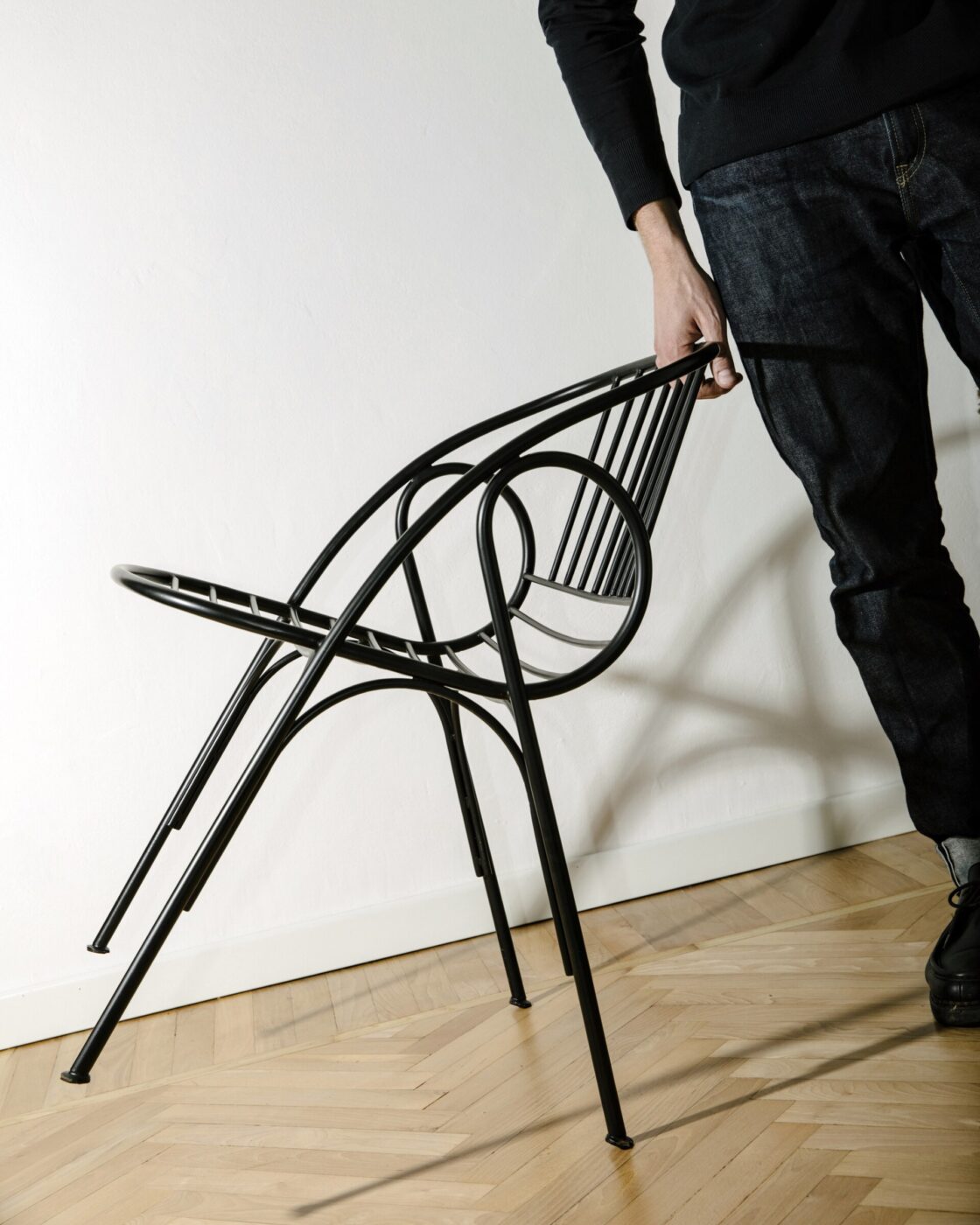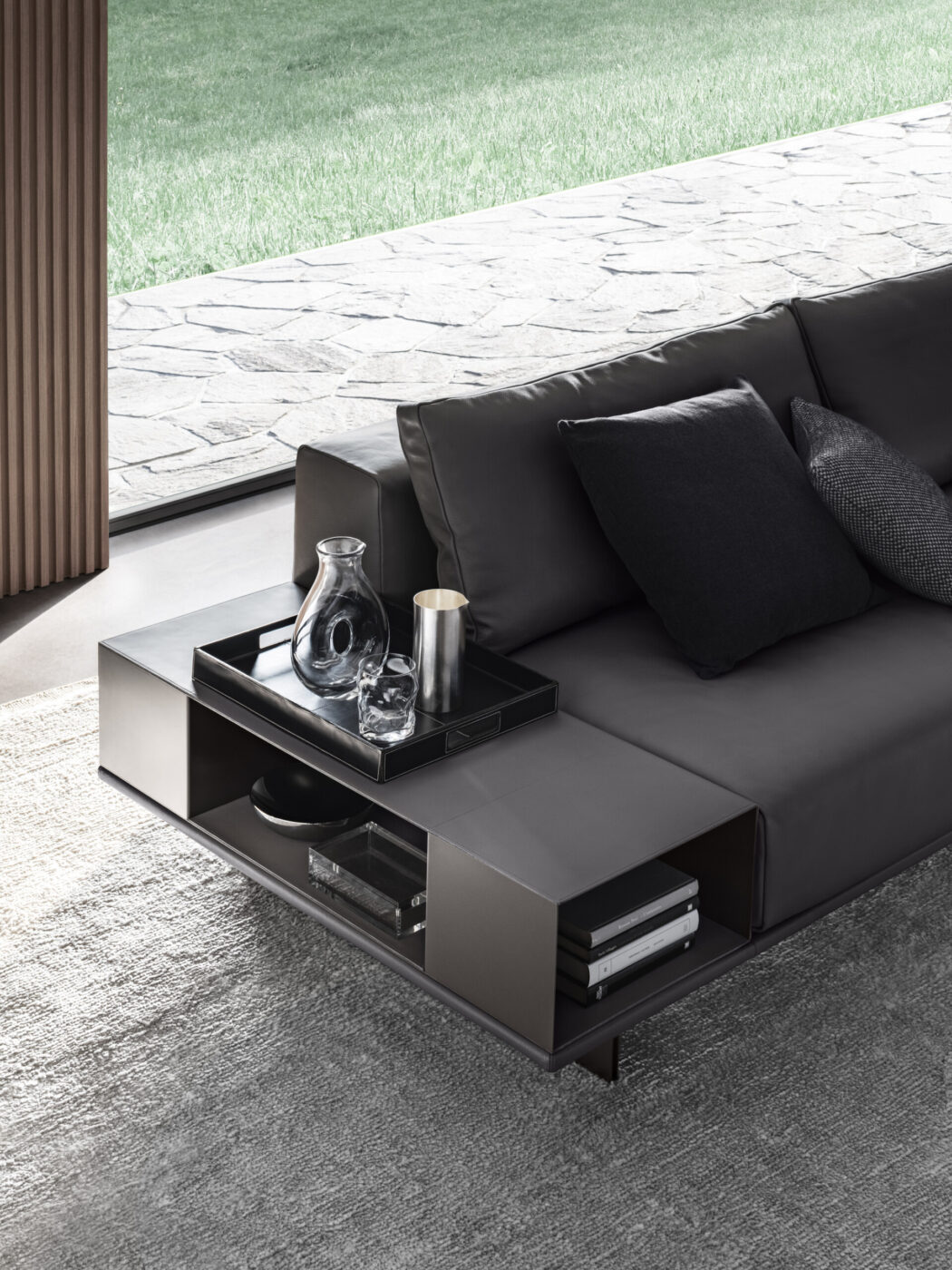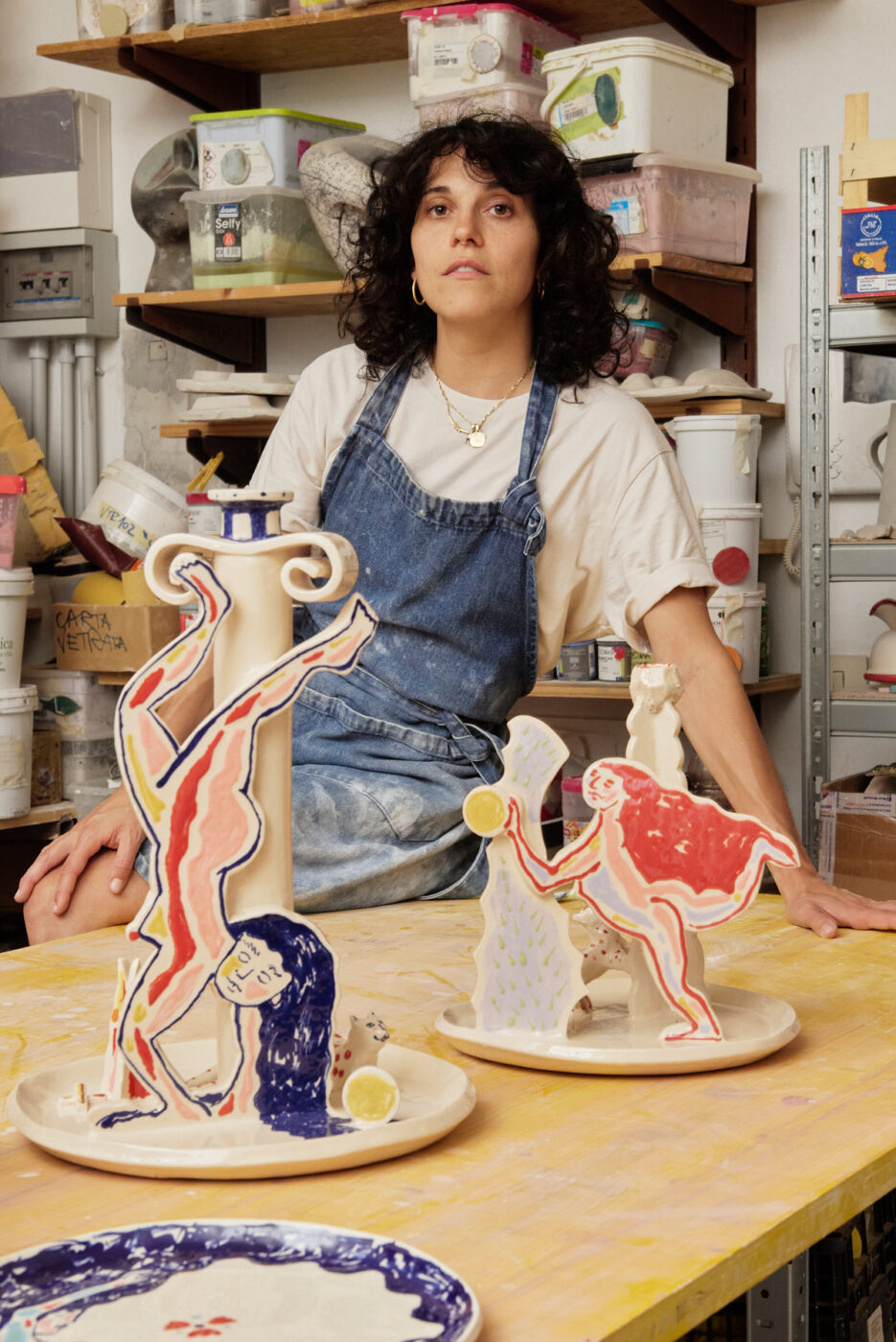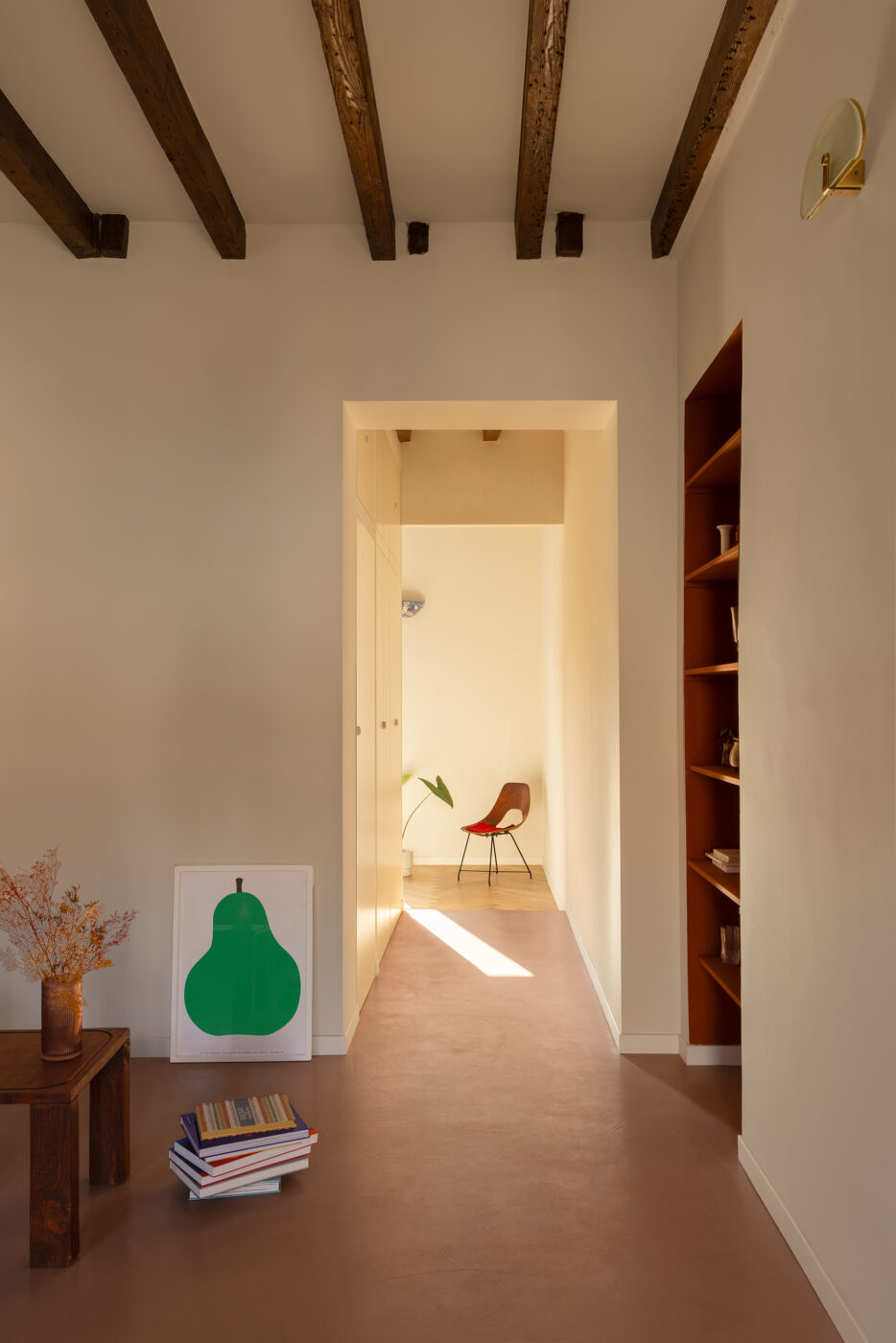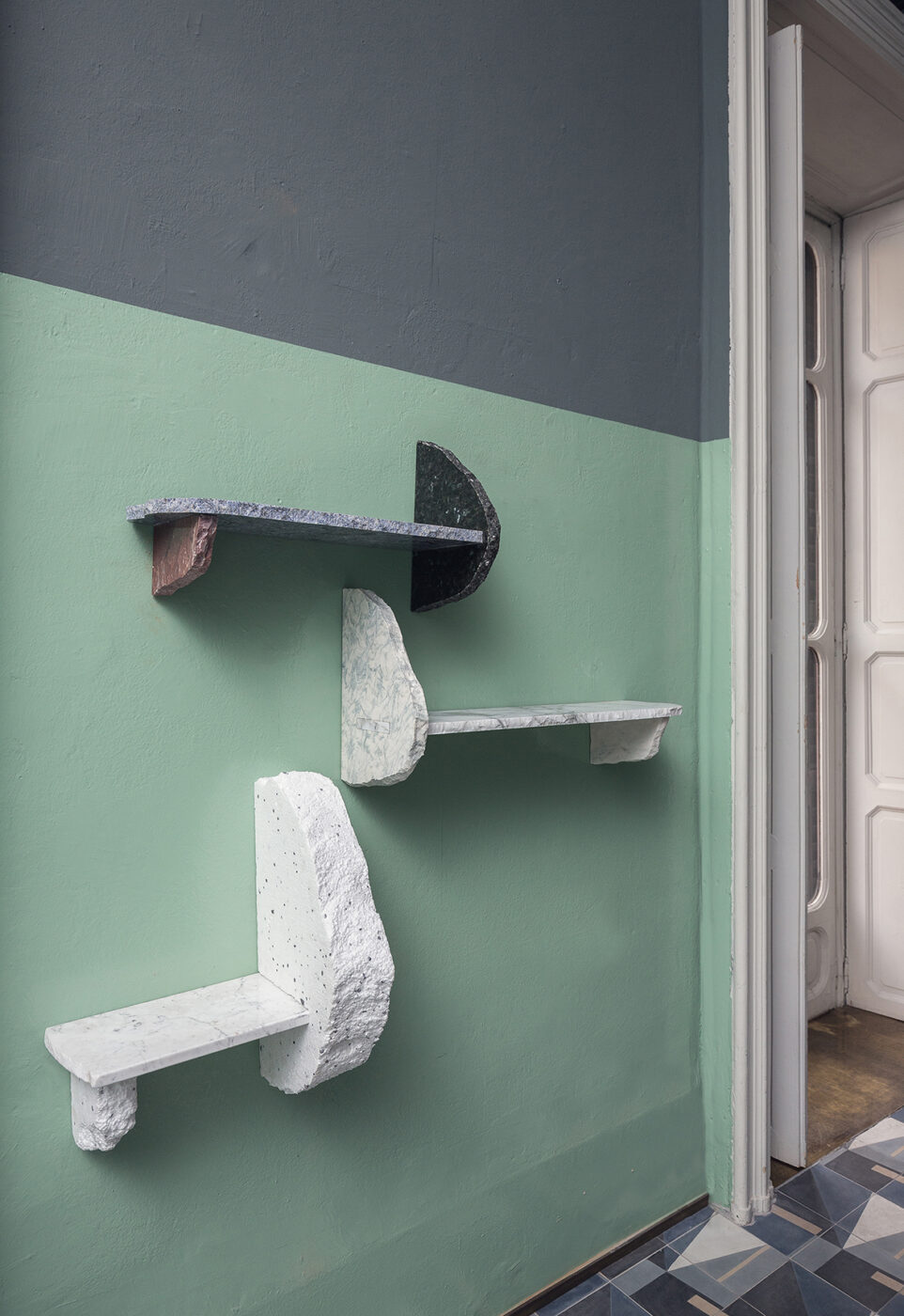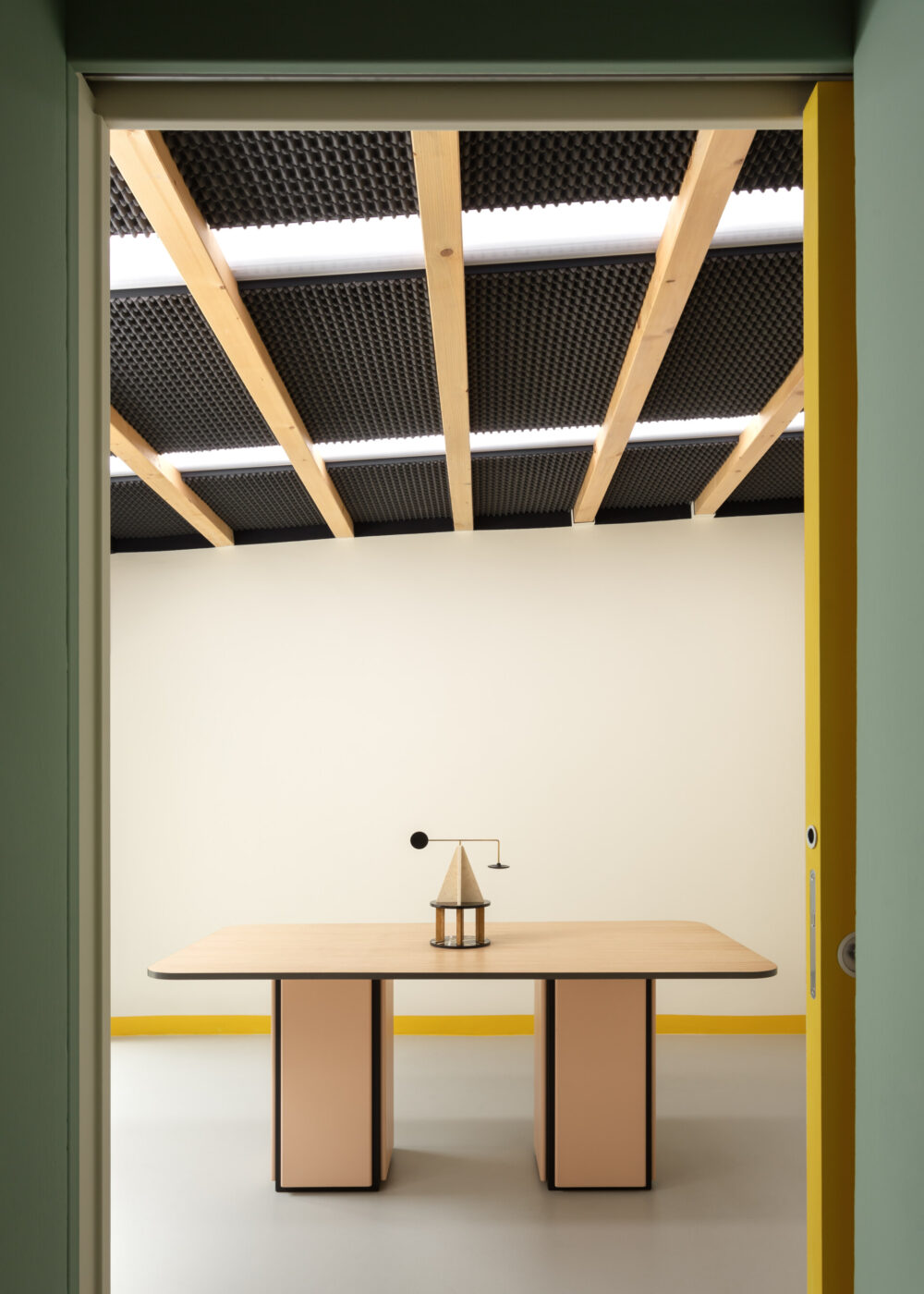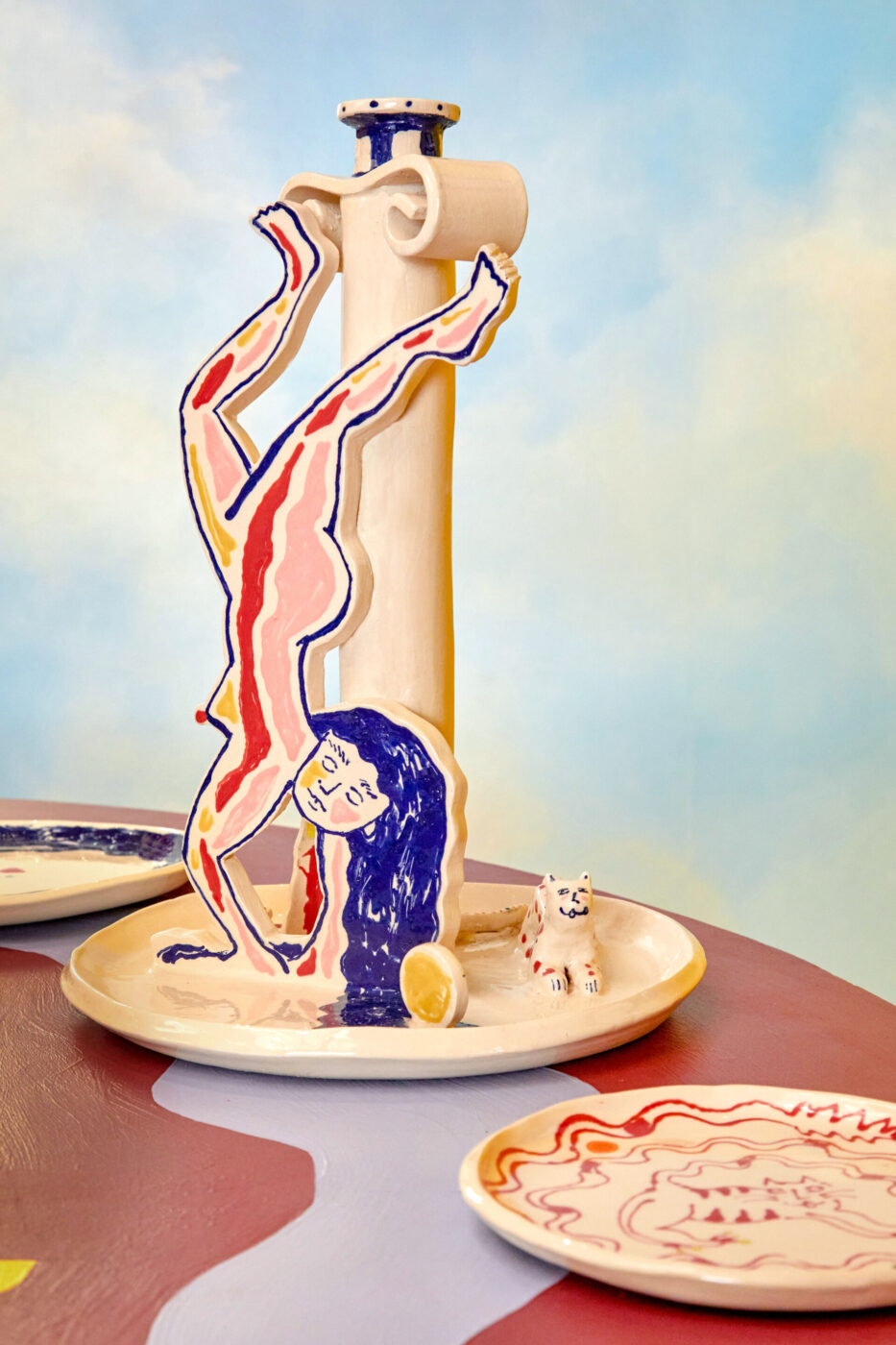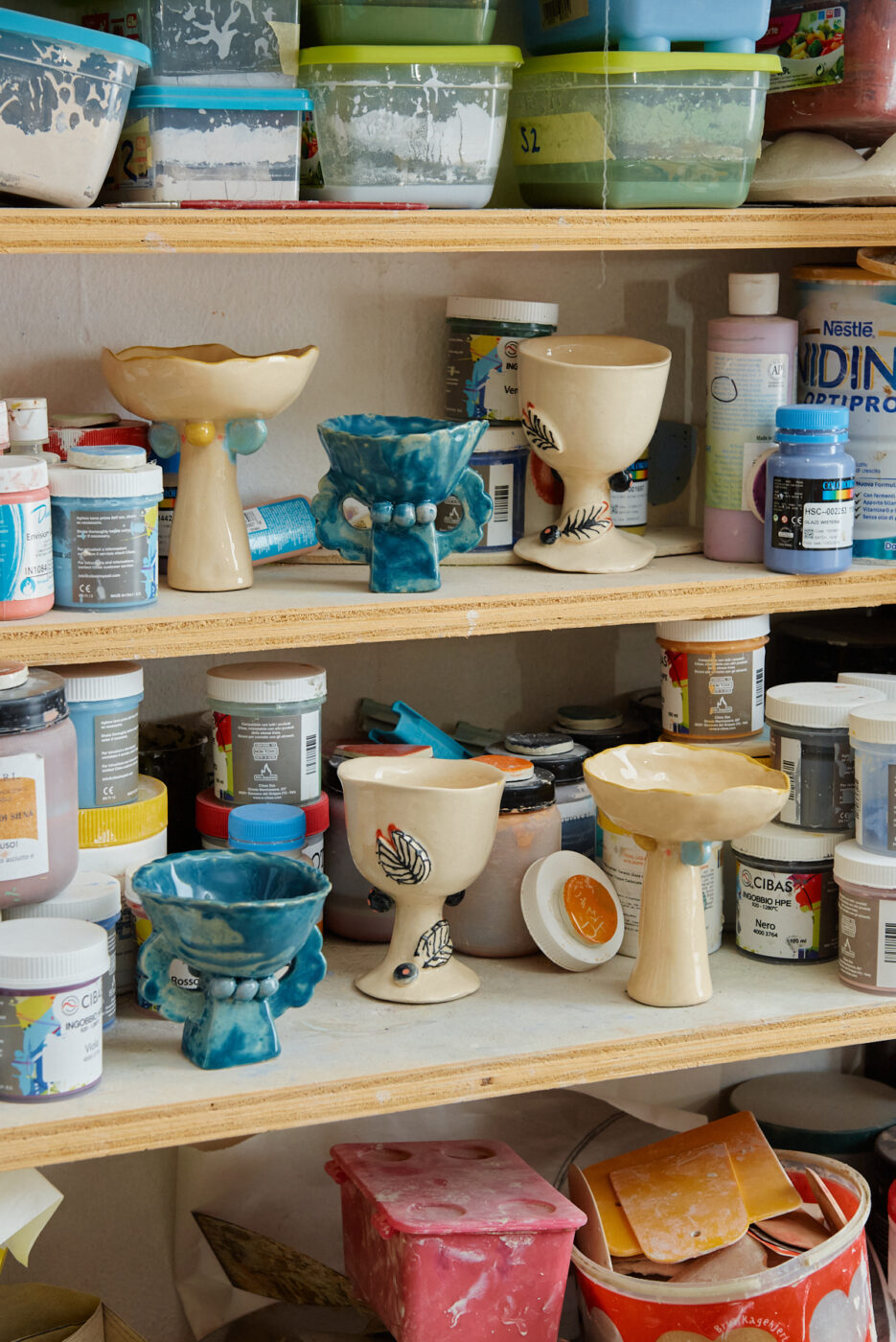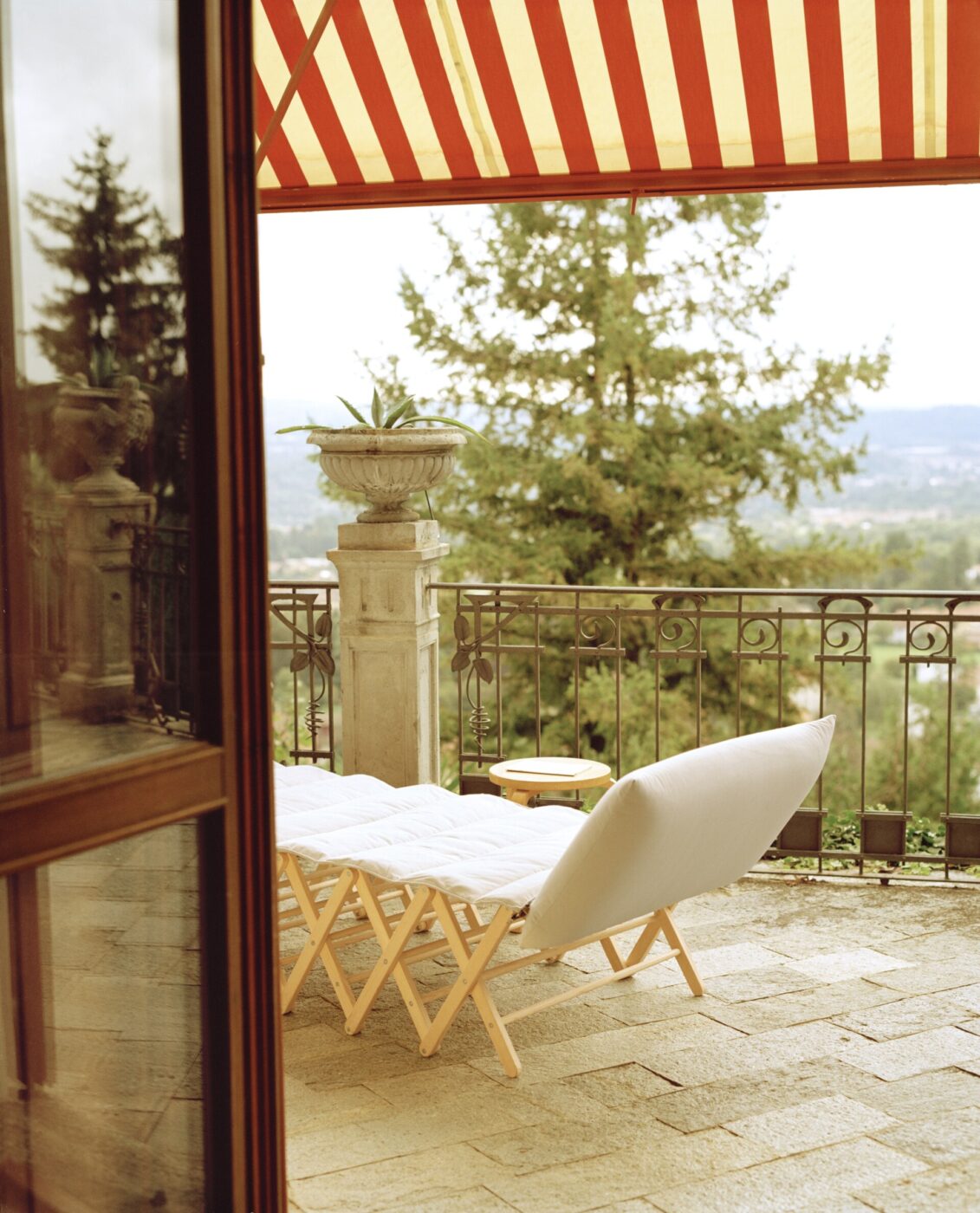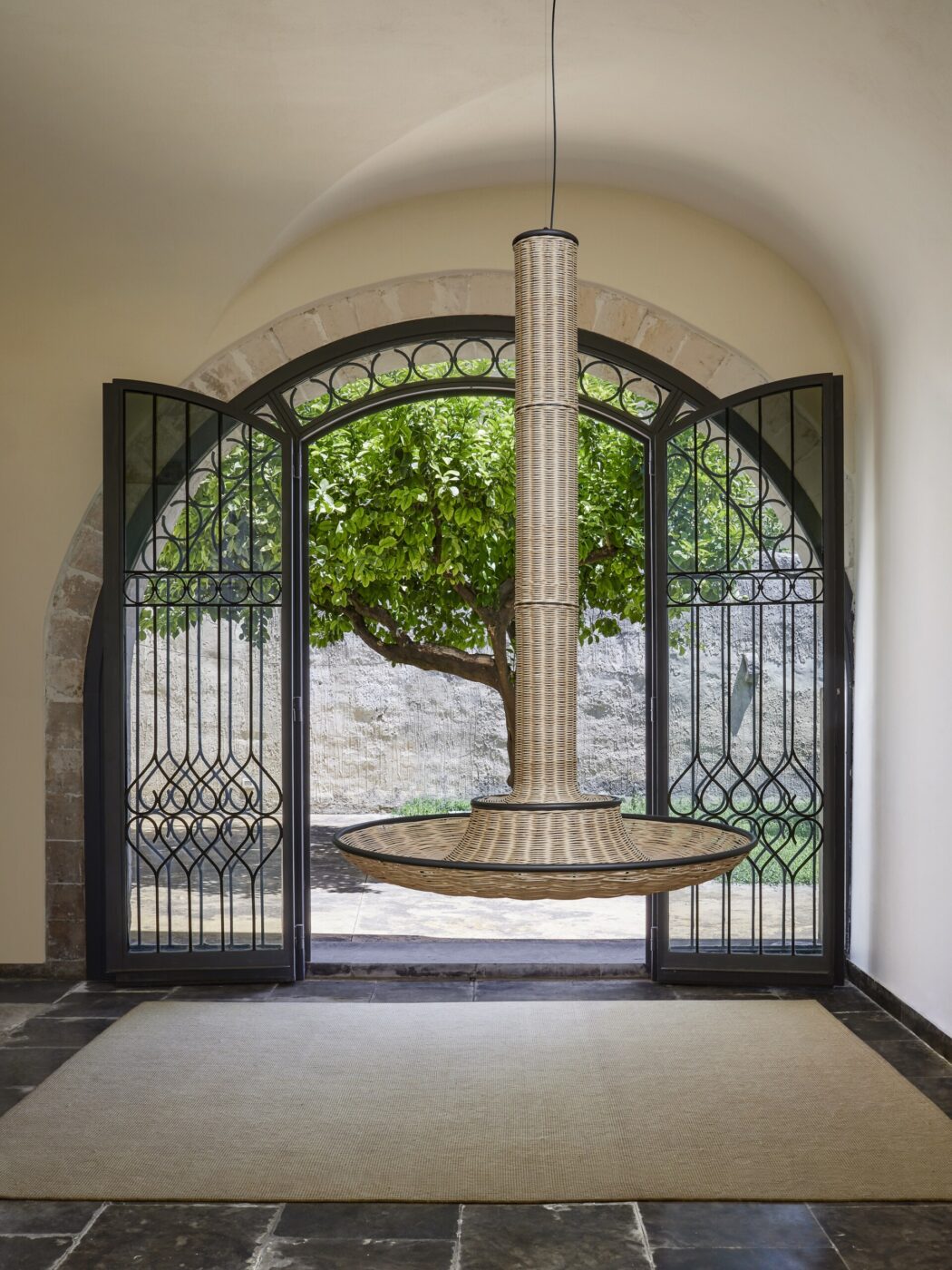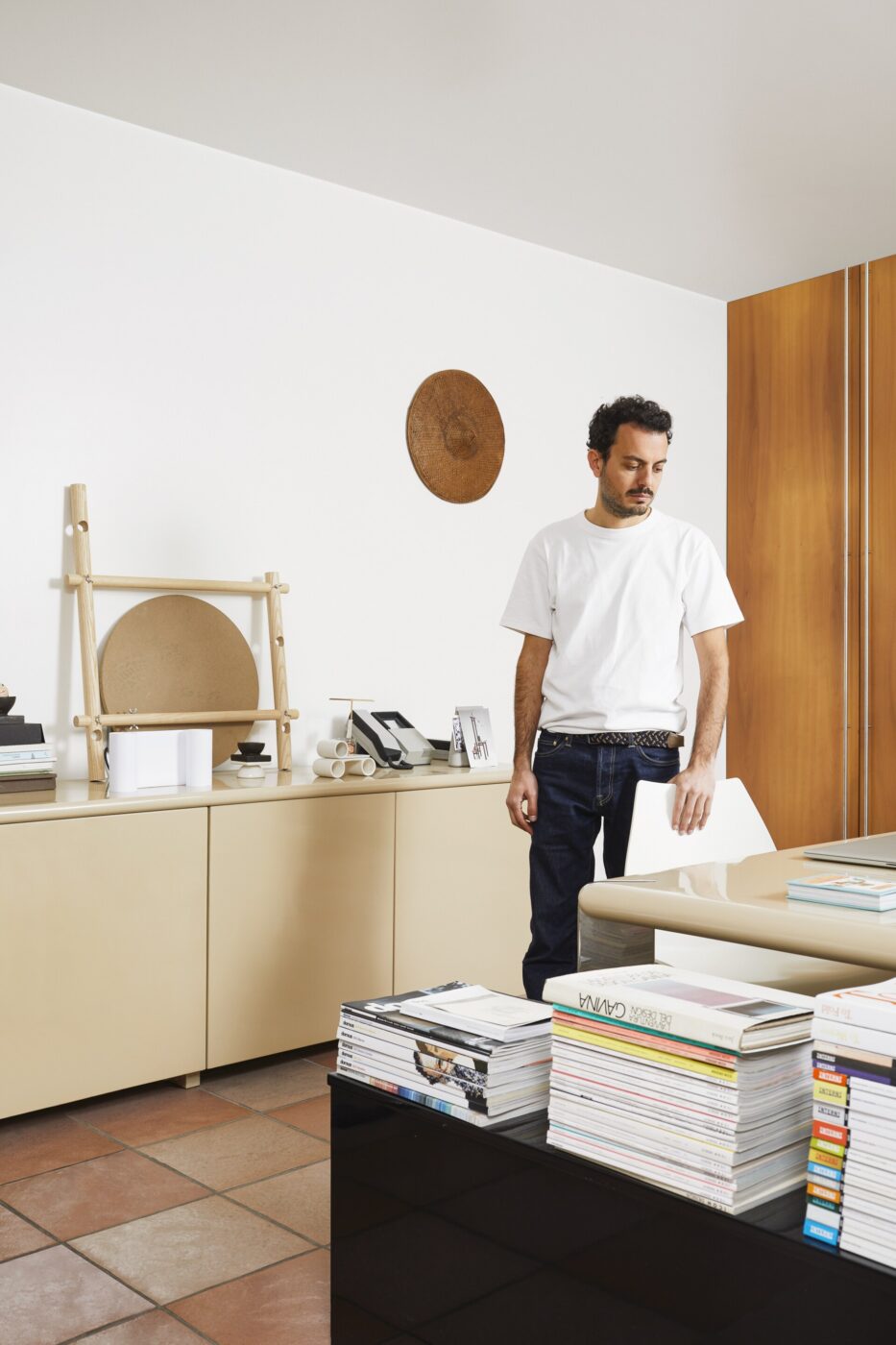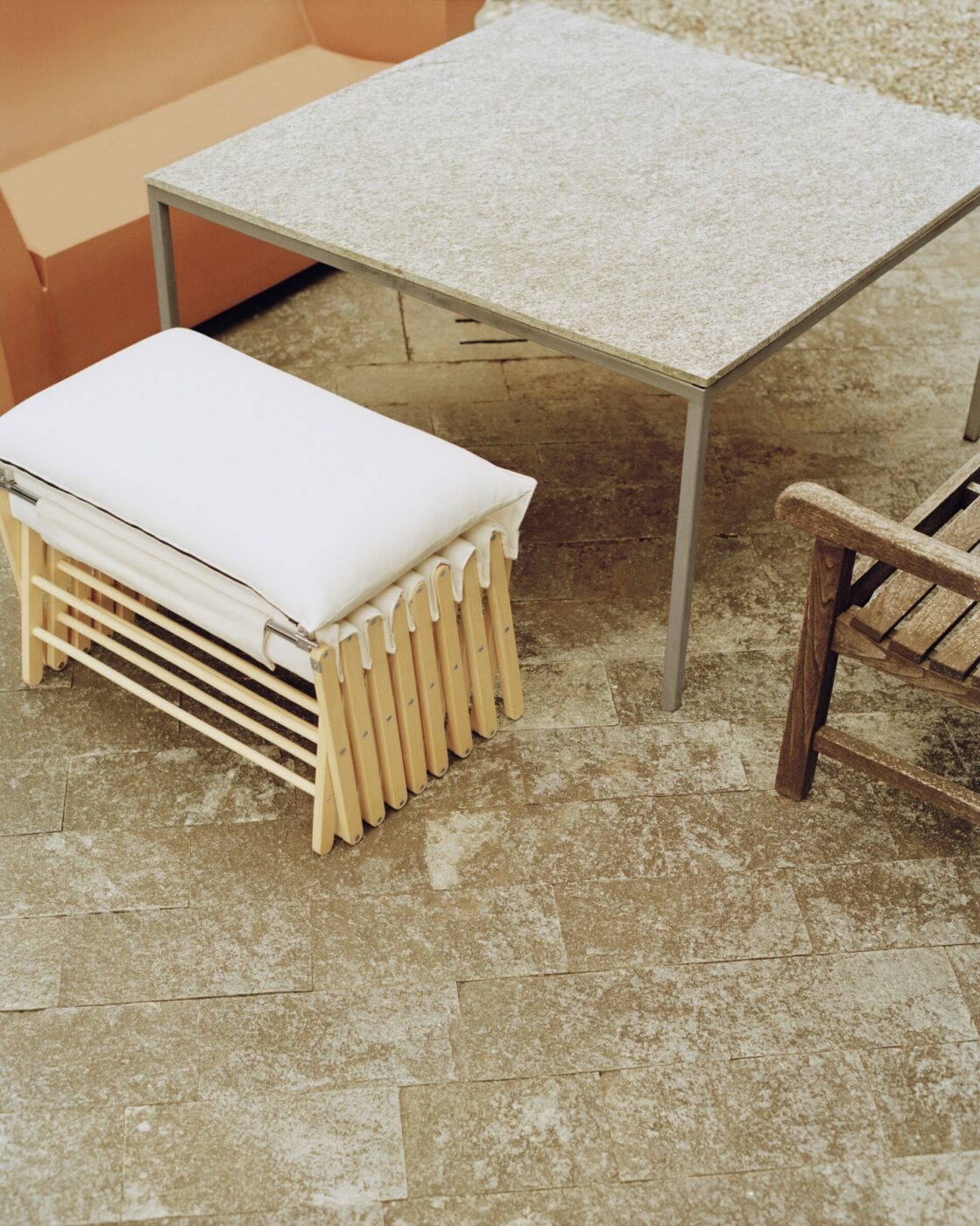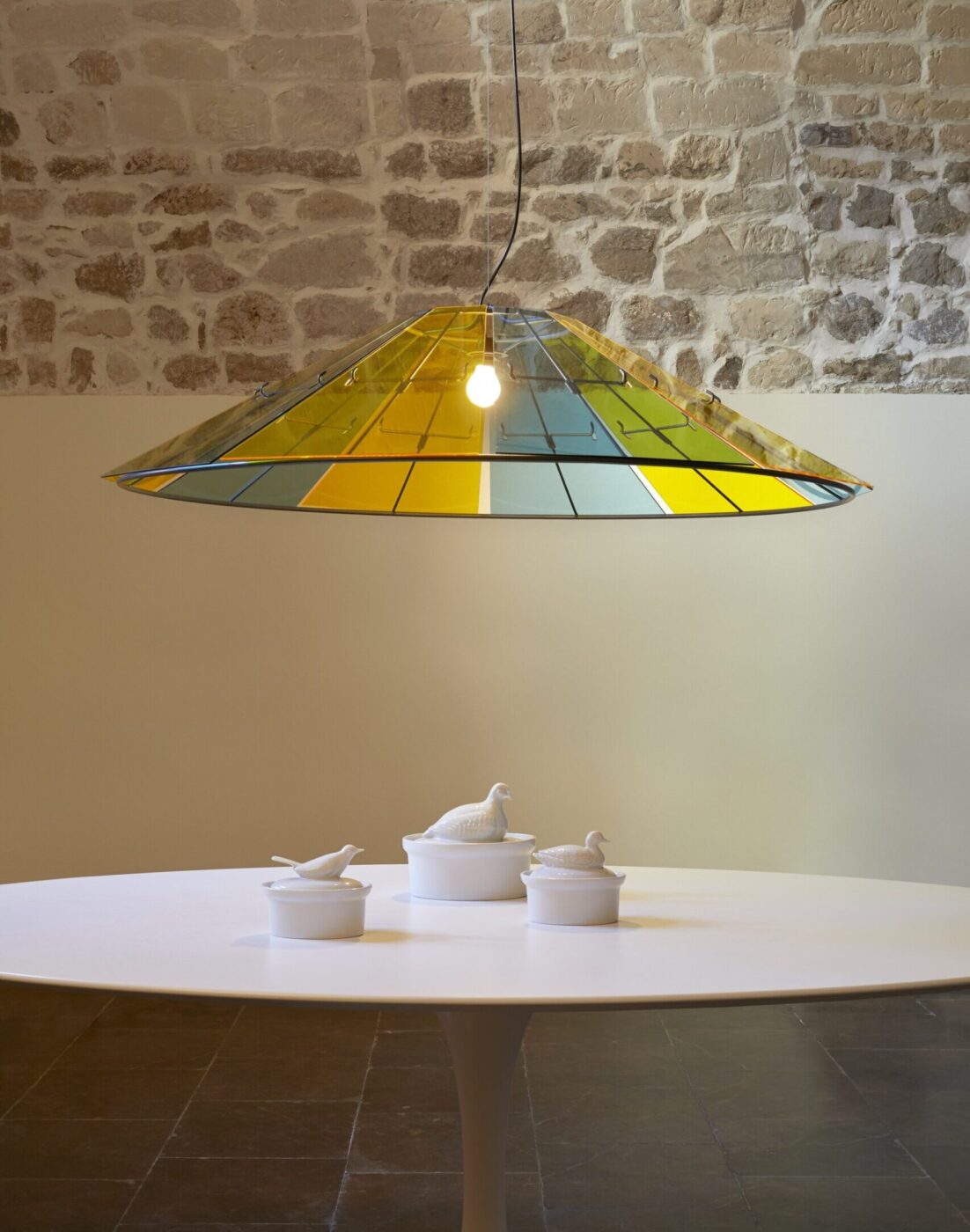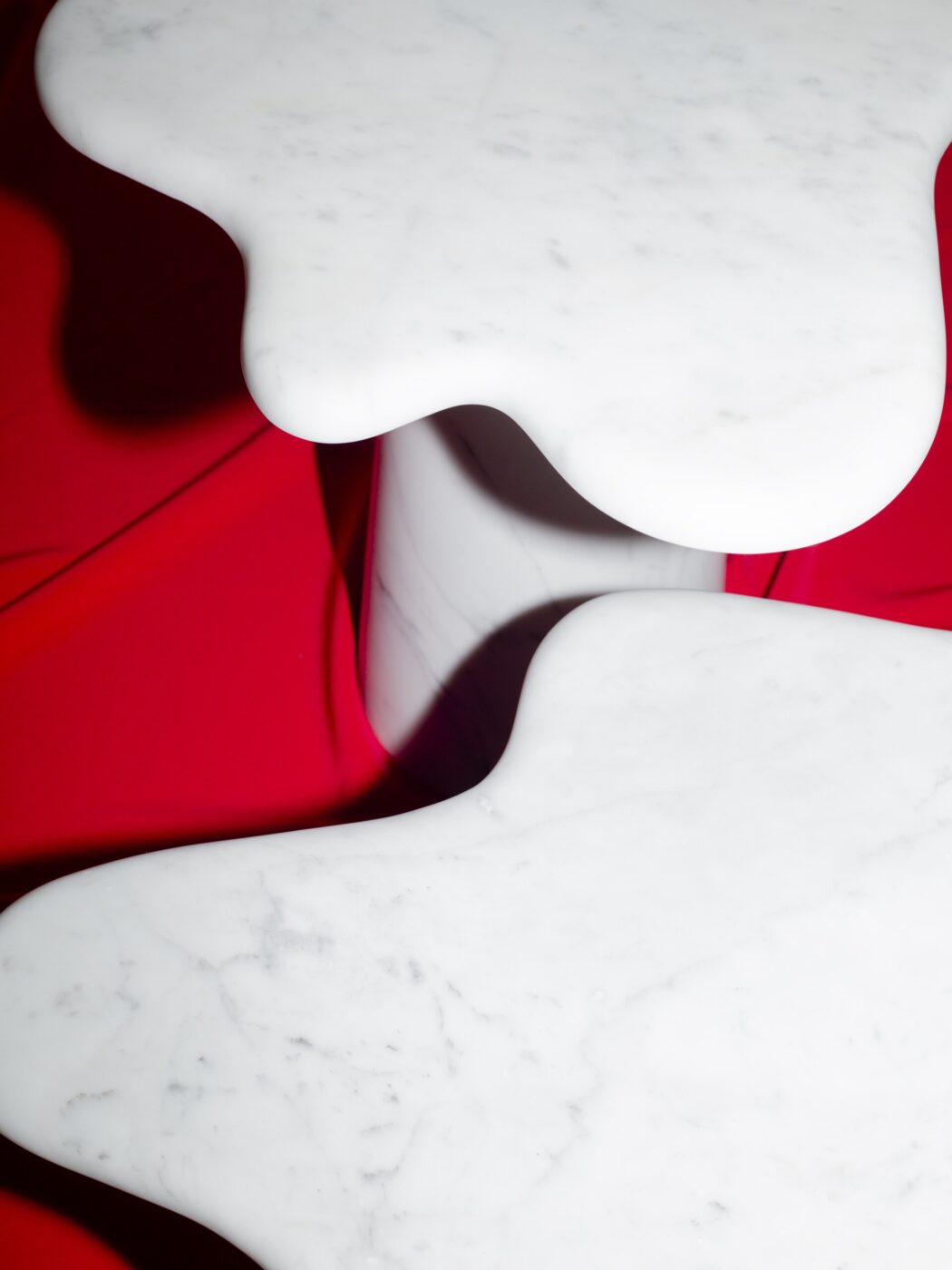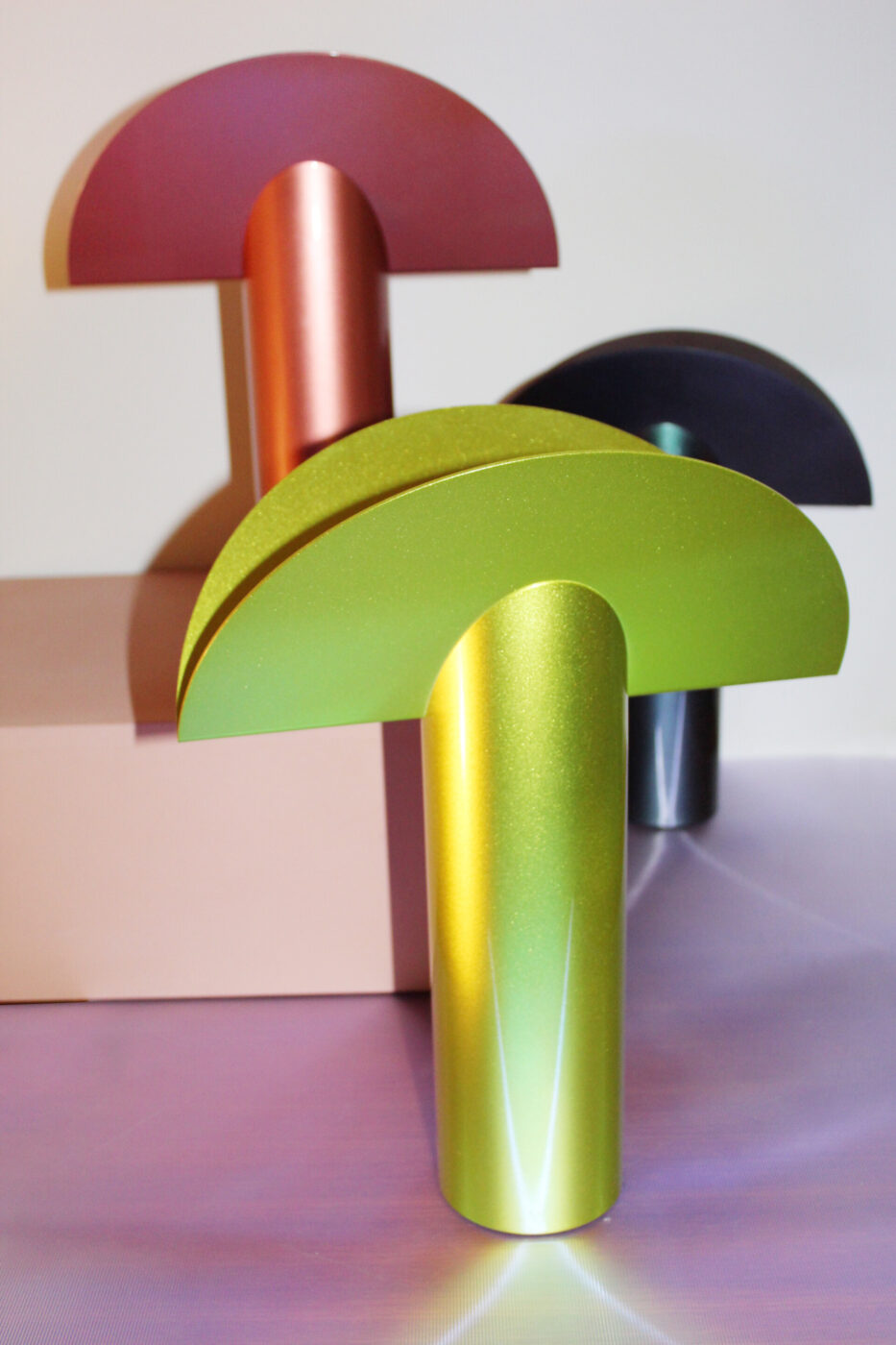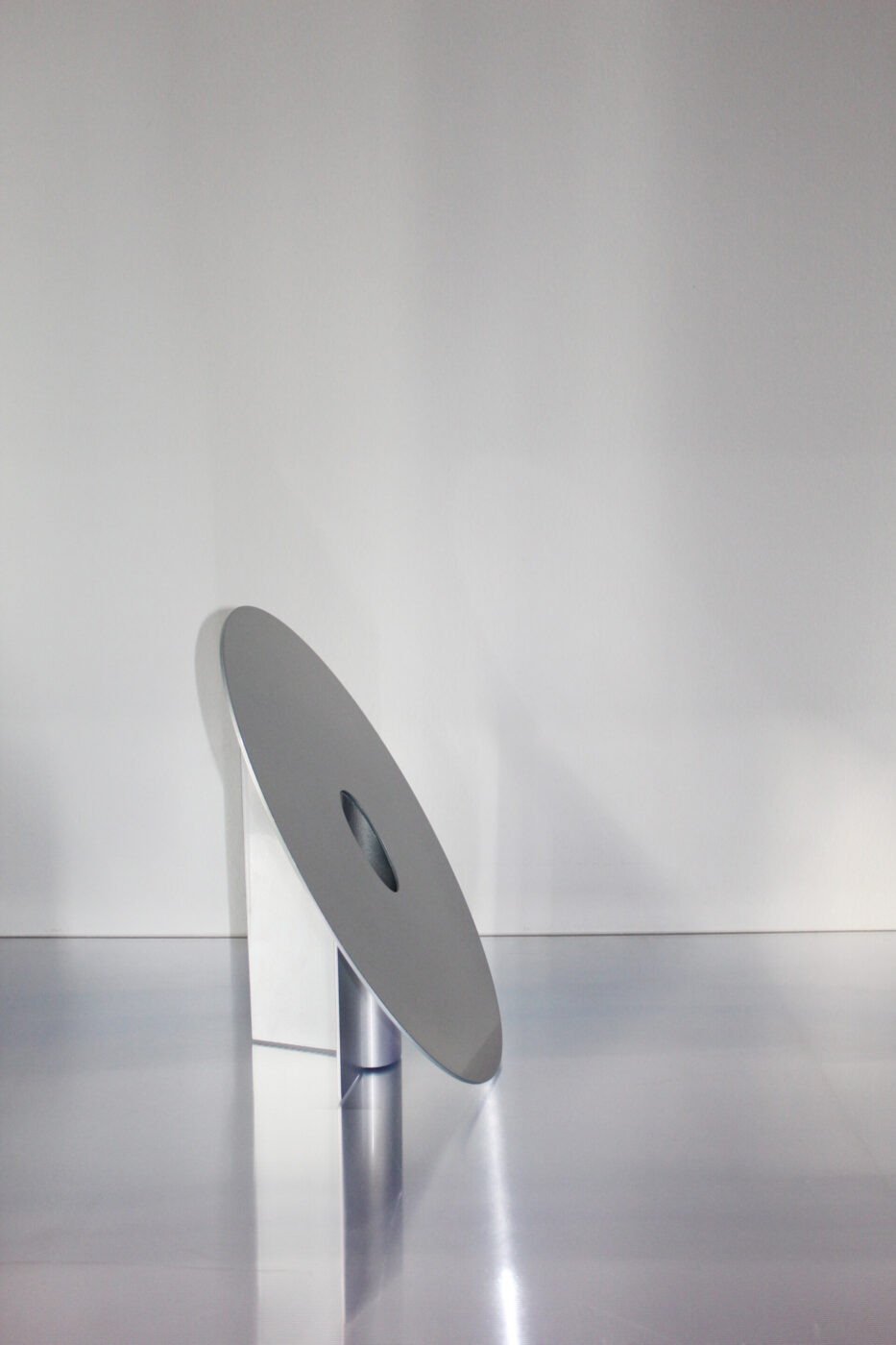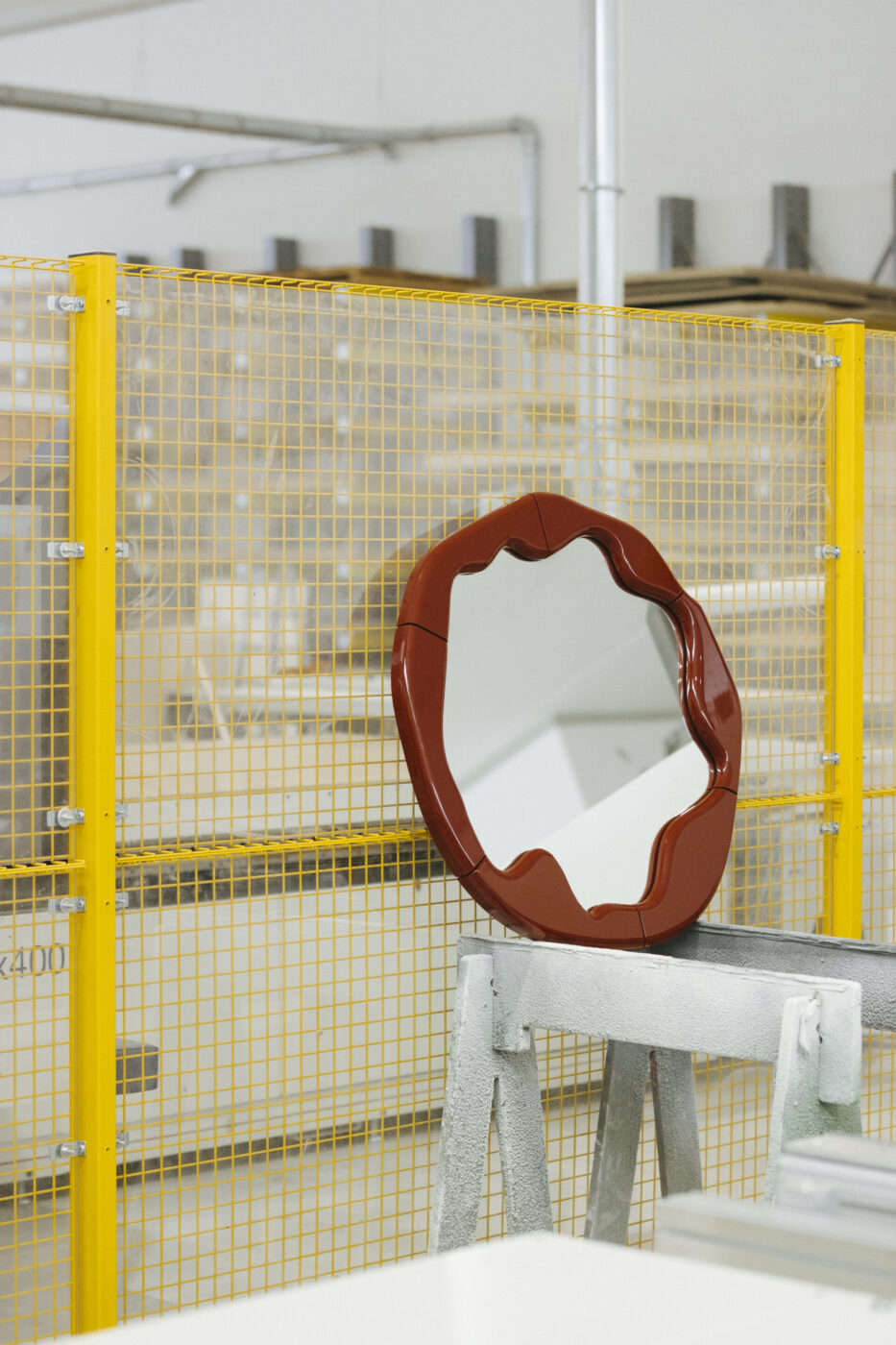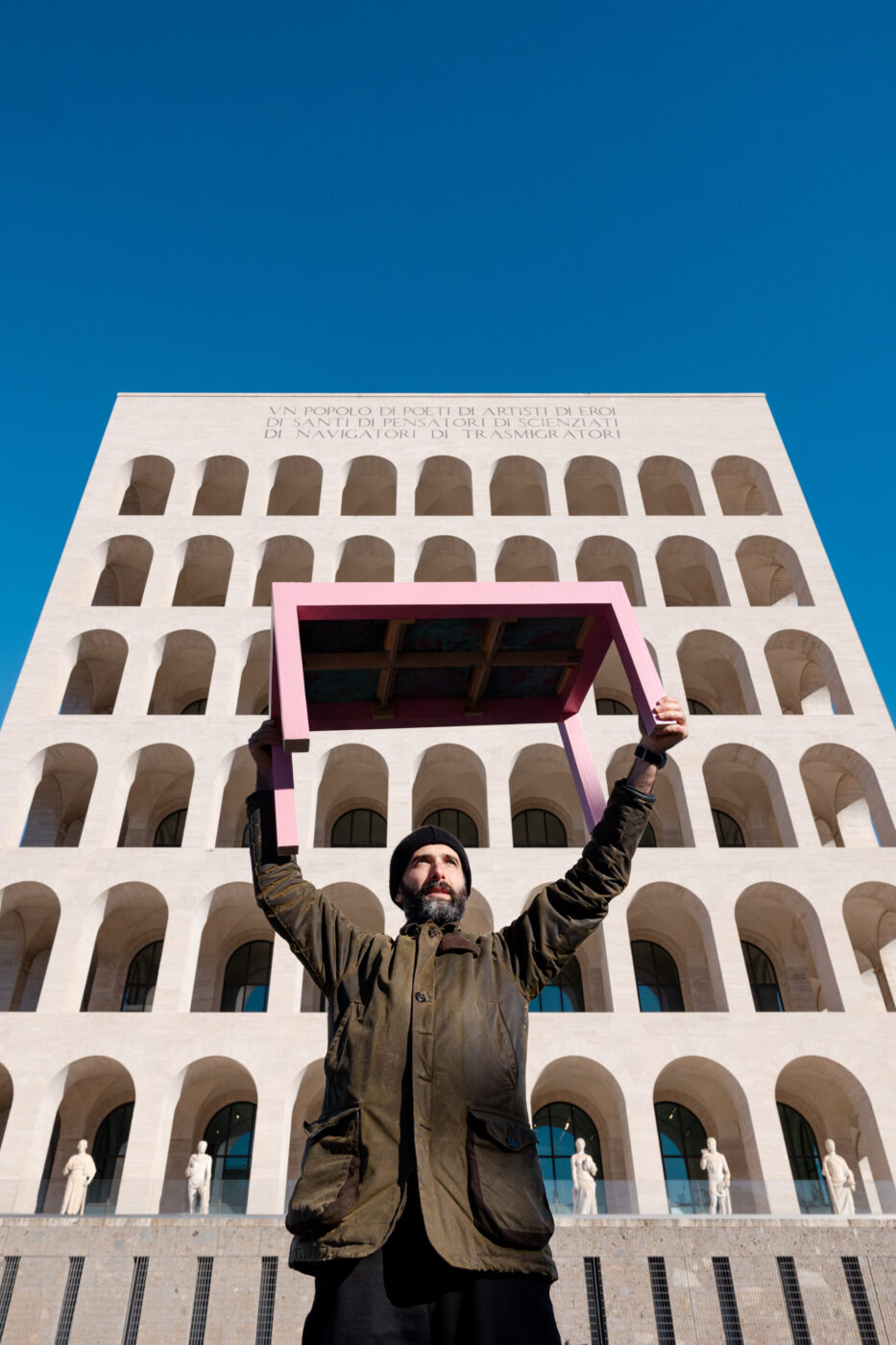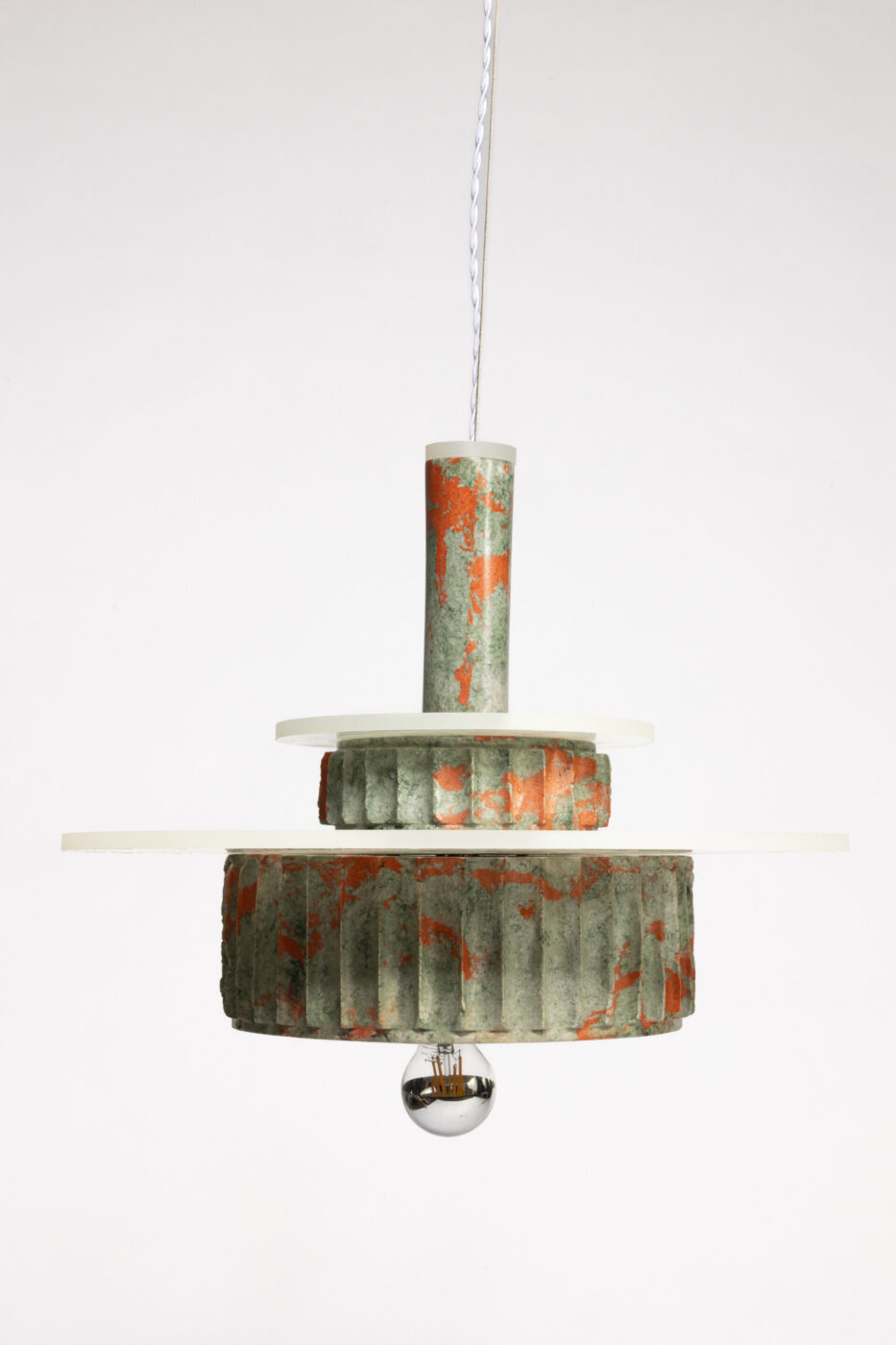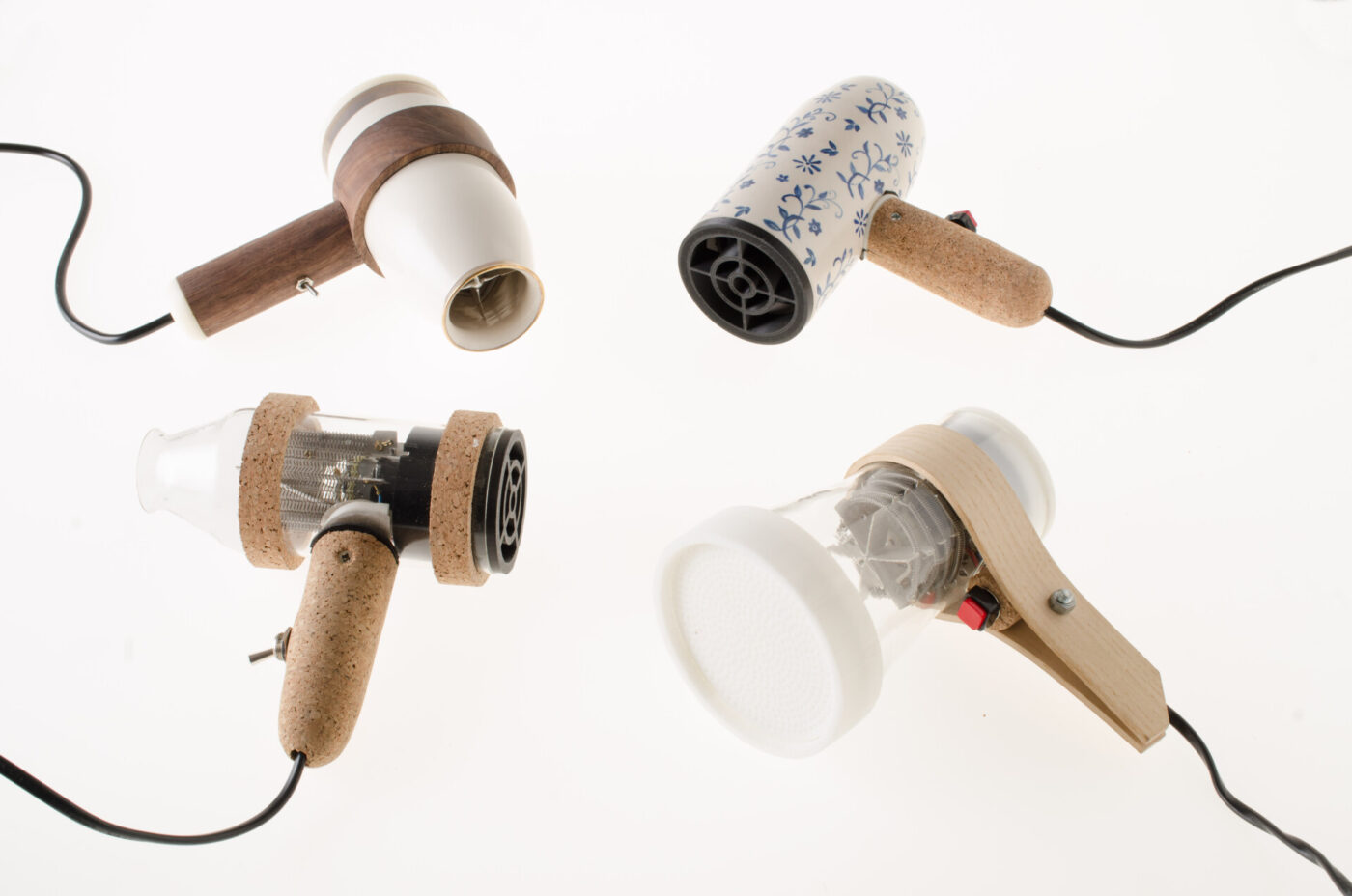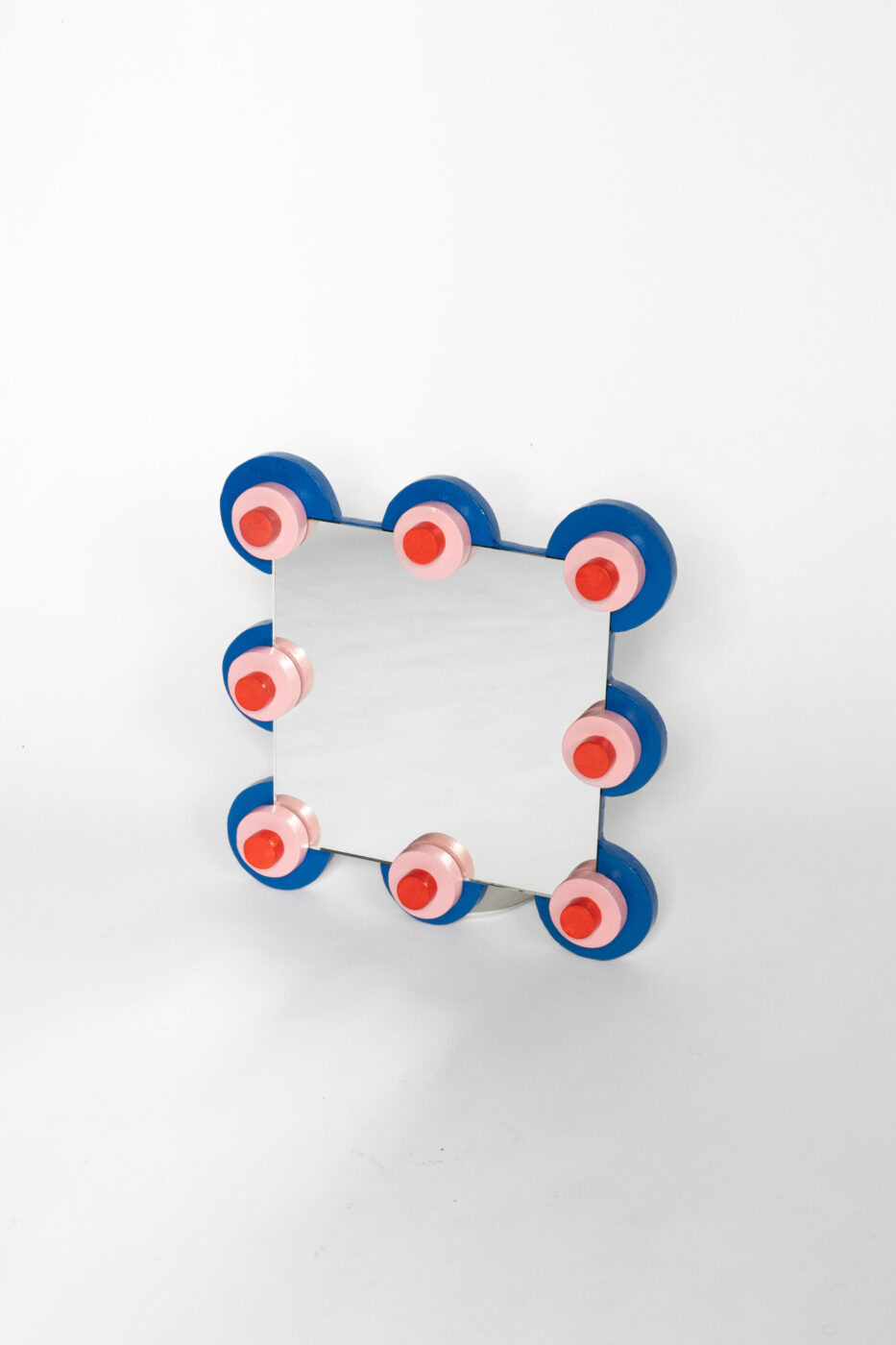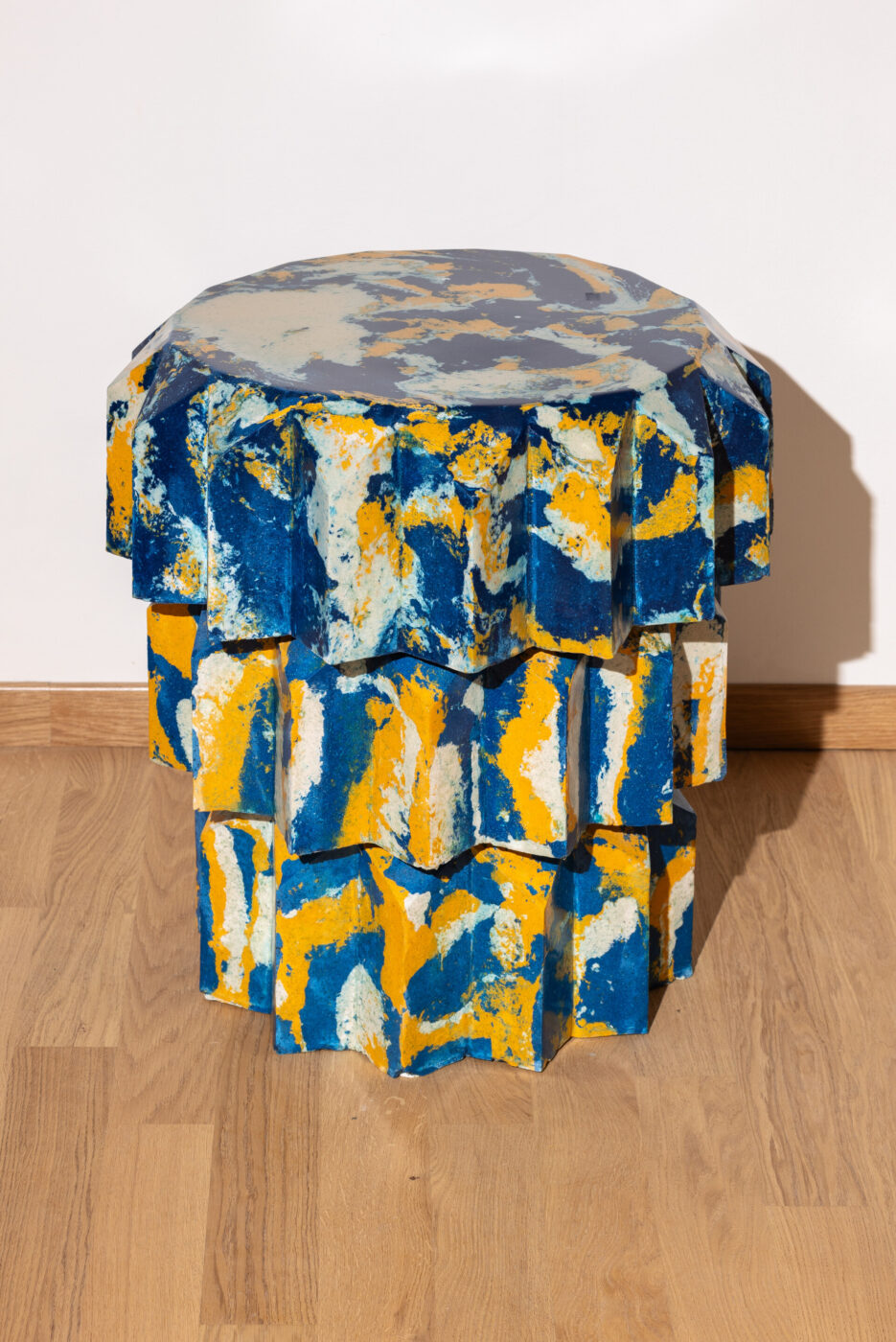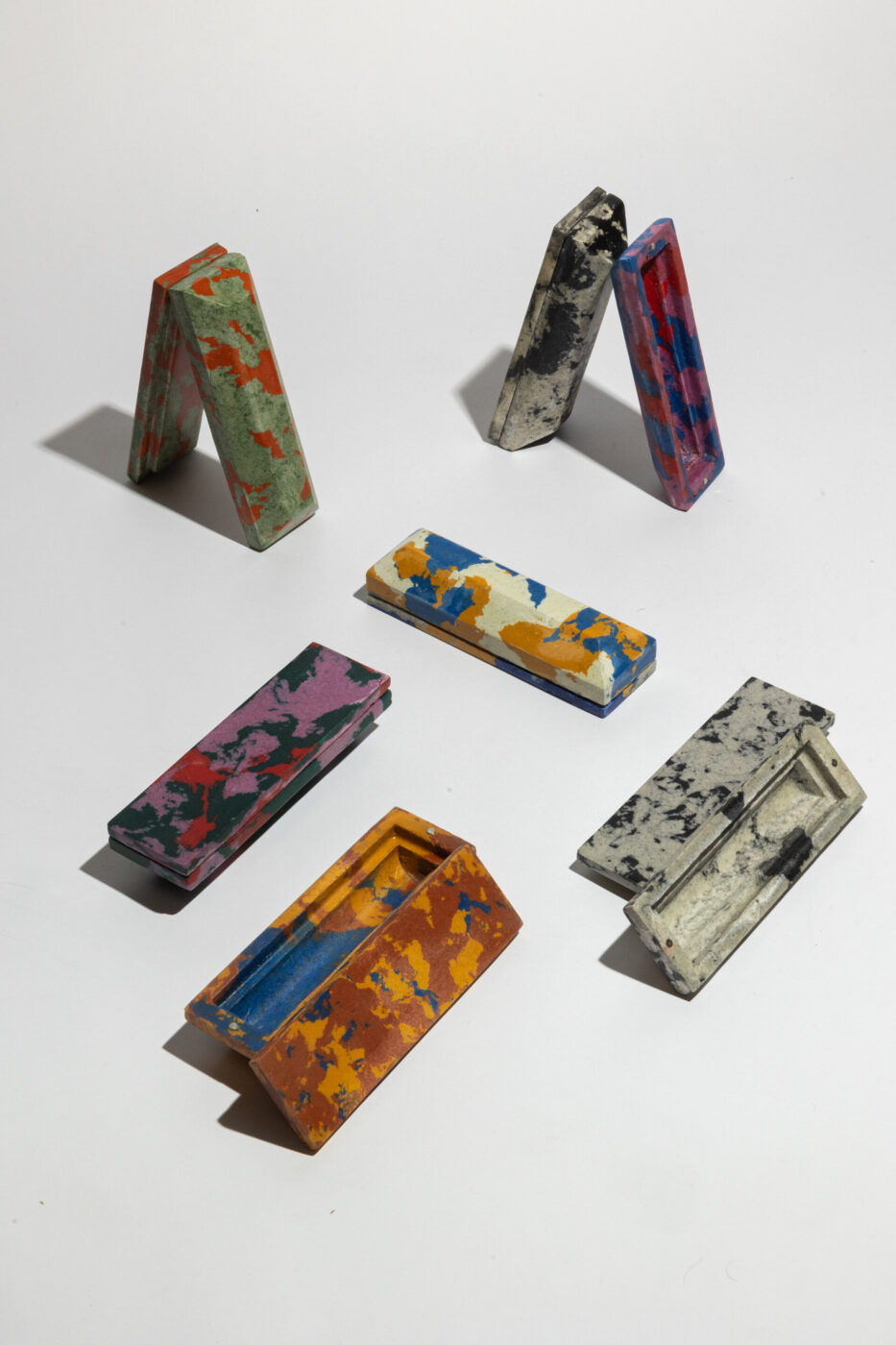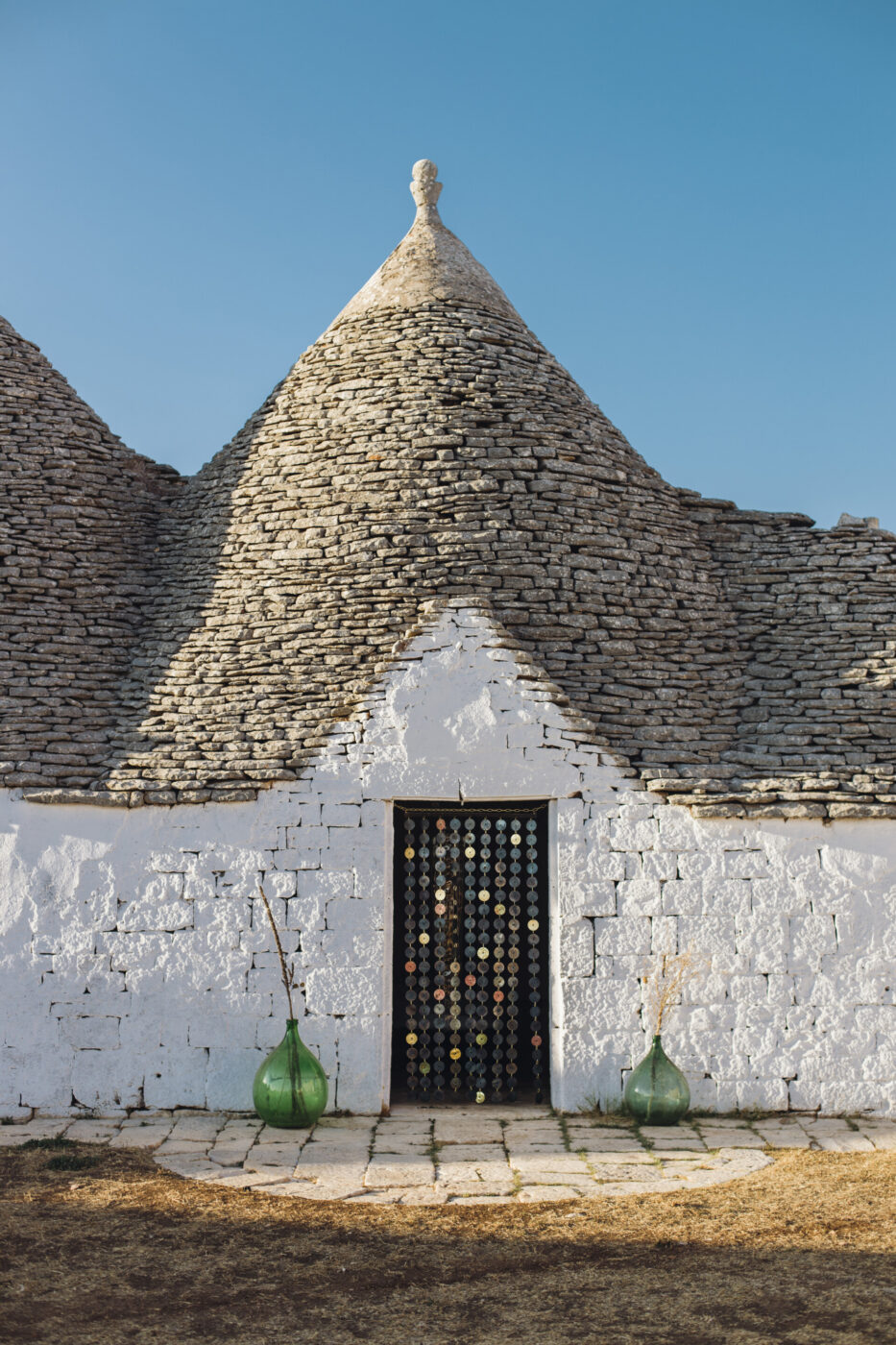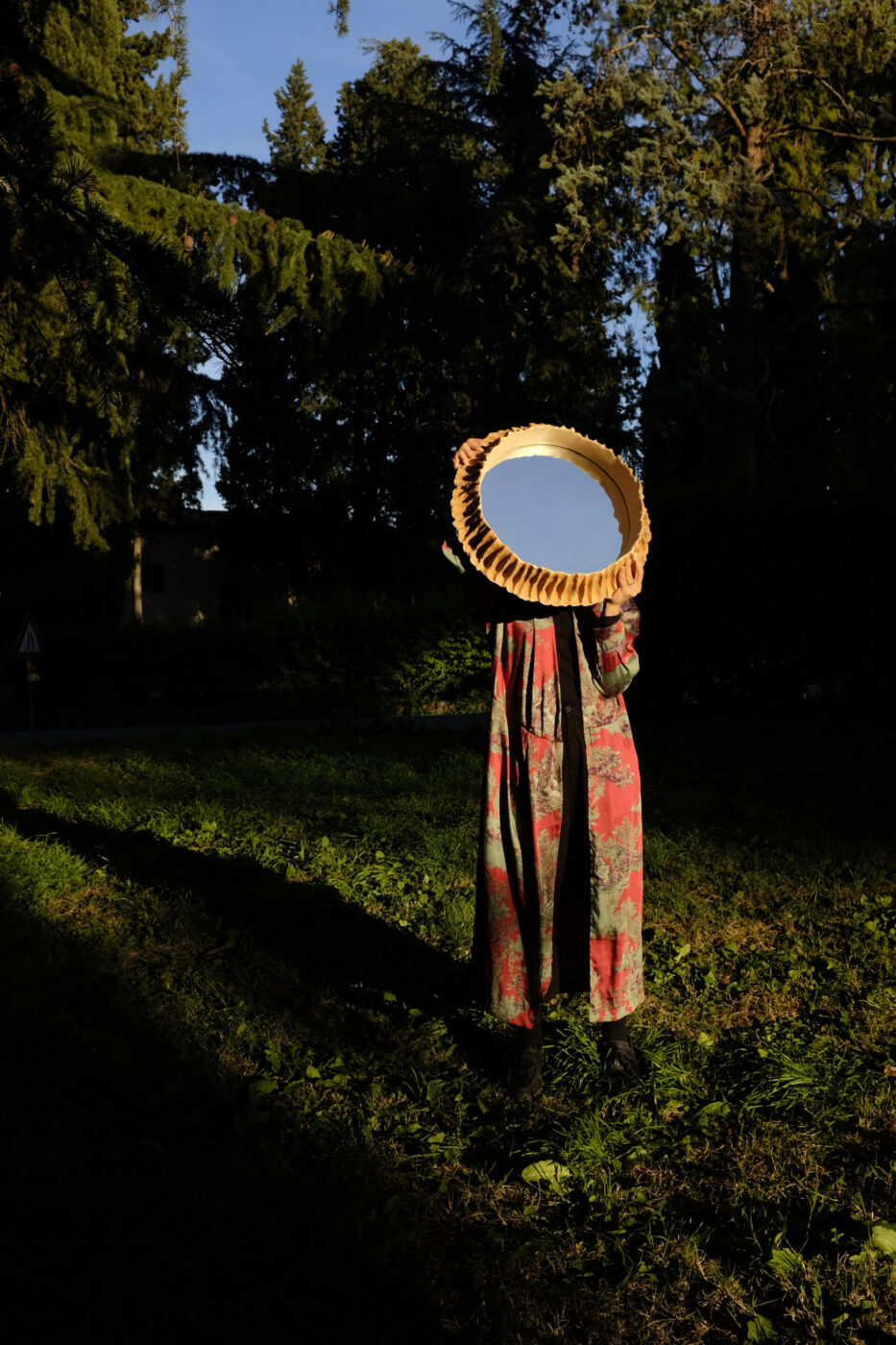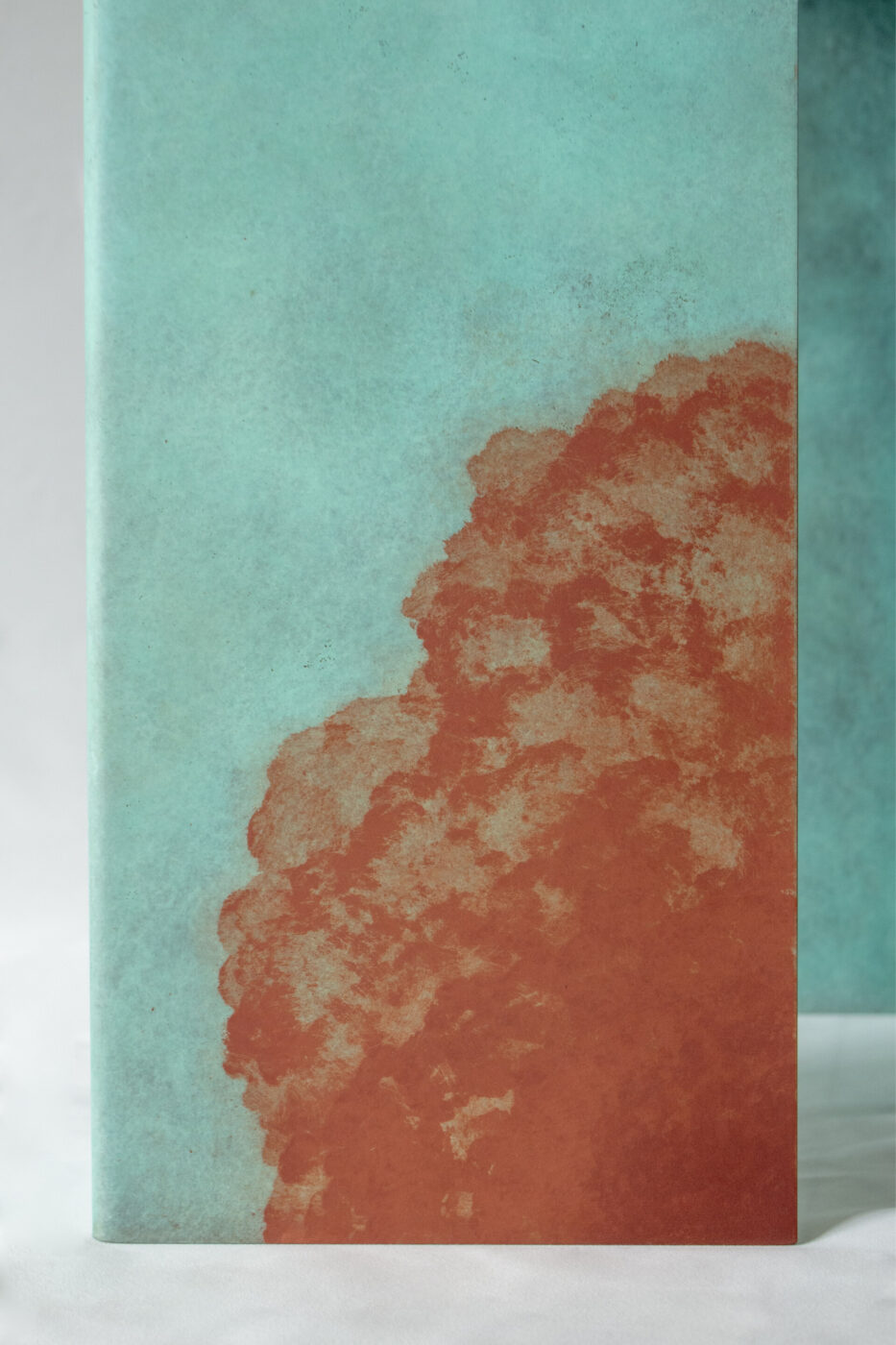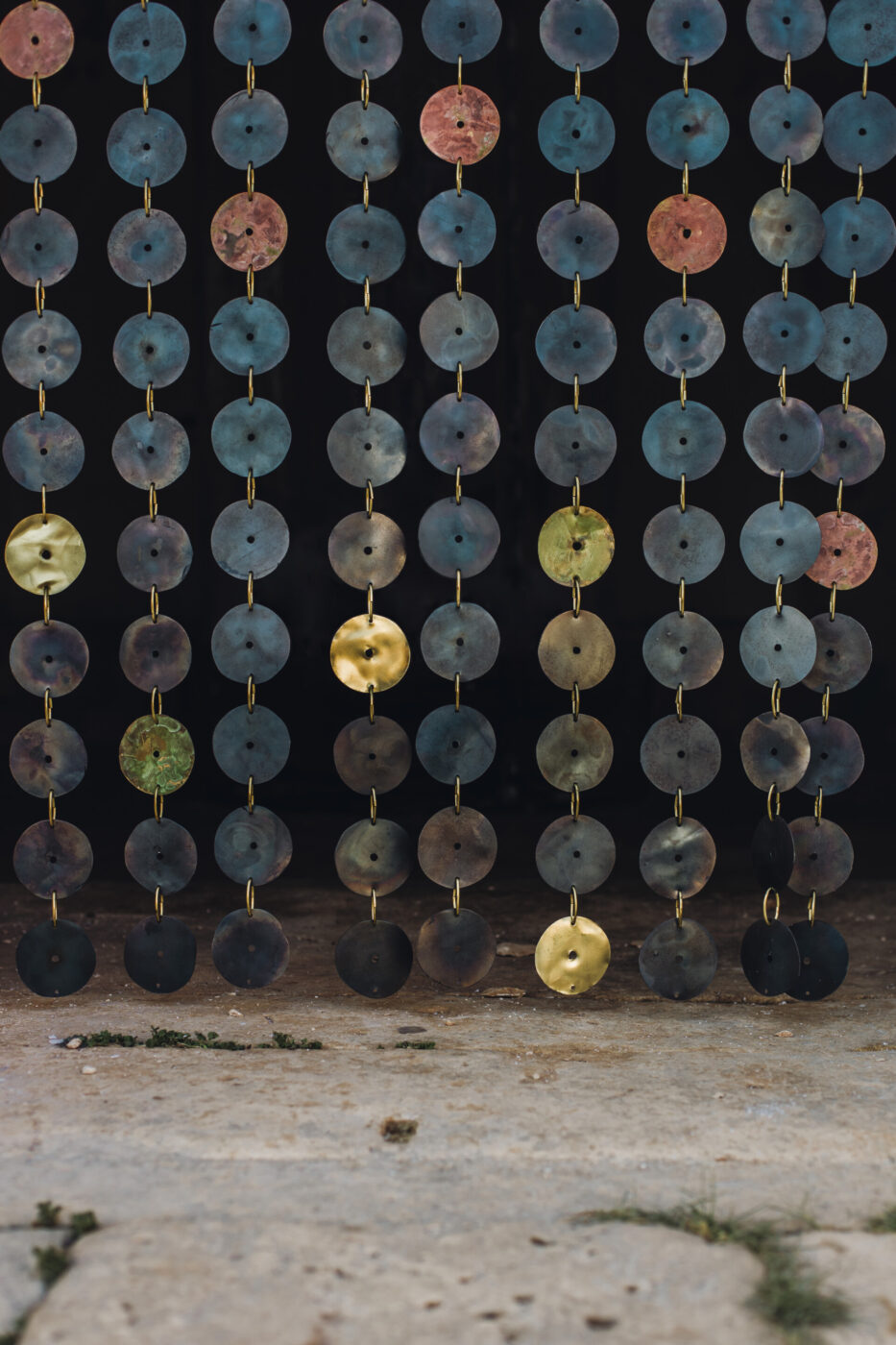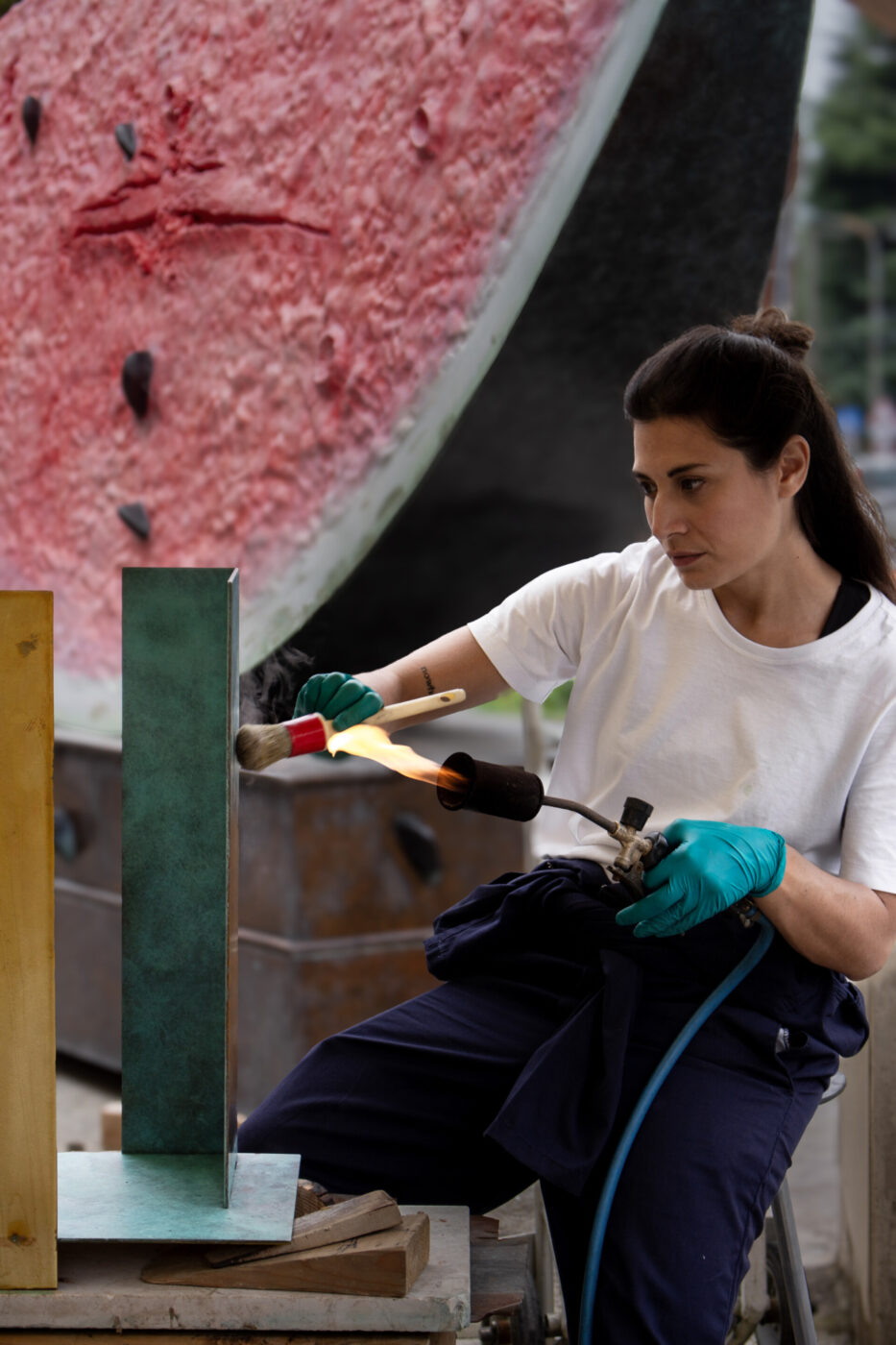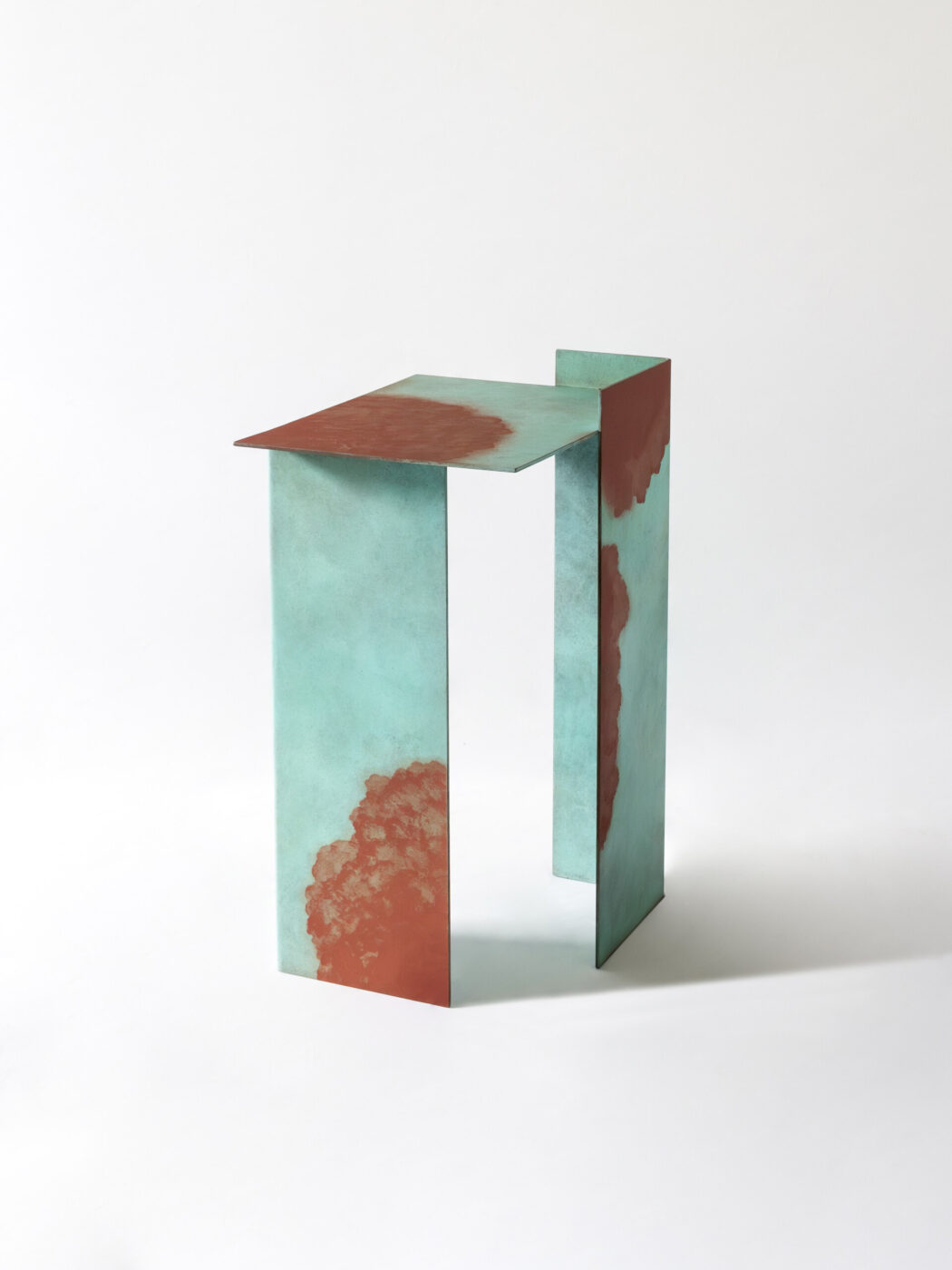Gio Tirotto
“I like to think that a designer is like a bridge that connects the idea to the final message,” Gio Tirotto writes. And in his world, that message might take the shape of the most elegant ping-pong table you’ve ever seen, a modular seating system that adapts to any space, or a cozy, sinuous armchair named Peggy.
That’s the thing about Tirotto: he’s conceptual, yes—but he’s also having fun.
For example, his GAE Table, designed for LAVA, takes its cues from the rhythm of a ping-pong rally. Designed to transform from game surface to dining table to desk, it’s “a beautiful exchange,” he says (and it’s a dream piece for Italy Segreta’s own ping-pong-obsessed Senior Editor, Anna Hirschorn). Complementing it is the Ettore Stool, a punchy little tribute to Sottsass, reminiscent of an upside-down Solo cup—and just as lightweight and stackable.
Tirotto’s practice spans interiors, installations, product design, and art direction. He’s collaborated with brands like IKEA, Seletti, Alcantara, and Manerba, for which he designed the Archiproducts Design Award-winning Super Random. The seating system features modular benches and stackable stools that can be reconfigured into radial clusters or linear arrangements, making it ideal for dynamic workspaces, museums, or even public waiting areas.
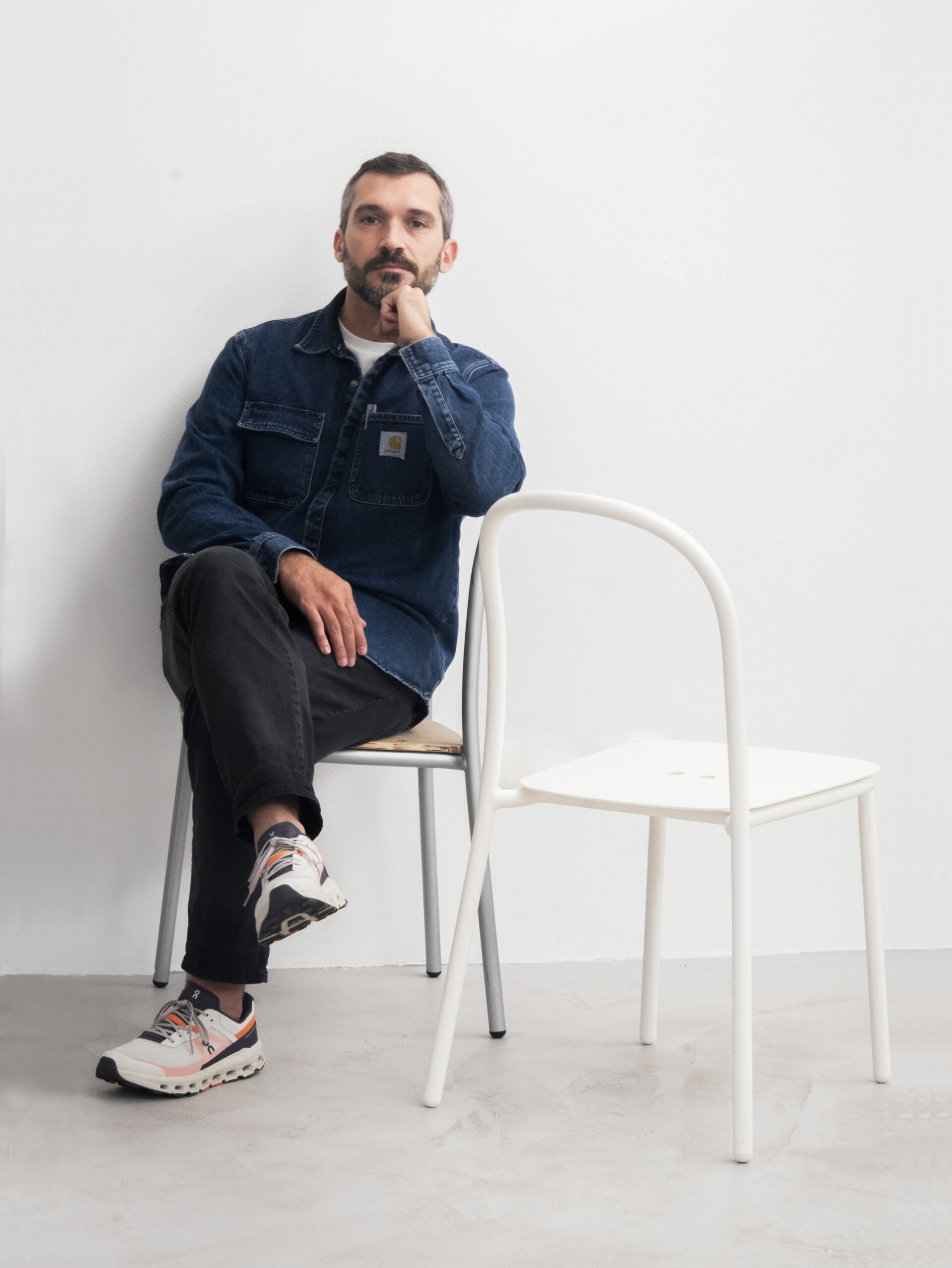
Gio Tirotto; Photo by Matilde Bettati

Partitina 0–6 Table by Gio Tirotto for LAVA
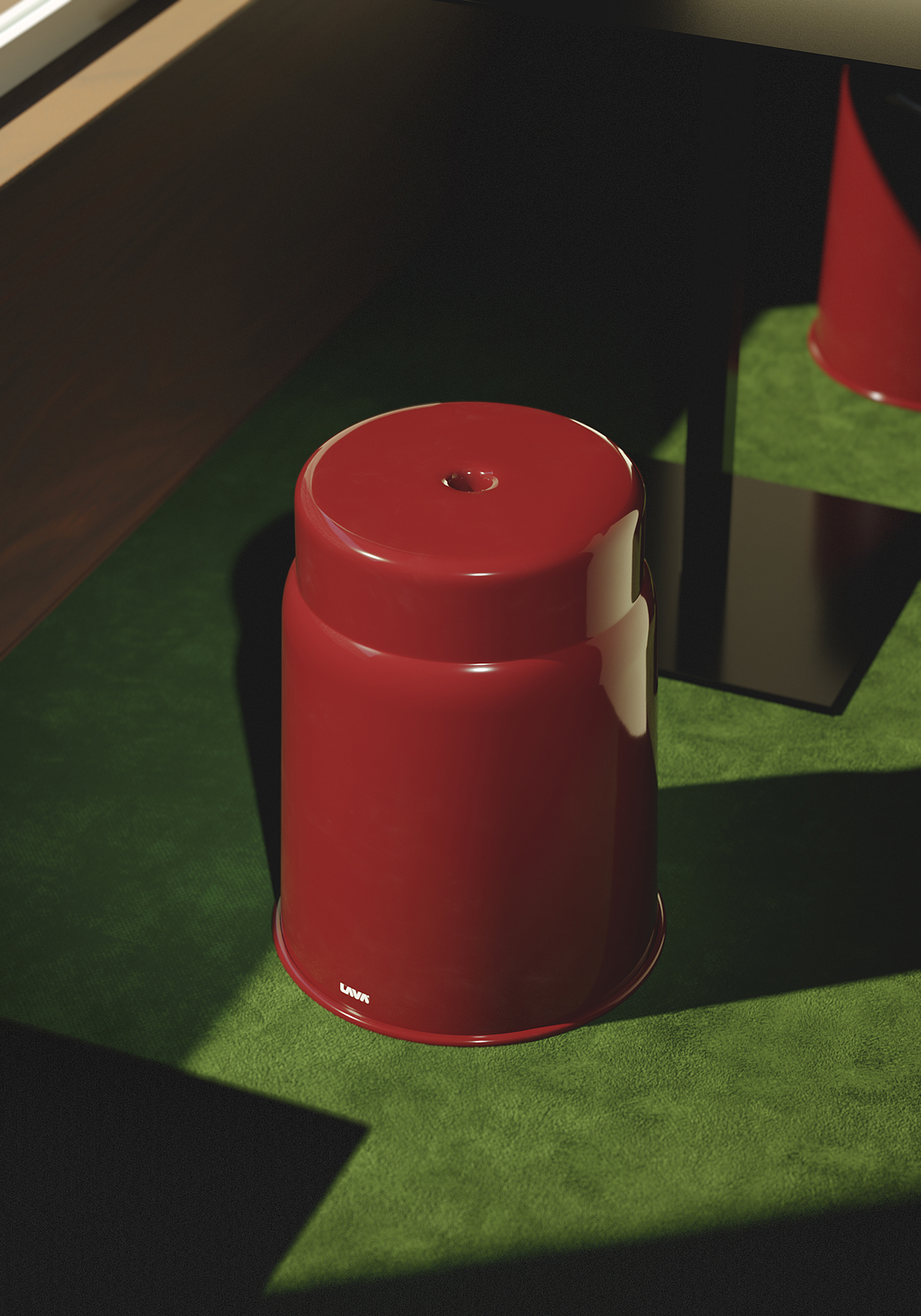
Ettore stool by Gio Tirotto
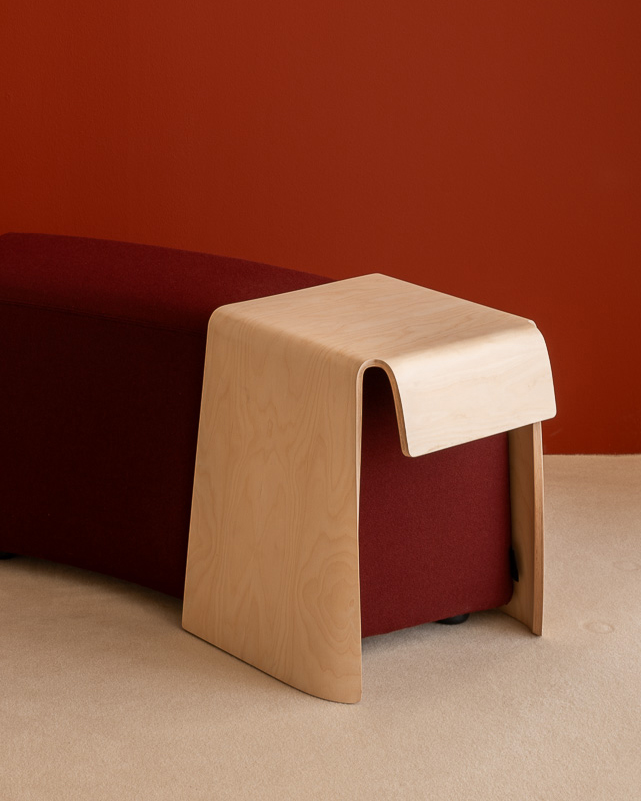
Super Random seating system by Gio Tirotto
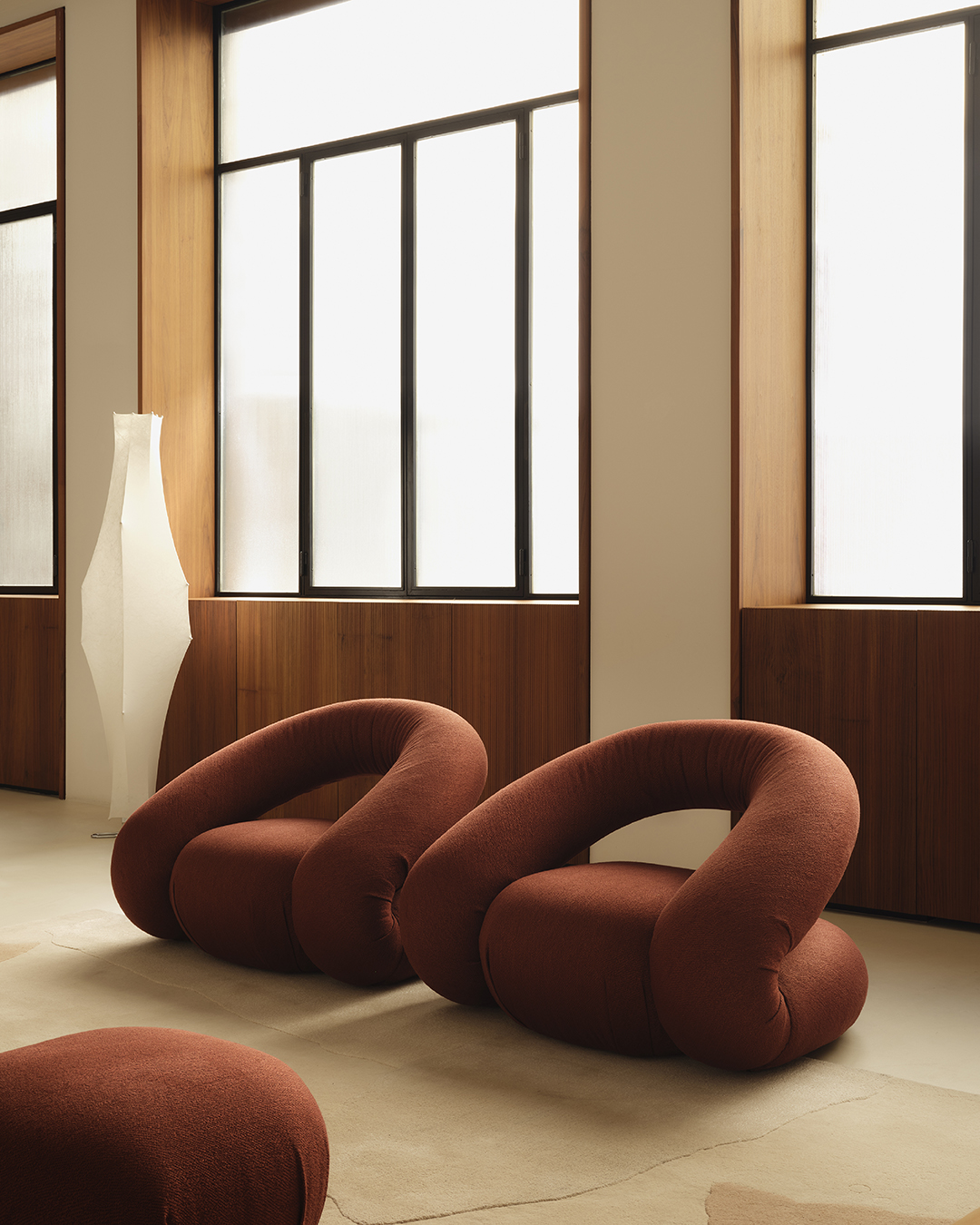
Peggy armchair by Gio Tirotto
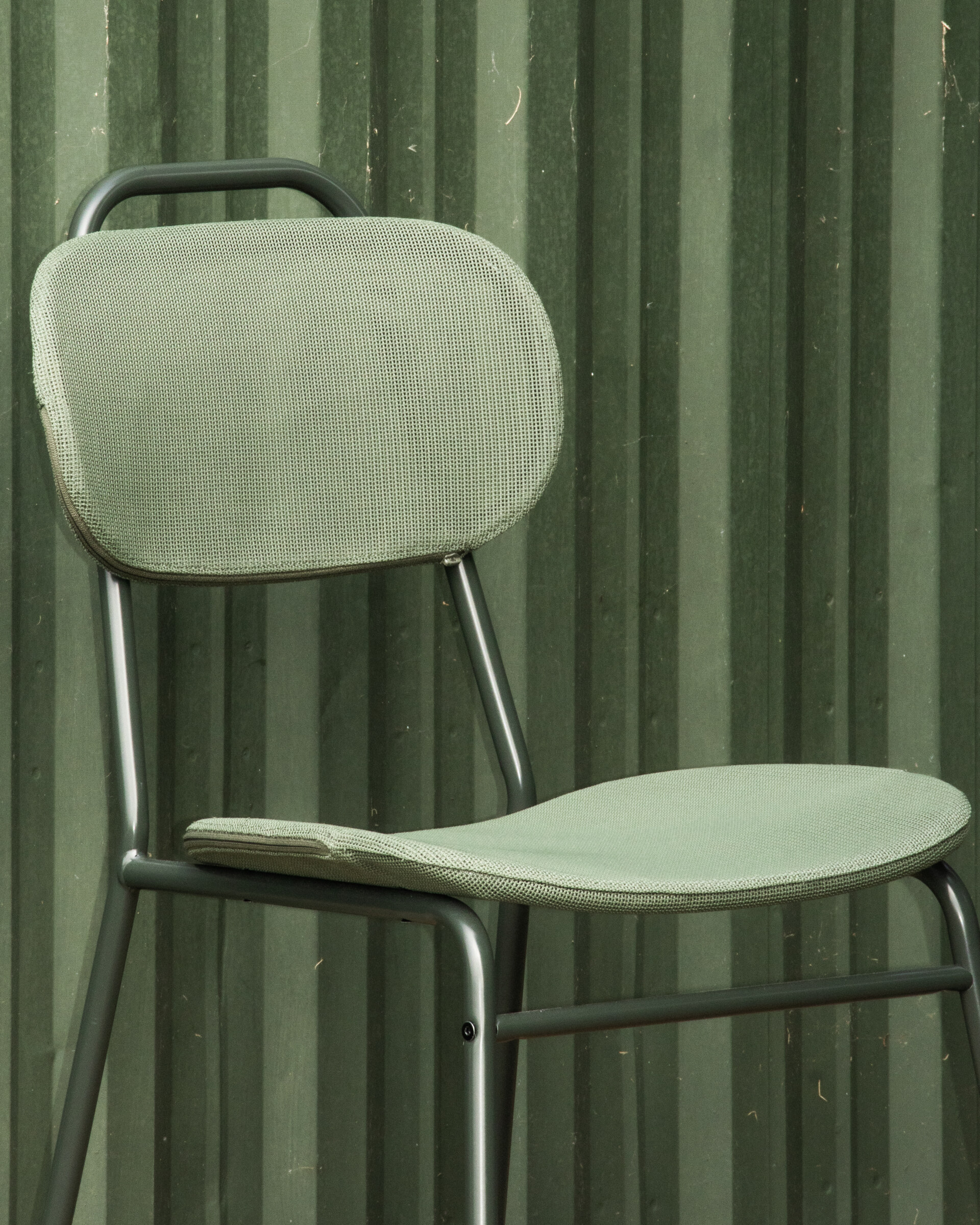
Ensholm chair by Gio Tirotto for IKEA
Valerio Sommella
Born in the Tuscan town of Cortona and raised in Milan, Valerio Sommella trained in both Italy and the Netherlands, spending time in Amsterdam before founding his own studio in 2009. Since then, he’s built a portfolio that’s minimalist in style, maximal in range—from elegant cutlery to lighting that looks like sculpture to a surprisingly chic vibrator.
He’s probably best known for his sharp, twisted Sfrido peeler for Alessi—a chrome-finished spiral of a tool that looks like it belongs in a gallery. Or his glossy figure-eight bottle for Kendall Jenner’s 818 Tequila. His Sorrento lamp for Nava nods to a trident, casting light through three prongs, while the Matrioska vibrator for Rianne S is discreet, refined, and belongs on the nightstand, not in the drawer.
He describes his output as “short stories, each with its own plot, characters, and conclusion, all unified by a consistent narrative.” That narrative is sleek, controlled, and deeply intentional. Every curve, every surface, every interface is rooted in what he calls “formal, material, and technological research.”
His work has received several major design honors, including the Good Design Award and the iF Design Award.
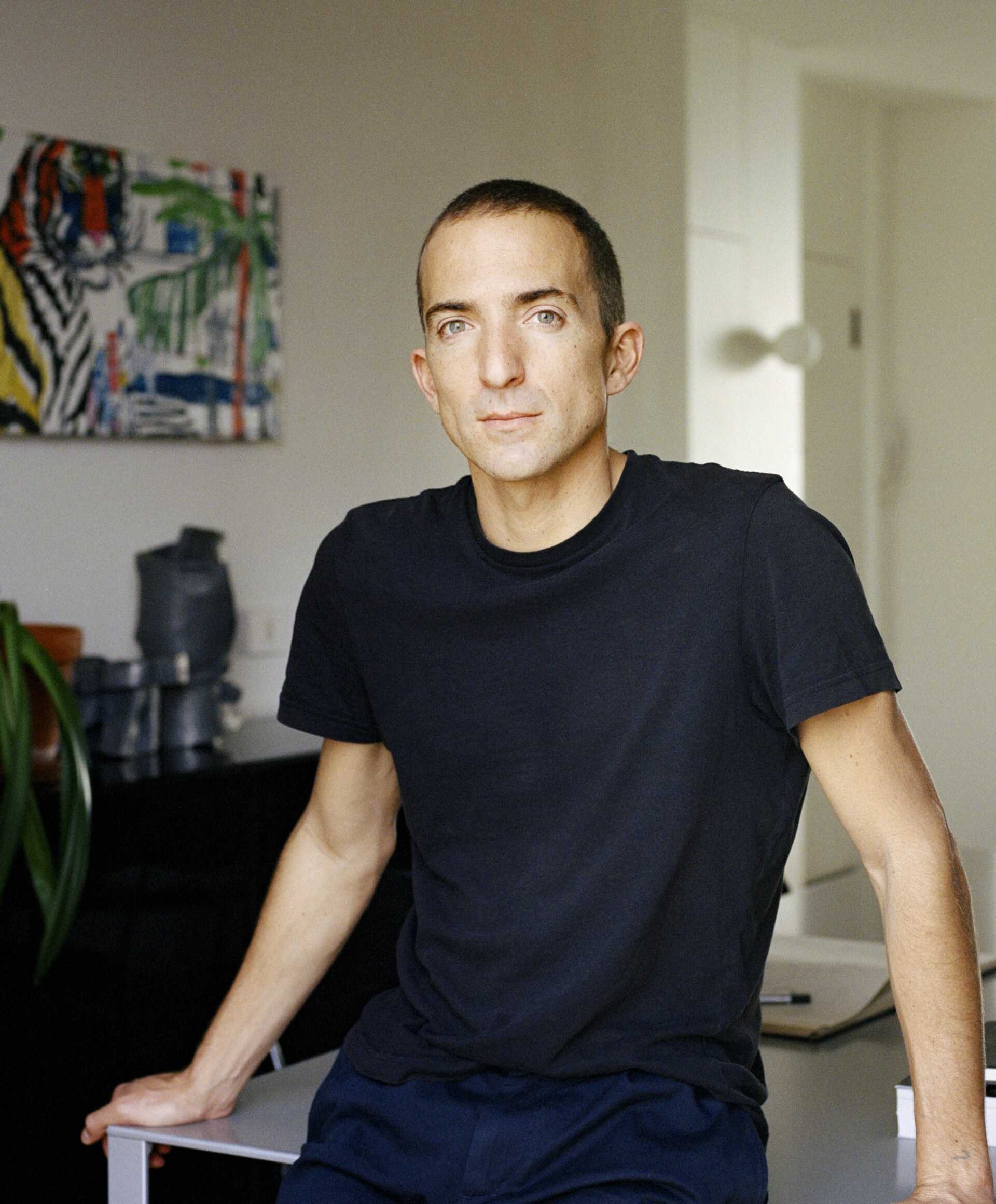
Valerio Sommella; Photo by Claudia Ferri
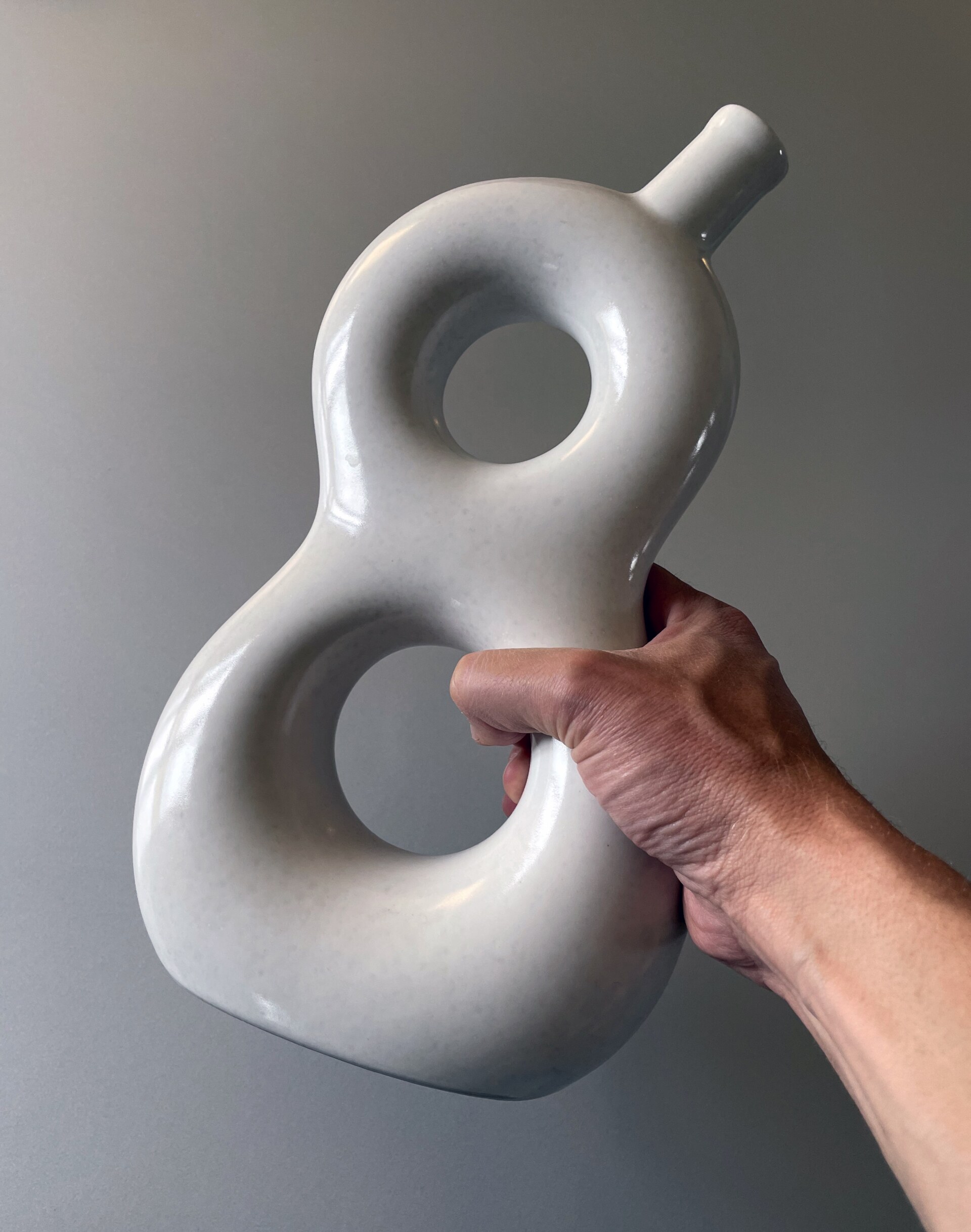
Bottle by Valerio Sommella for 818
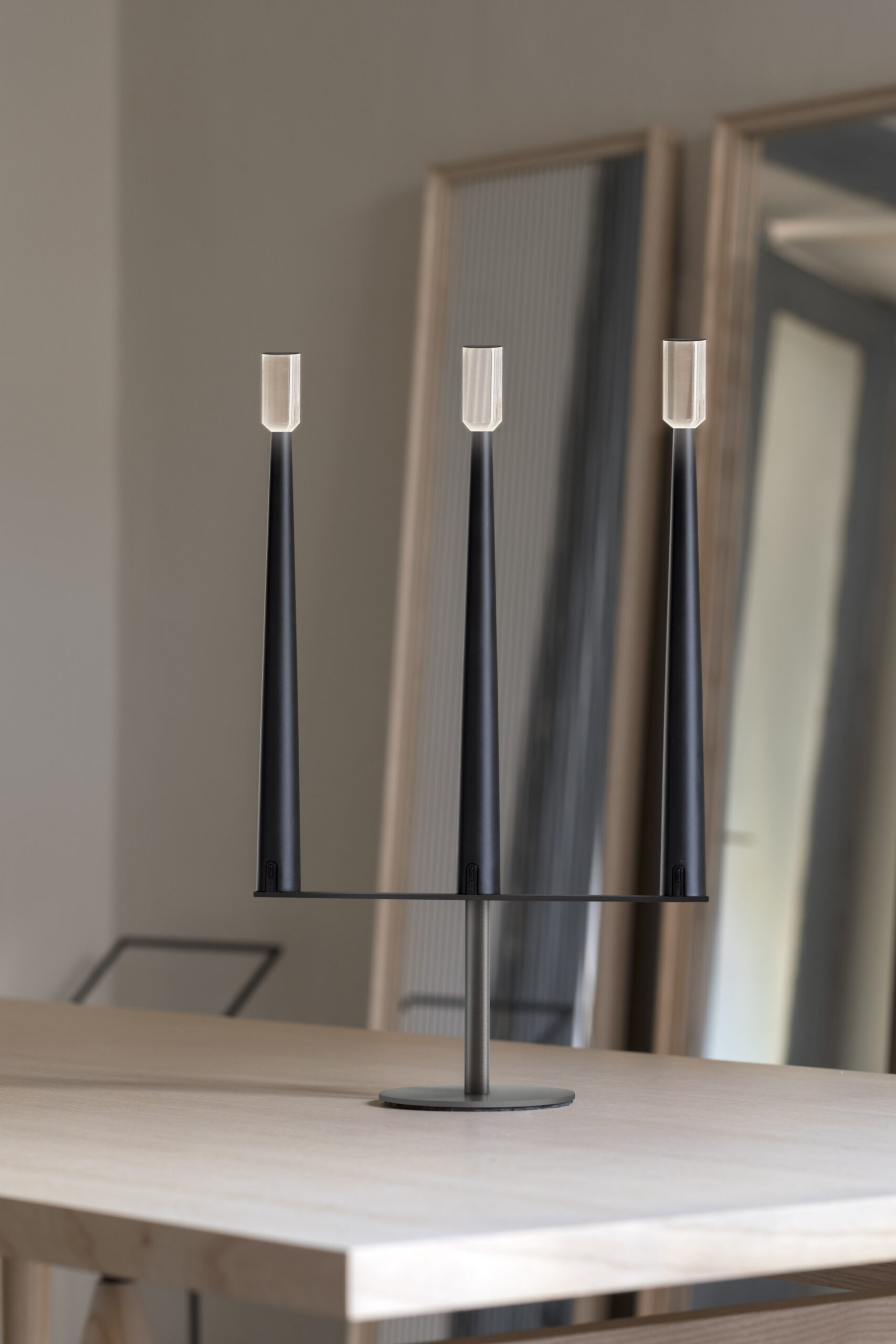
Sorrento lamp by Valerio Sommella; Photo by Marco Reggi
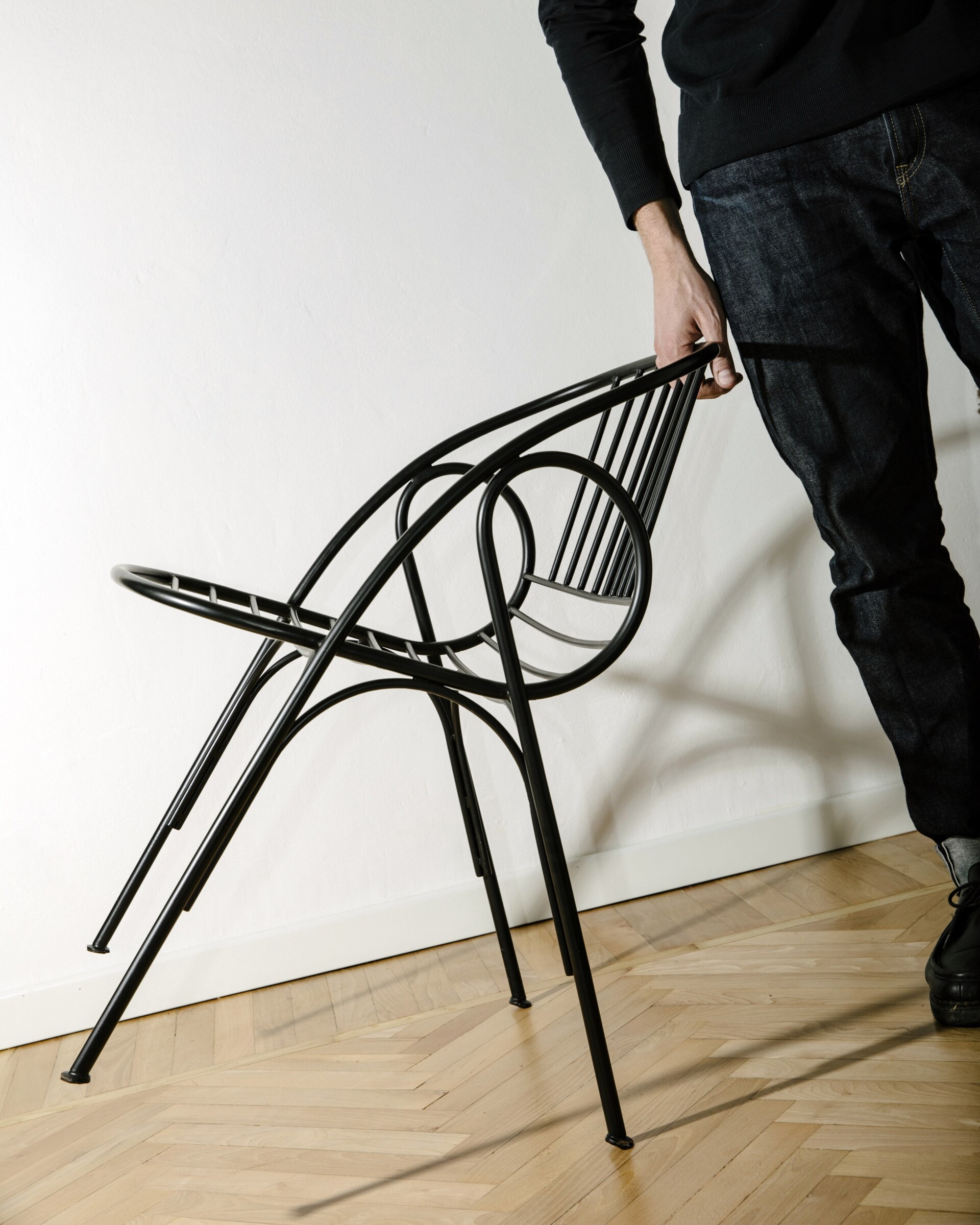
Barani chair by Valerio Sommella; Photo by Claudia Ferri
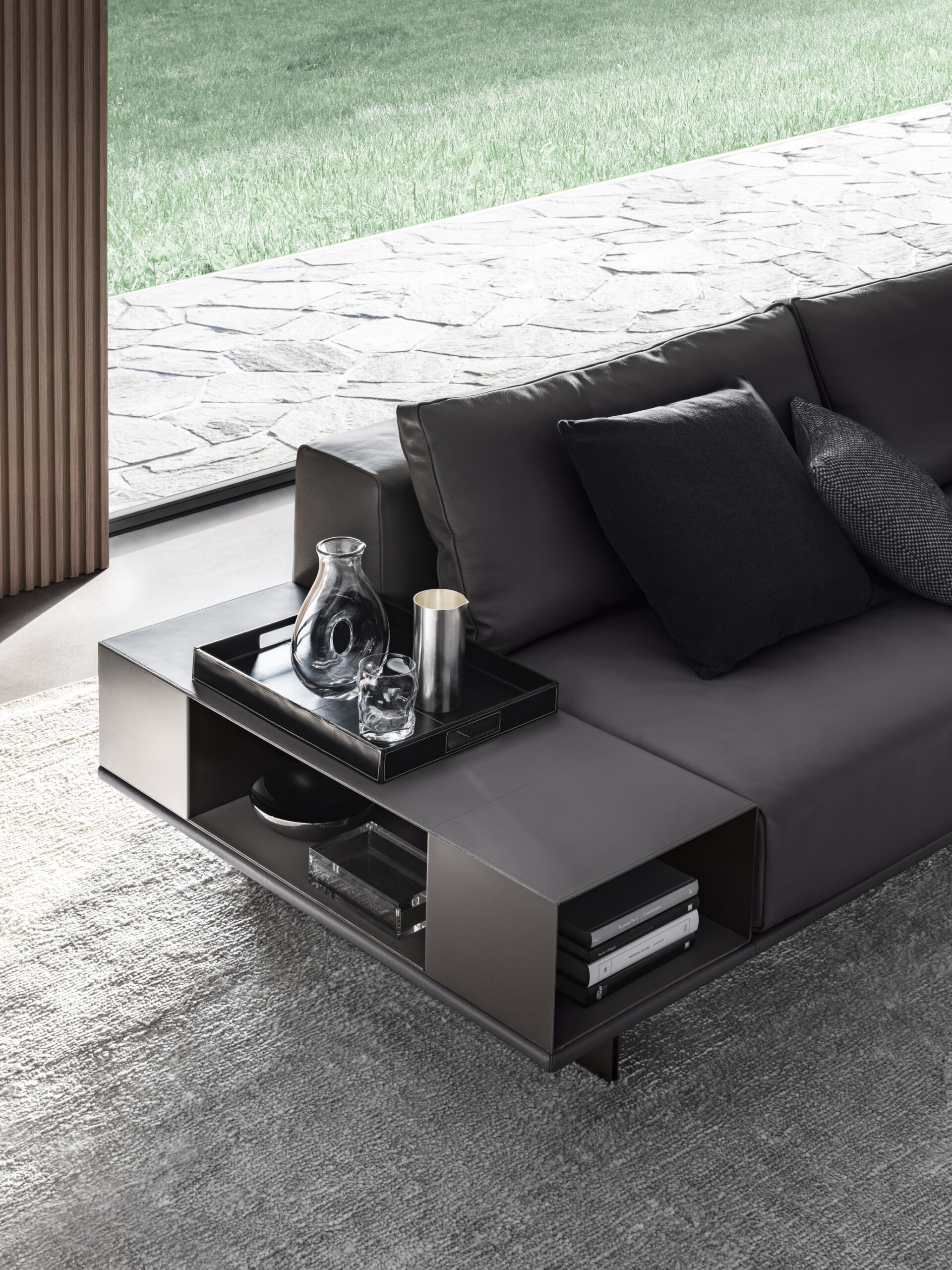
Design by Valerio Sommella
Ilaria Bianchi
With one foot in product design (ILABIANCHI) and the other in experimental craft (Temperanza), Ilaria Bianchi’s work moves between disciplines—but always returns to the same core belief: that objects matter, emotionally and ethically.
“The ethics of the studio have their roots in a fundamental belief: the sacredness of materials, the boundless potential of Italian craftsmanship, and the cultivation of emotional connections with our objects,” she tells us. Her approach is intentional, with a slow production cycle that often makes use of recycled and reused raw materials; production occurs exclusively on request.
She’s a true renaissance woman—jumping with ease between set design, interiors, and furniture, which often carries Art Deco touches. But one of her most exciting projects is Temperanza, through which Bianchi works with ceramics, painting, and weaving—techniques historically sidelined as “craft” and associated with domestic, often invisible, women’s labor. The “contamination” between these artisanal practices and “their connection with feminism and magic” is central to her work. In her 2024 collection Madre Fuoco Sorella Fuoco, for example, Bianchi revisited the domestic table as a space of ritual and feminine power. “The table has been the only place for centuries where women were allowed to express their creativity and care,” she wrote. The ceramic pieces—beautifully fluid and colorful trays, pitchers, candle holders—are hand-modeled and sculpted in white stoneware and finished with an experimental pipette-based engobe application.
“Things have never been just things,” she reminds us. “Most of the time, they embody symbolic and metaphorical values.”
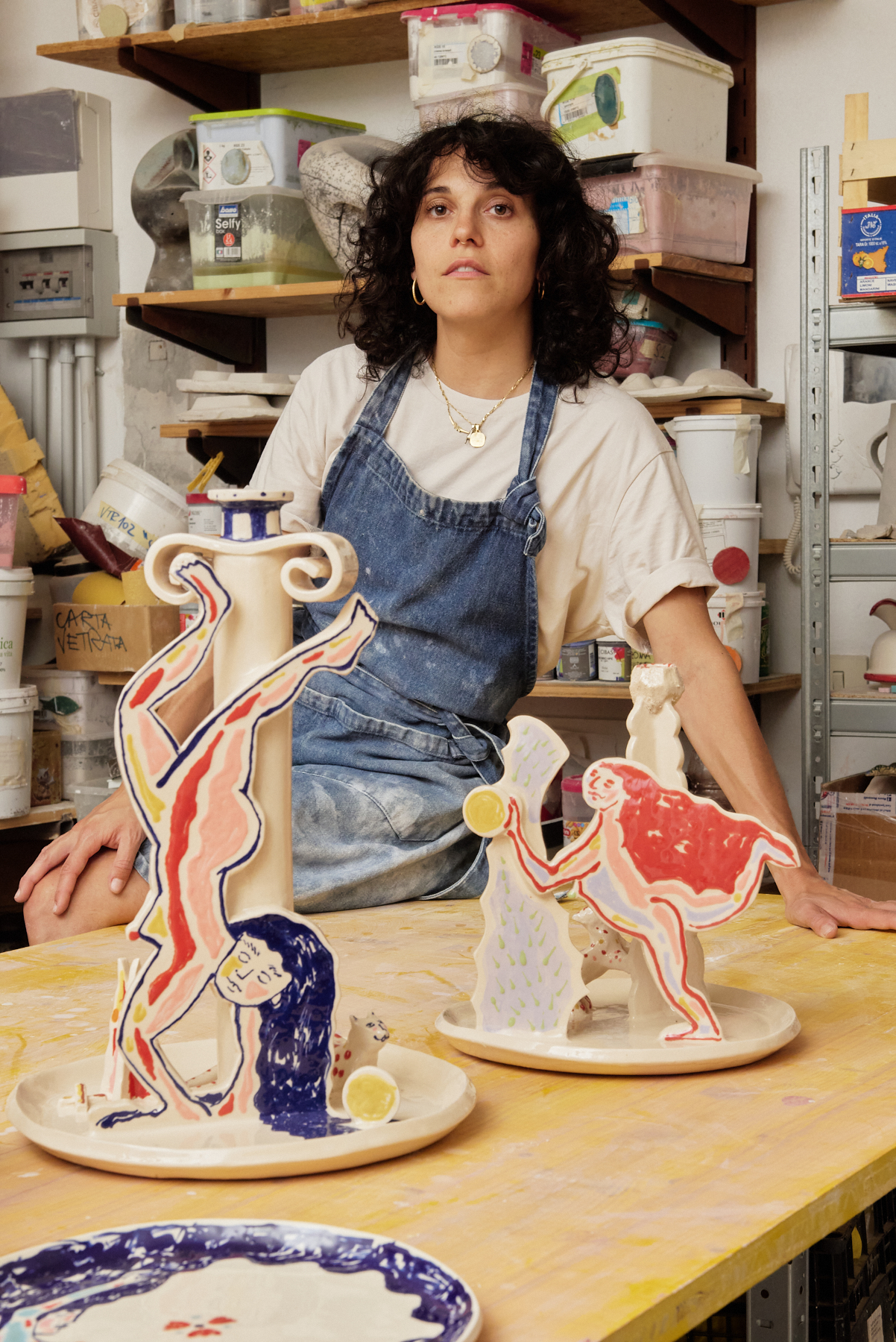
Ilaria Bianchi; Photo by Matteo Bellomo
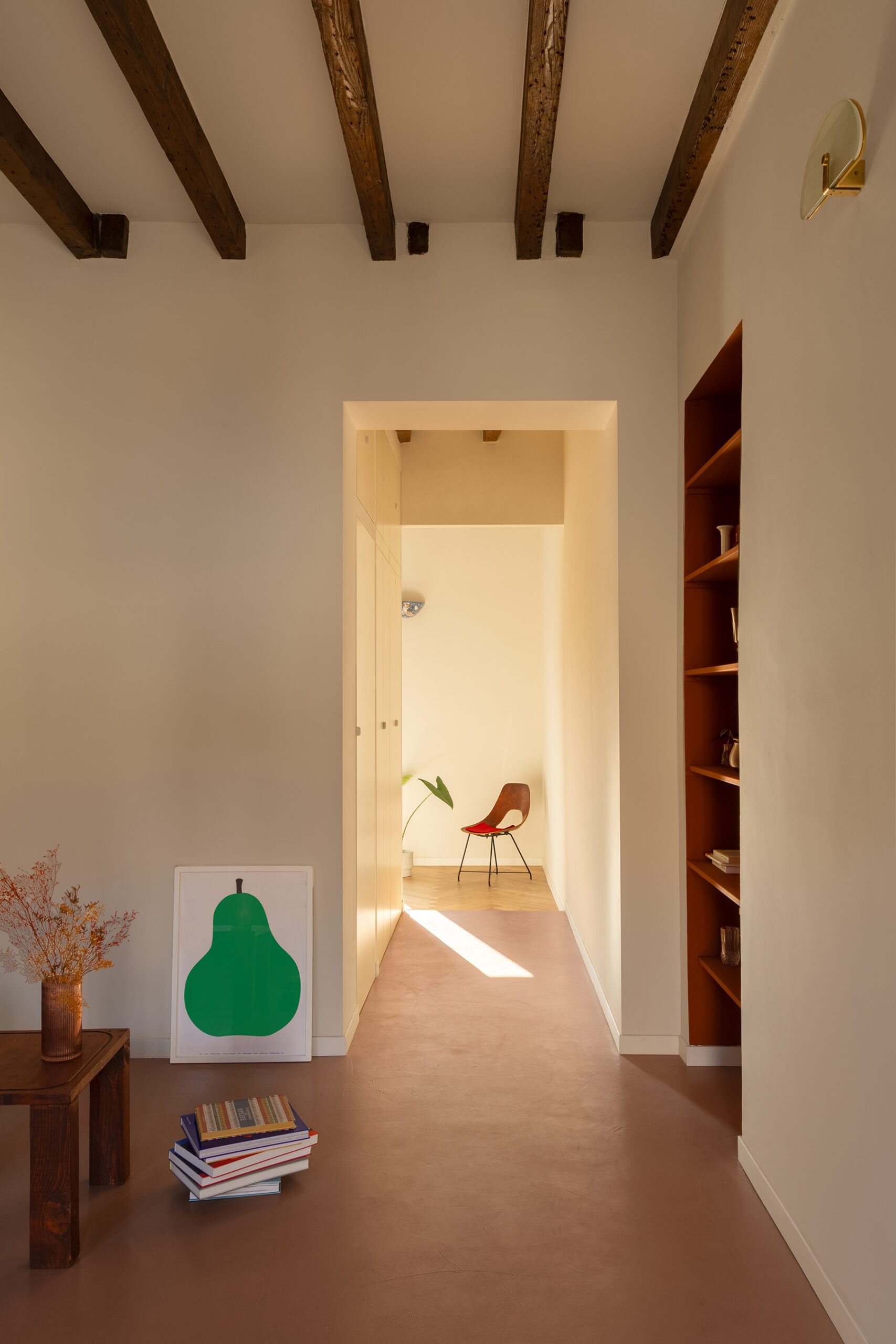
Nolo apartment designed by Ilaria Bianchi; Photo by @specchistudio
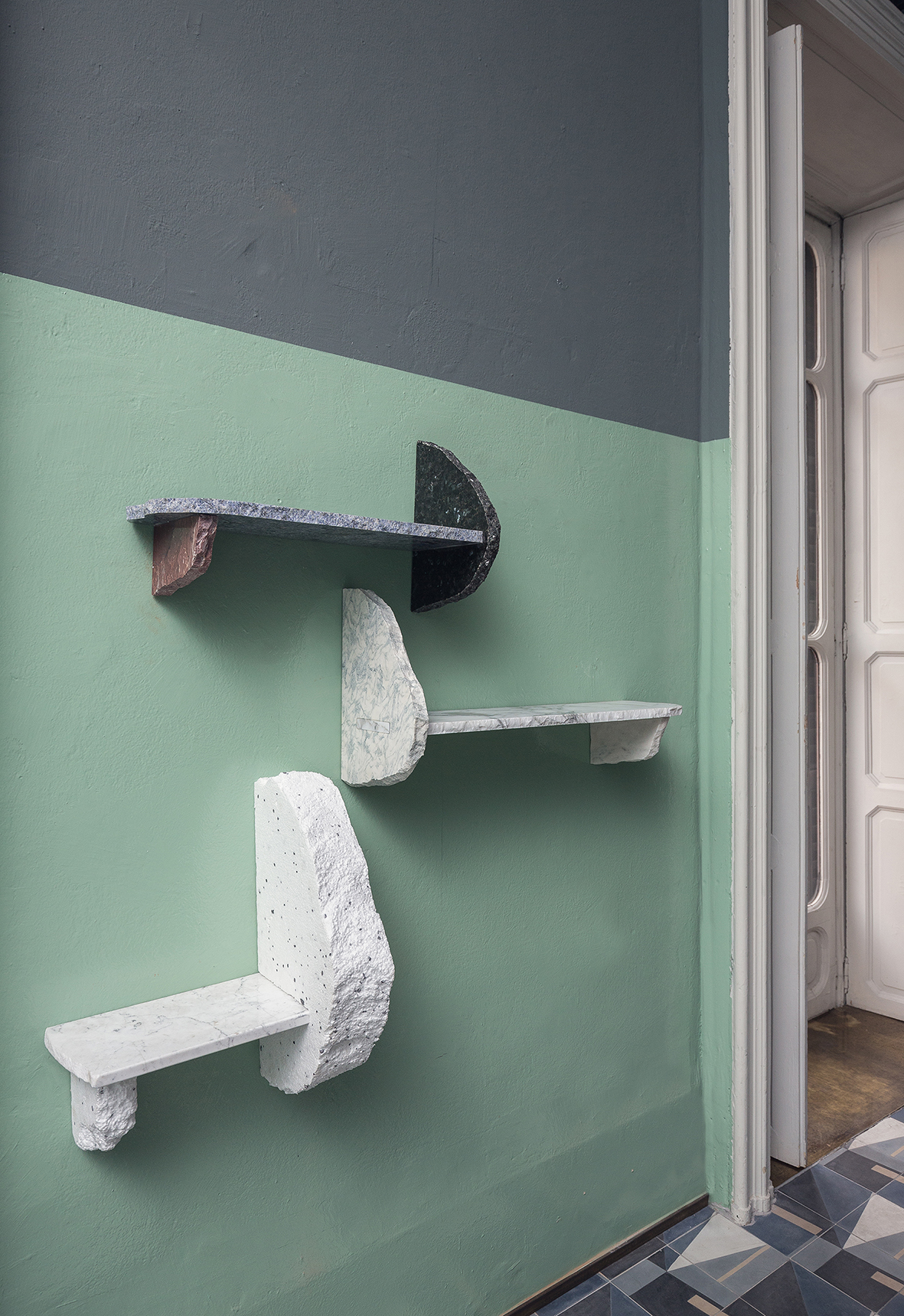
Duo Shelves by Ilaria Bianchi
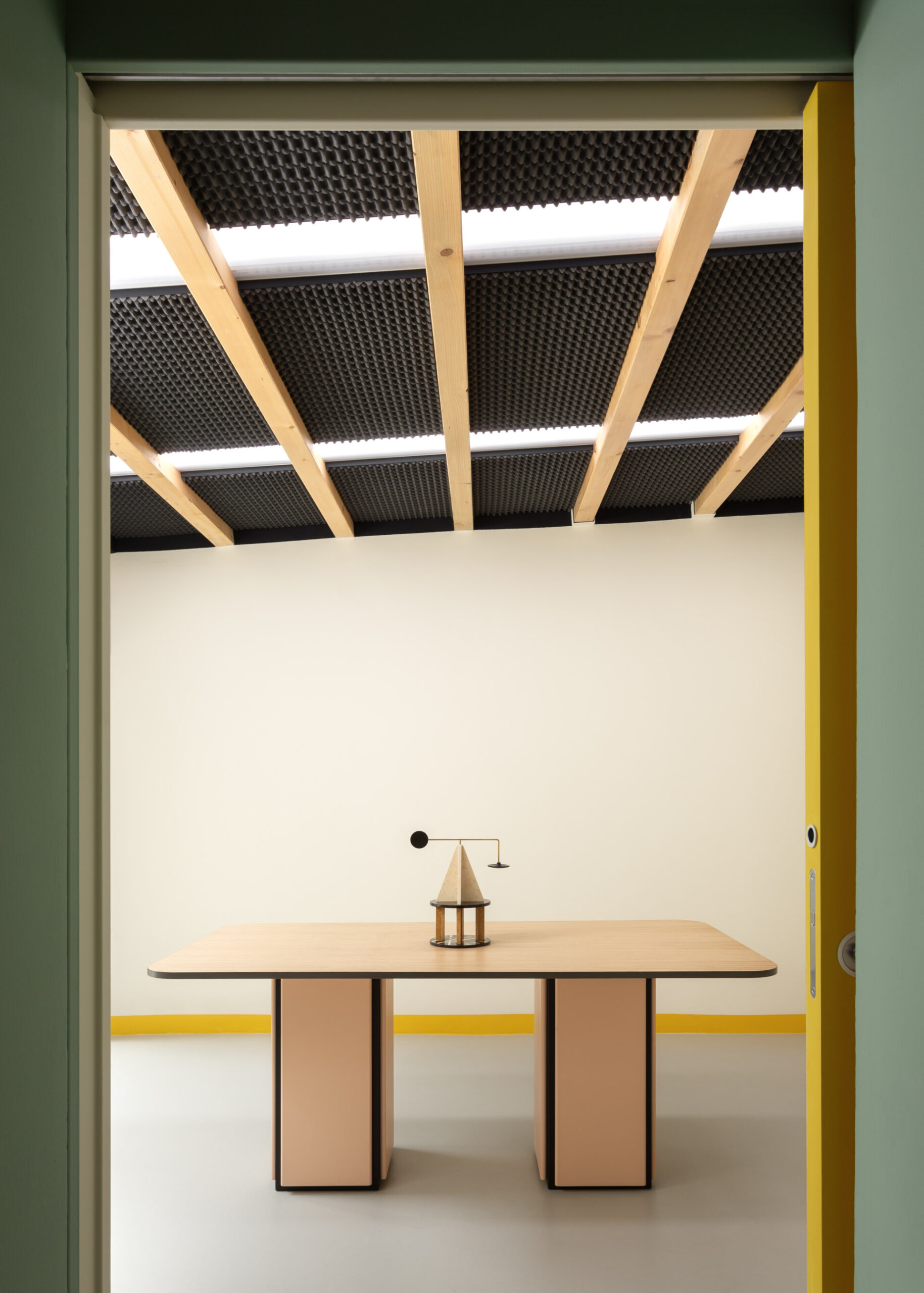
Mini Spazio designed by Ilaria Bianchi; Photo by Simone Furiosi
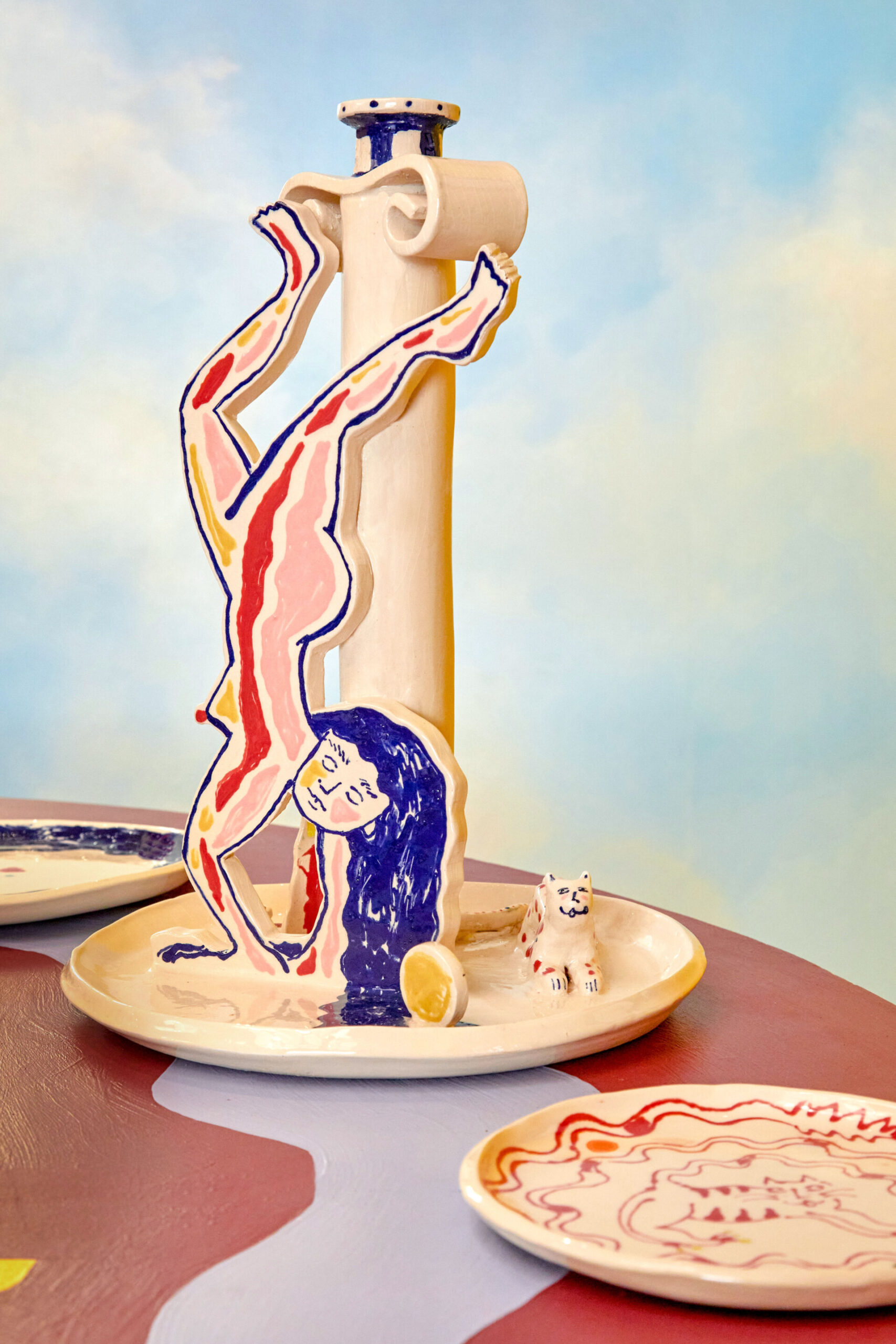
Bianchi's work at Spazio Giallo; Photo by Simon Dexea
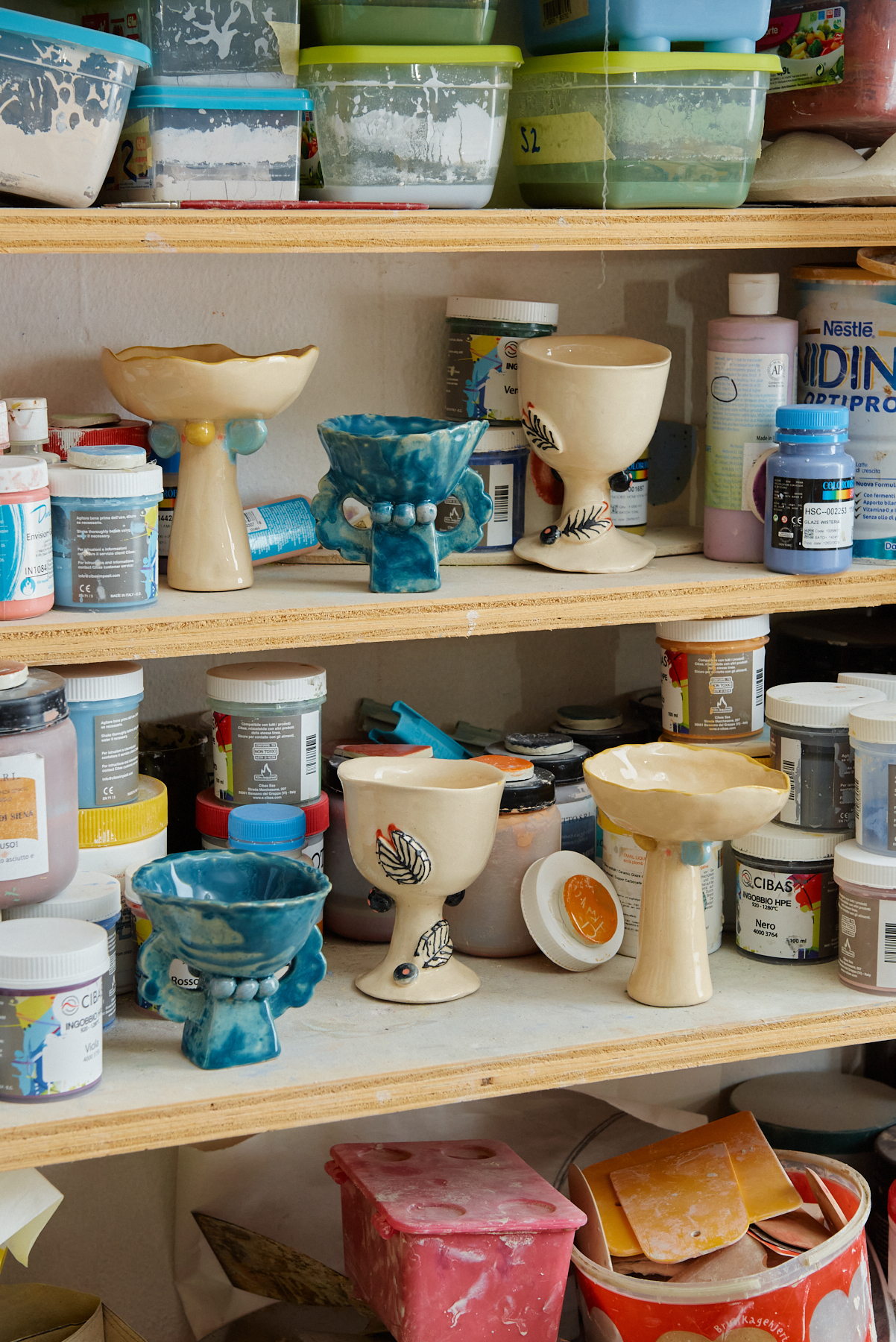
Temperanza cups by Ilaria Bianchi; Photo by Matteo Bellomo
Giuseppe Arezzi
From his studio in Ragusa, one of the jewels of the Val di Noto, Giuseppe Arezzi works on “the contemporary reinterpretation of functional archetypes that are no longer in use and the preservation of artisanal traditions,” he explains. Think of him as a kind of design anthropologist—digging into nostalgic traditions and unearthing new ways to make them speak.
Take Atrio, a wall mirror named after the reception space of ancient Roman domus. Instead of framing the reflection, the mirror is the frame—a glossy, squared perimeter surrounding a central void that reveals the wall behind it. Then there’s his Barlume lampshade. Suspended from steel and built from transparent, colored methacrylate trapezoids, it throws revelatory shadows across ceilings and walls. “Barlume is inspired by the lanterns which decorated the Sicilian noble palaces entrances and provided light at night,” Arezzi writes. Like so much of his work, it’s both grounded in tradition and gleefully off-script.
Arezzi grew up suspended between two aesthetics: “On one hand, thanks to my family, I am surrounded by contemporary spaces and designer objects,” he shares. “On the other hand, by rural worlds, countryside landscapes, and primordial simplicity.” That push-pull—between glossy and grounded—is what gives his work its friction, and its depth.
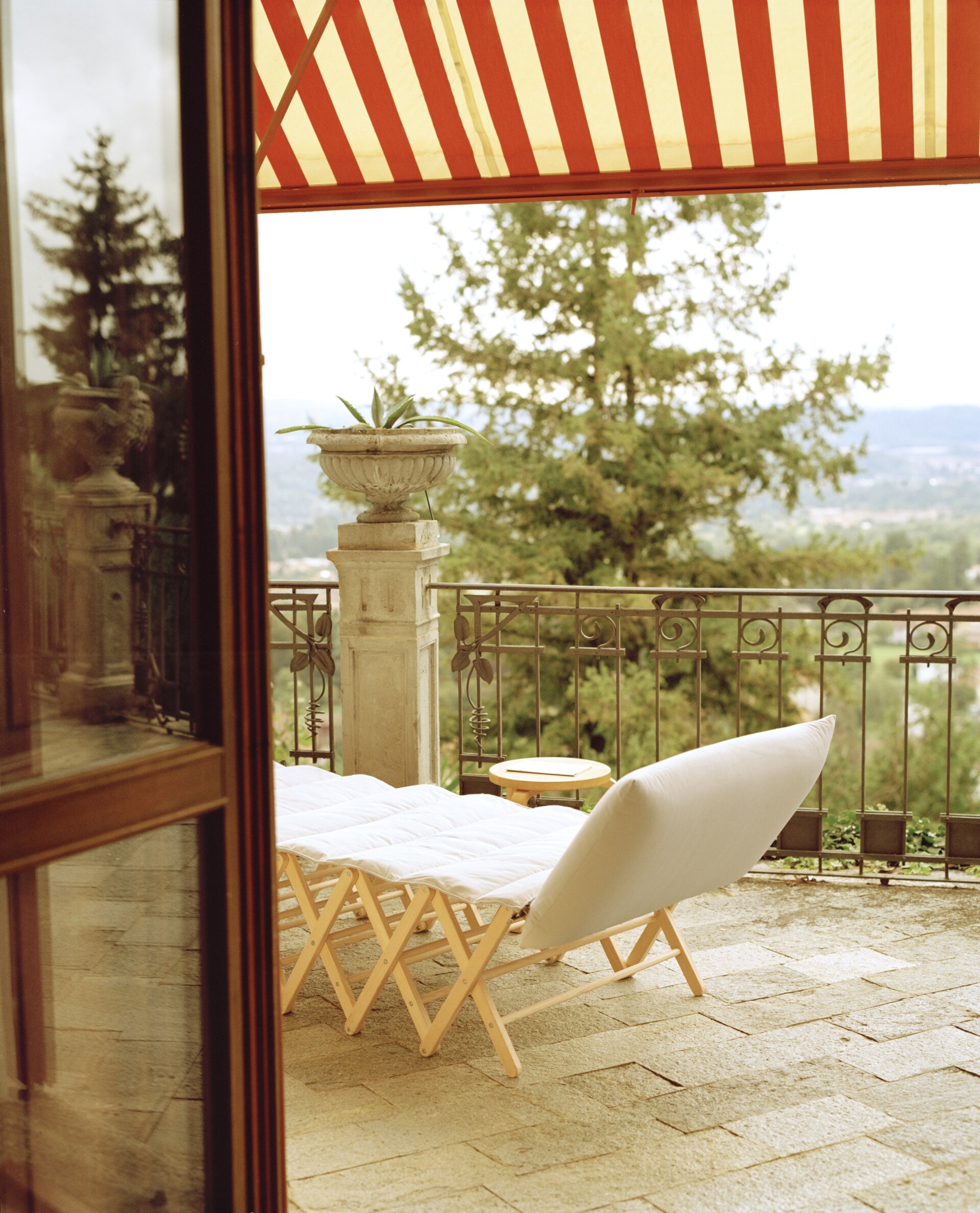
Brando set by Giuseppe Arezzi for Campeggi; Photo by Giovanni Emilio Galanello
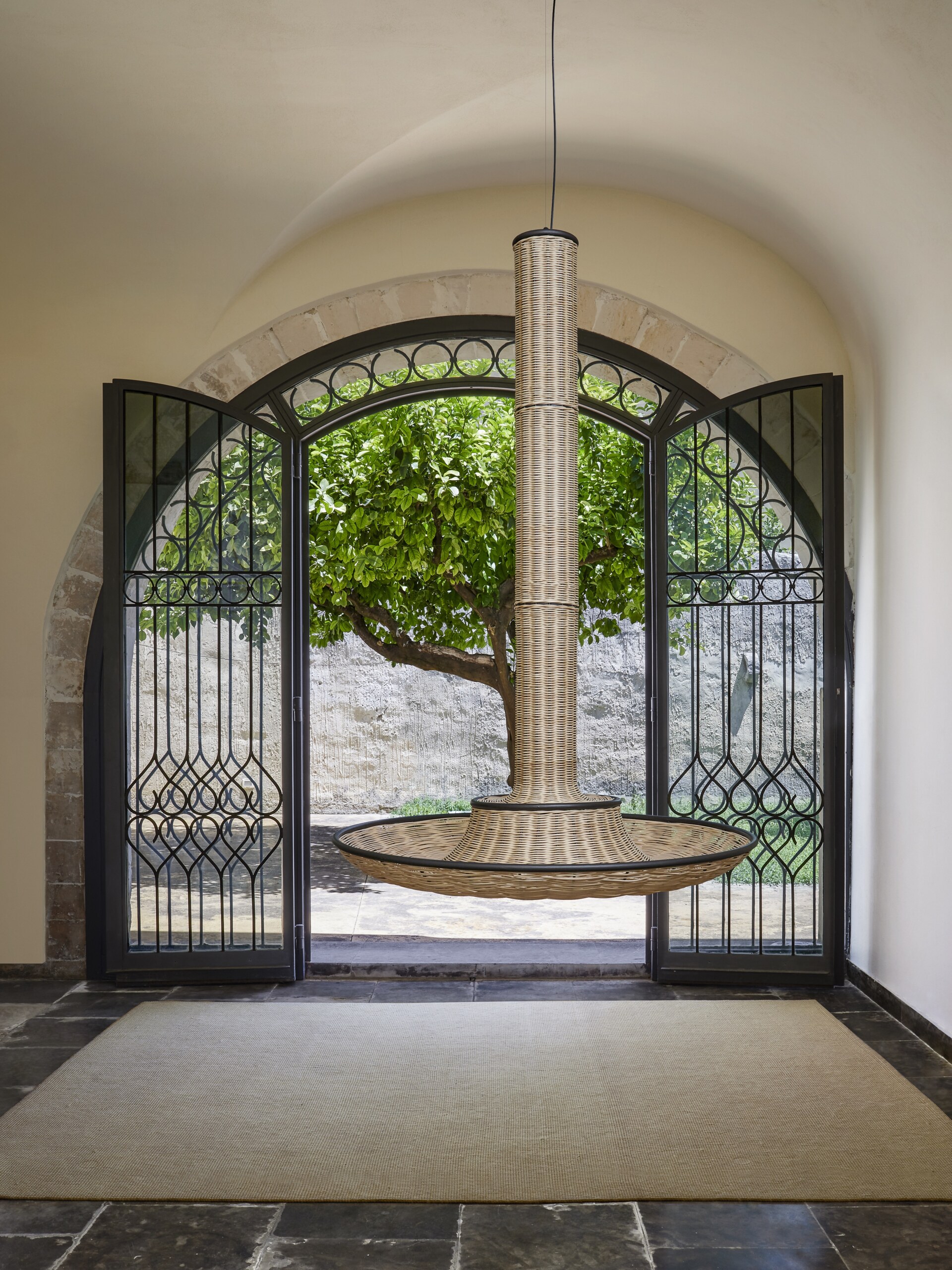
Fiscella set by Giuseppe Arezzi for It's Great Design; Photo by Natale Leontini
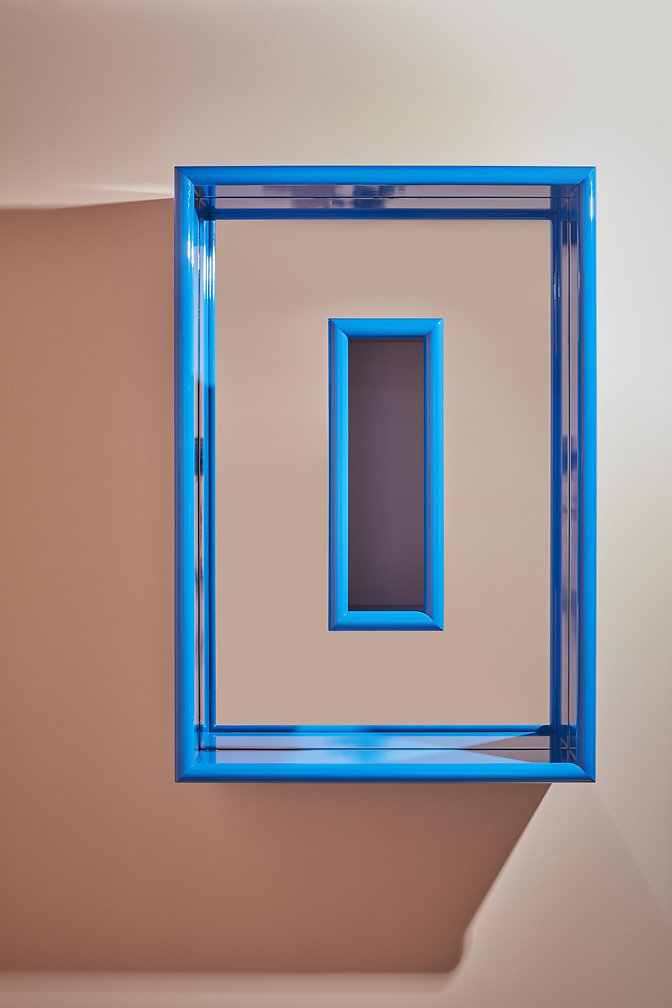
Atrio Mirror by Giuseppe Arezzi for Exto
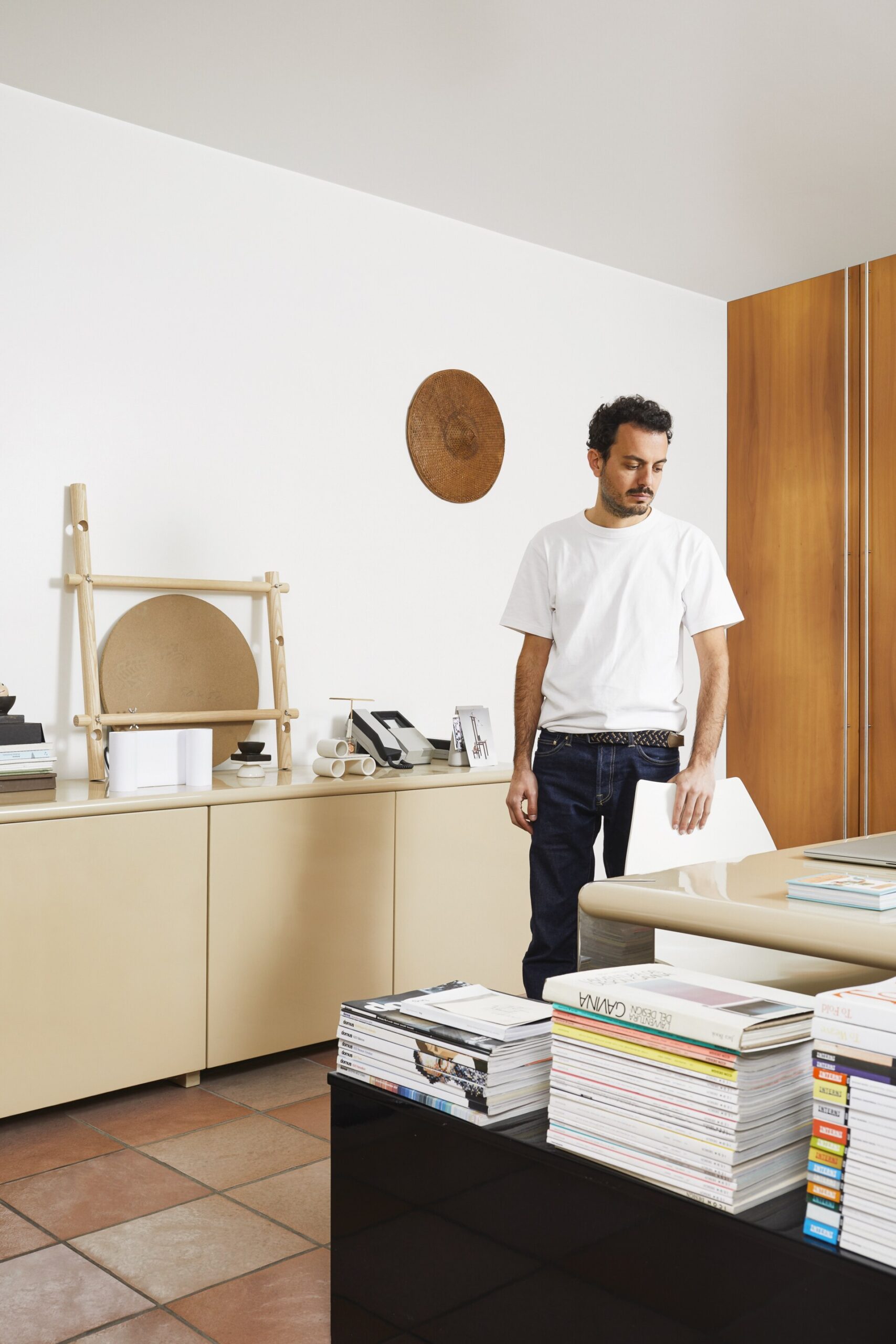
Giuseppe Arezzi; Photo by Natale Leontini
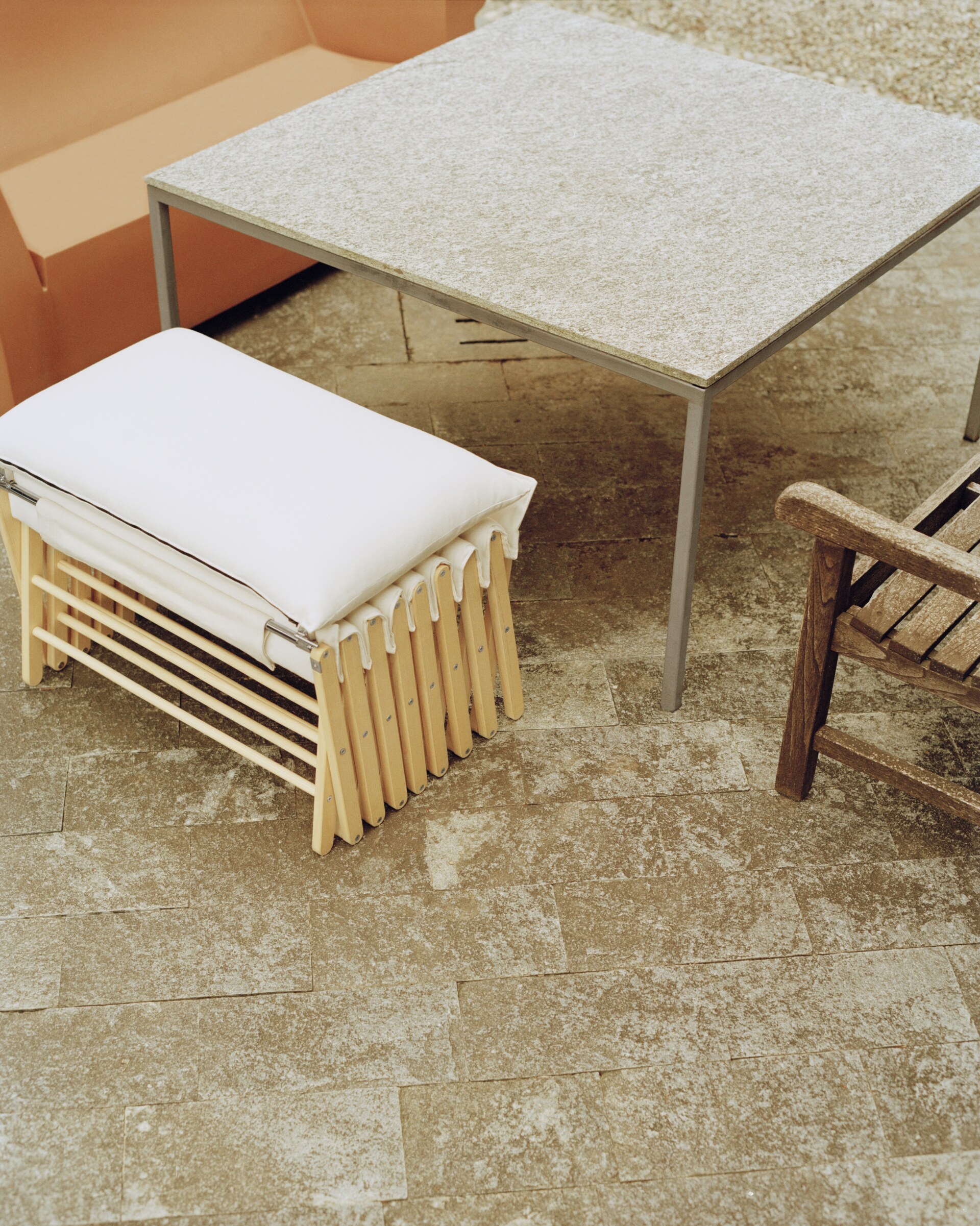
Brando set by Giuseppe Arezzi for Campeggi; Photo by Giovanni Emilio Galanello
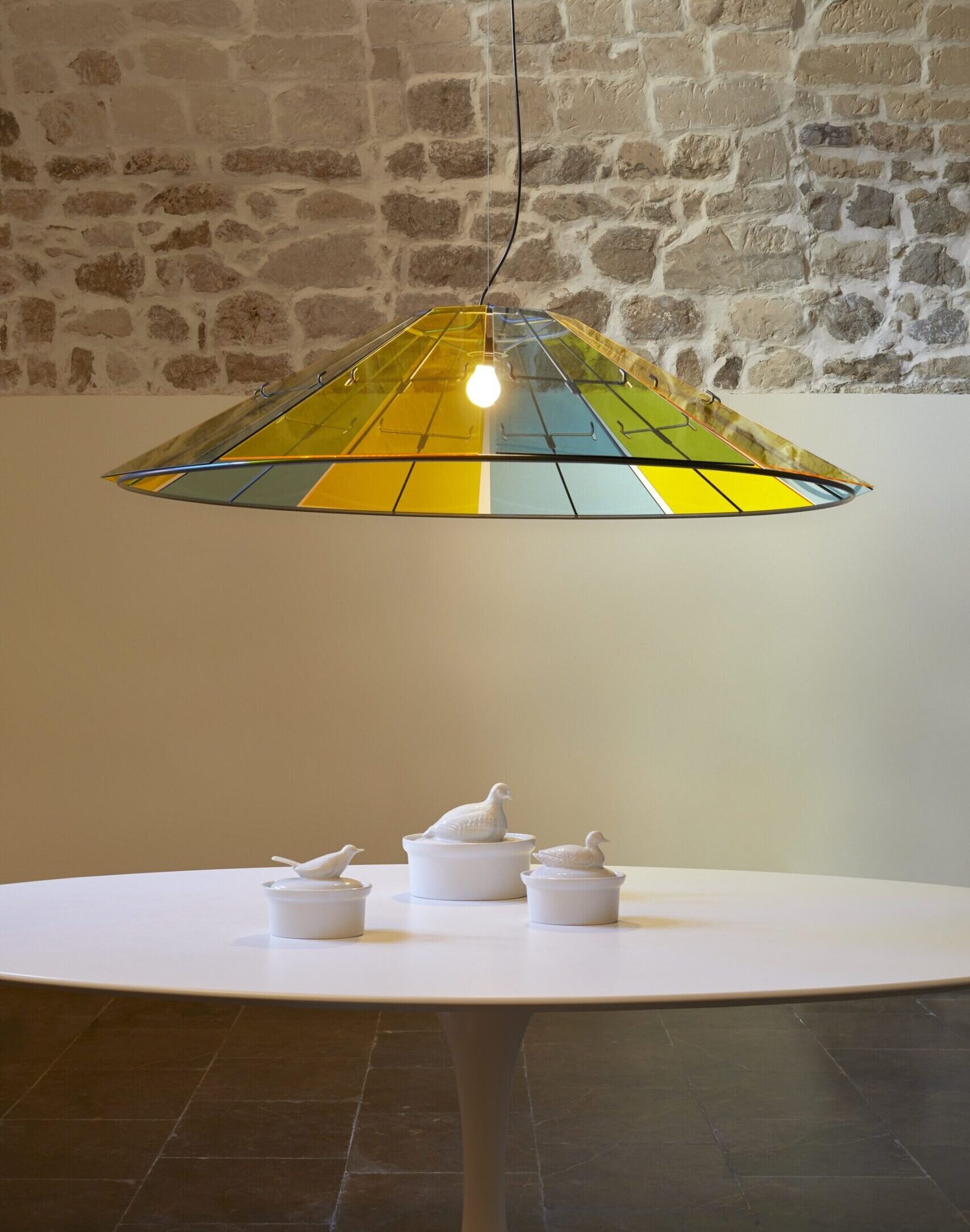
Barlume lamp by Giuseppe Arezzi for It's Great Design; Photo by Natale Leontini
Federica Elmo
“There’s no hierarchy between a house and a spoon.” That’s the lens through which Federica Elmo sees the world. “Both are design opportunities.” Born in Rome, she now lives and works between Milan and Syracuse—a move made, she says, “for love.” Love for her partner, but also for the sea, the volcano, and the raw physicality of Sicily itself. You can feel those elemental influences in her work, in the shimmer of chrome like sun on water or the volcanic curves of her wavy and conical silhouettes.
In projects like ONDAMARMO, she worked with industry specialists to pioneer 3D inkjet printing with liquid paint. The result is tables that are reminiscent of anemones, as if they grew out of a marble seabed, and onyx trays that, swirled with reds, greens, and translucent pinks, look like they were shaped by the tides.
Her focus on material, however, isn’t just about looks or innovation; she’s also guided on moral principles. “My interest in second-hand materials and found objects is not aesthetic,” she notes. “It is more about an ethical way of recovering overlooked resources and giving new life to waste, offcuts, or second-choice materials.”
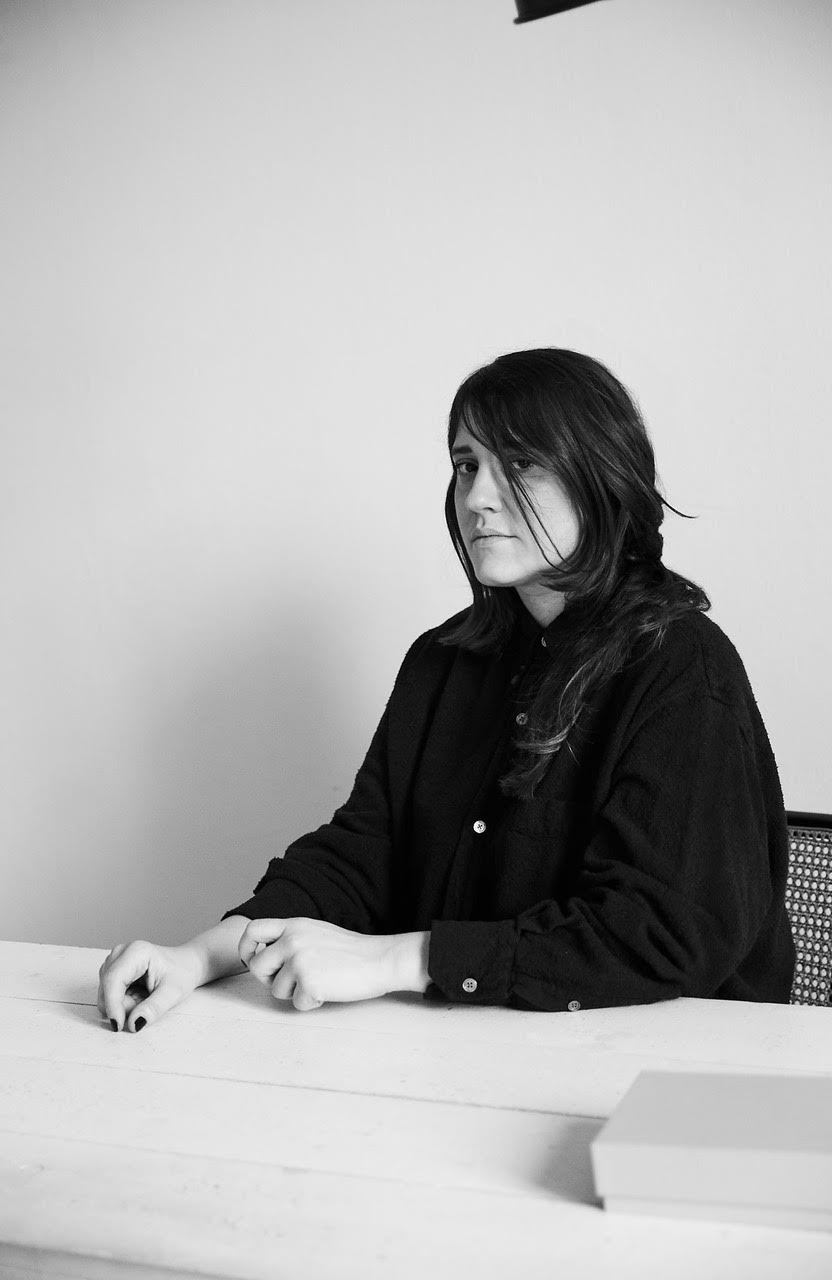
Federica Elmo

ONDAMARMO collection by Federica Elmo
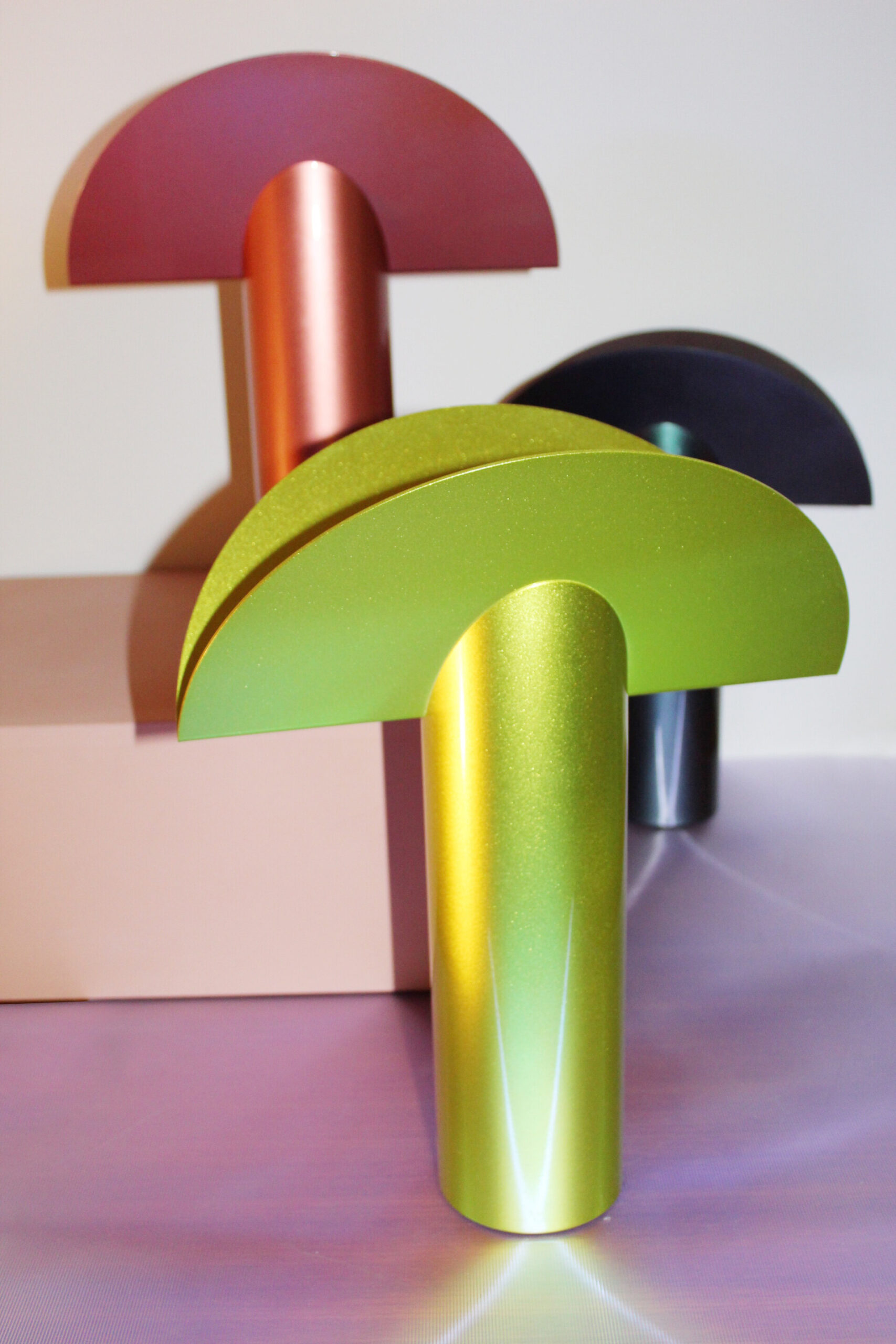
Ferrosecco by Federica Elmo
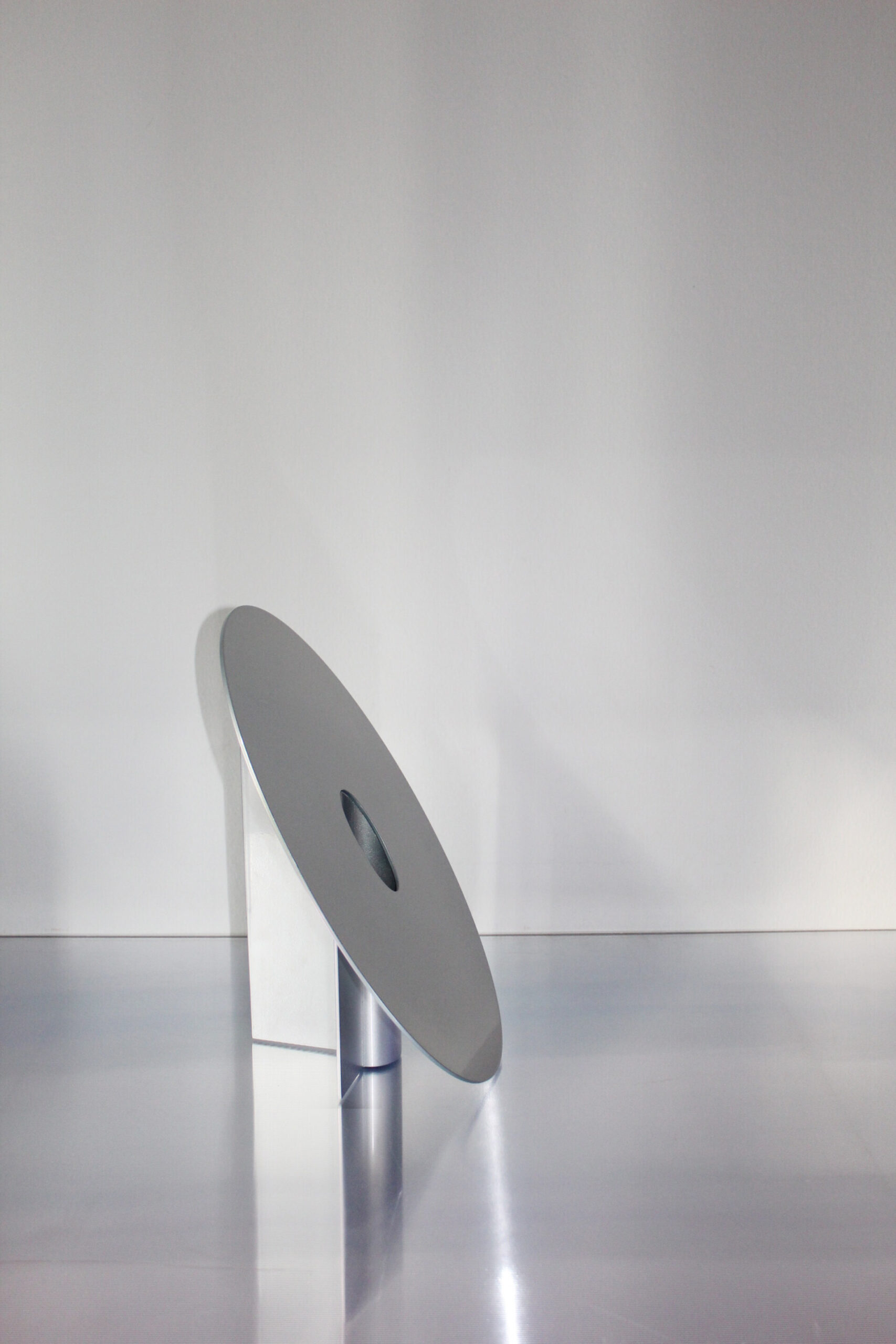
Ferrosecco by Federica Elmo
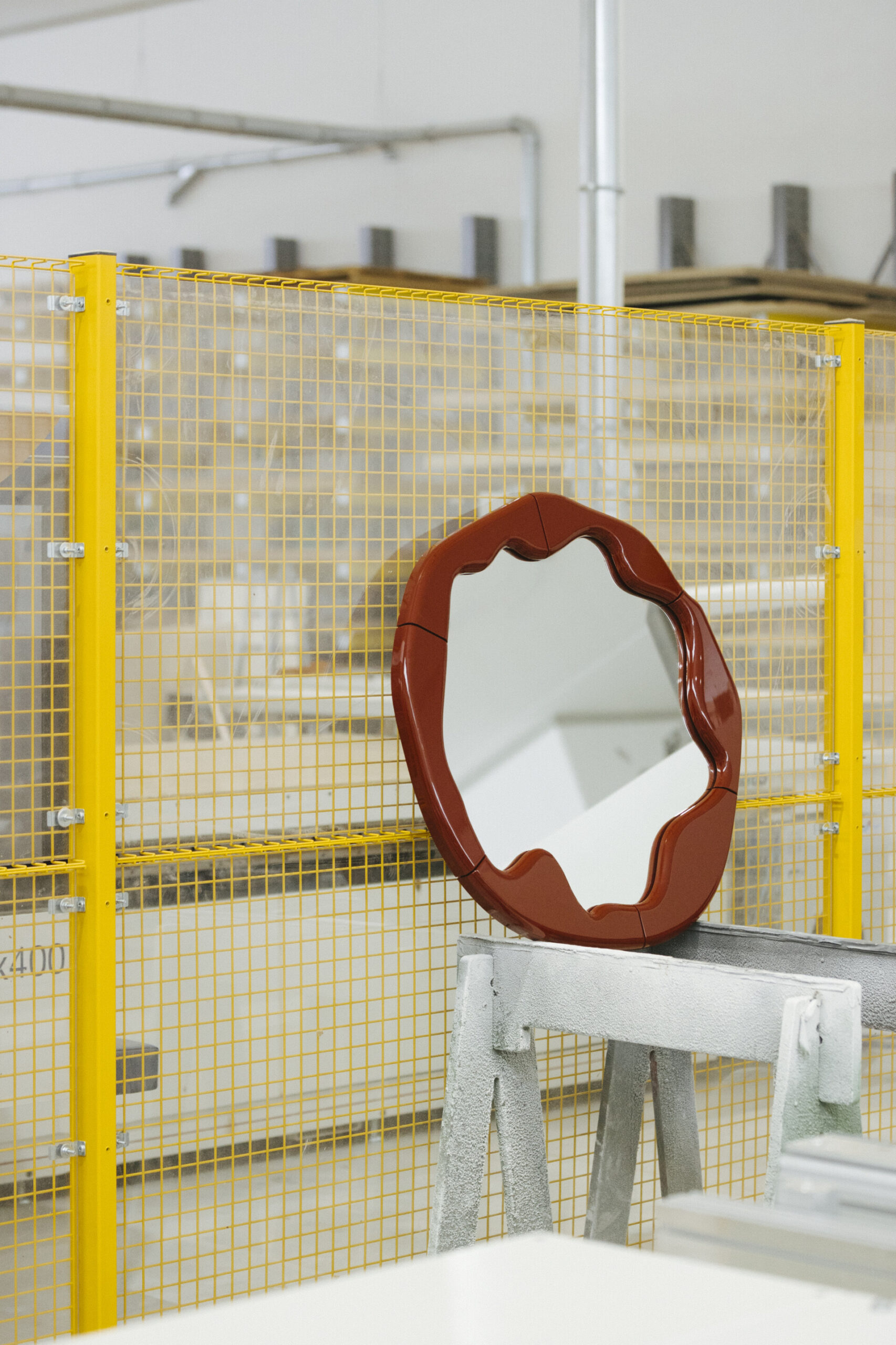
Vero mirror by Federica Elmo; Photo by Matteo Bianchessi
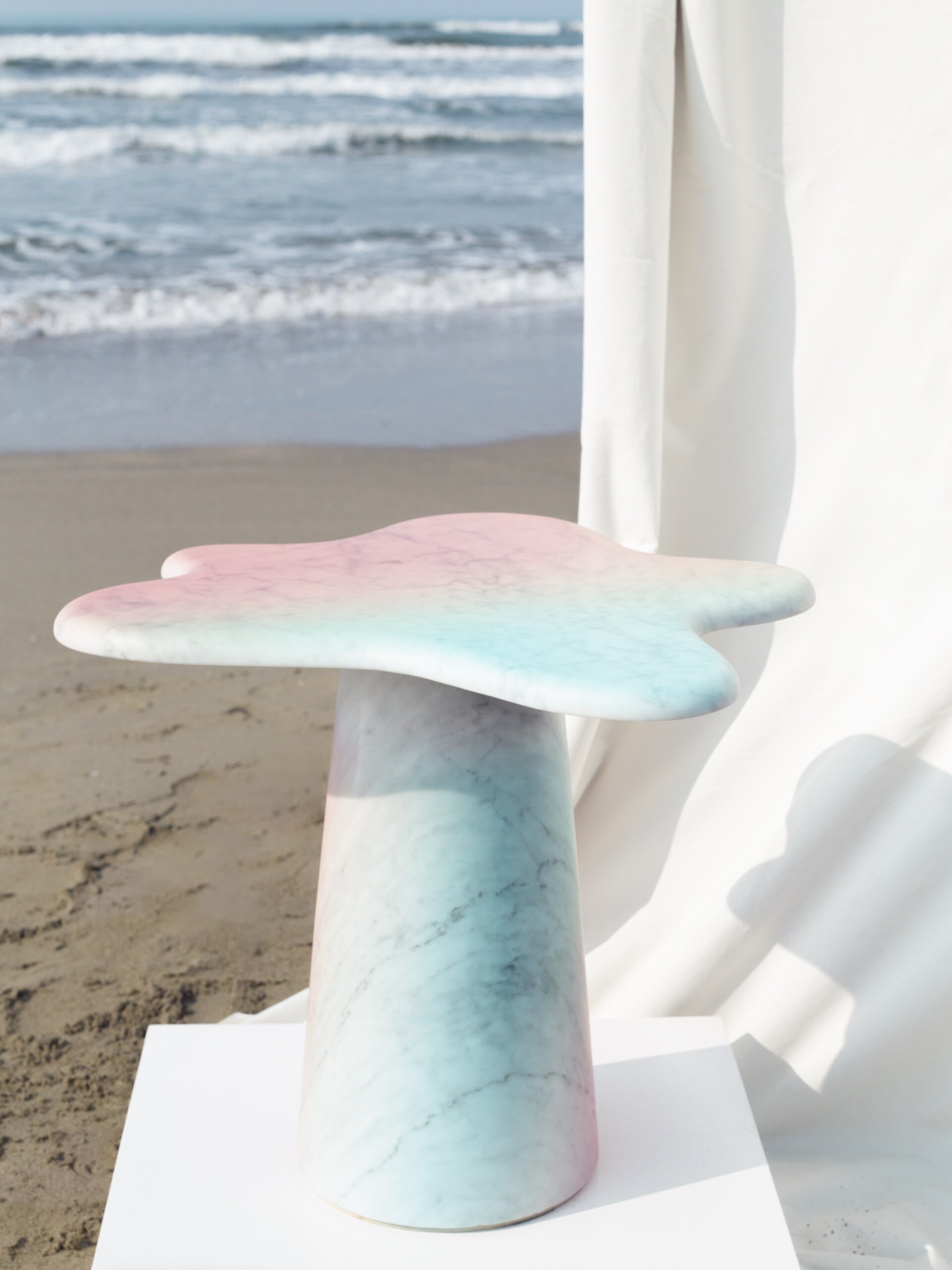
ONDAMARMO collection by Federica Elmo
Andrea de Chirico
Andrea de Chirico’s work proves that low-impact design doesn’t have to look serious—or beige. The Roman native blends traditional craftsmanship with bright, expressive forms, using materials like recycled paper and scagliola marble (a historic plaster technique that mimics stone) to create objects that are both playful and principled—the type of stuff that makes you smile.
He founded his studio, SUPERLOCAL, in 2015. Since then, he’s collaborated with clients like IKEA Italia, The Design Museum, and BMW, developing projects that explore how craft and sustainability can work in tandem—often at a hyper-local scale.
Take the Hair Dryer Set, a conceptual quartet of appliances made across three European neighborhoods. Each one was built using only materials and manufacturing techniques found within a bike ride of its place of origin. “How does an object change depending on where it is produced?” he asks.
Or look at the Guarino Mirror—made from lacquered recycled wood and framed in bold pink, blue, and red. It’s Memphis-esque, bright and graphic, a “one-of-a-kind ‘monstrum’” as De Chirico calls it.
“I aim to design objects that are not only visually captivating but also environmentally responsible,” he says. “Each piece is crafted with the intent to spark wonder and bring a unique, colorful energy into any space.”
Since 2016, de Chirico has taught at IED Torino, NABA Milano, and Beaux-Arts de Marseille.
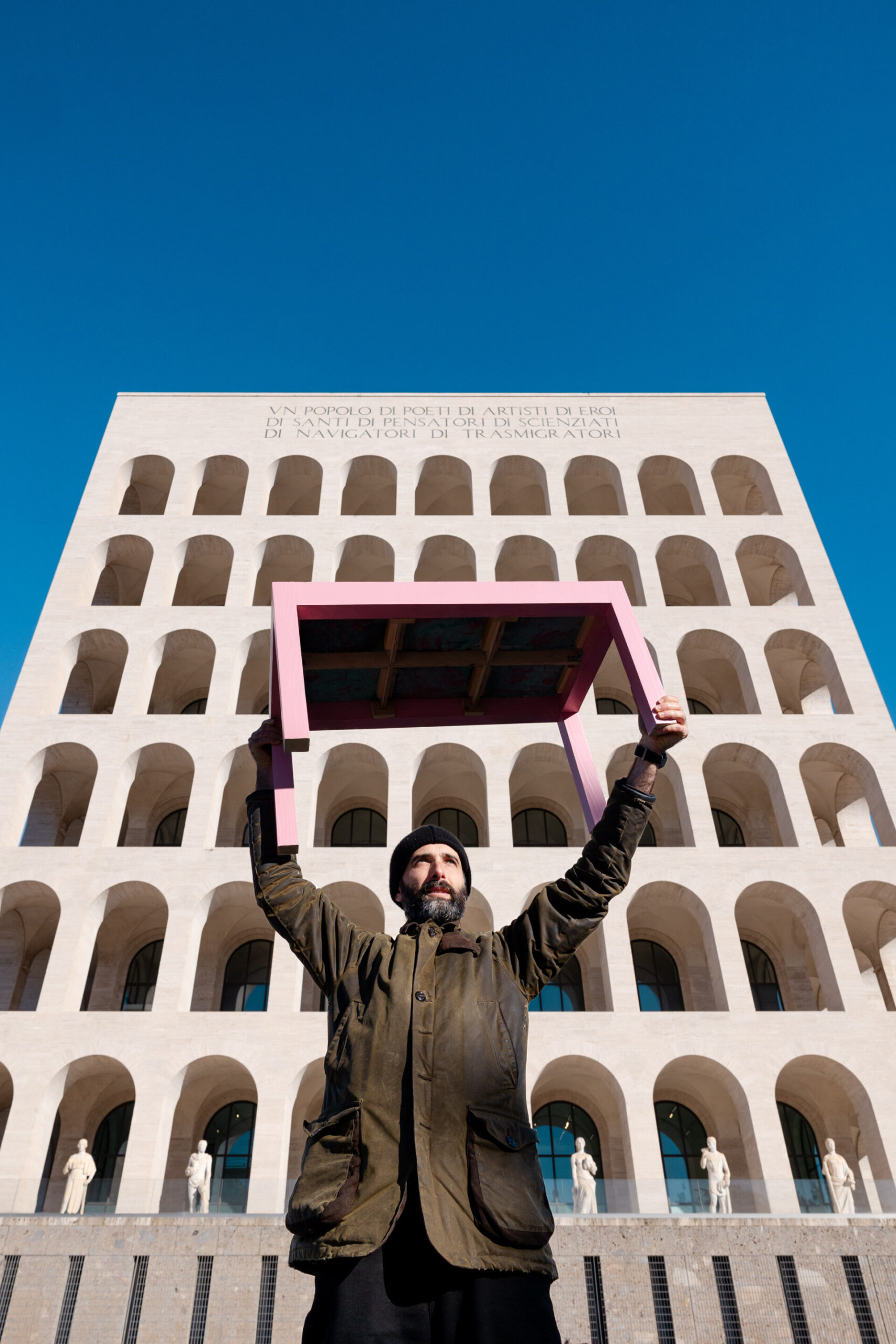
Andrea De Chirico; Photo by Giacomo Meiarini
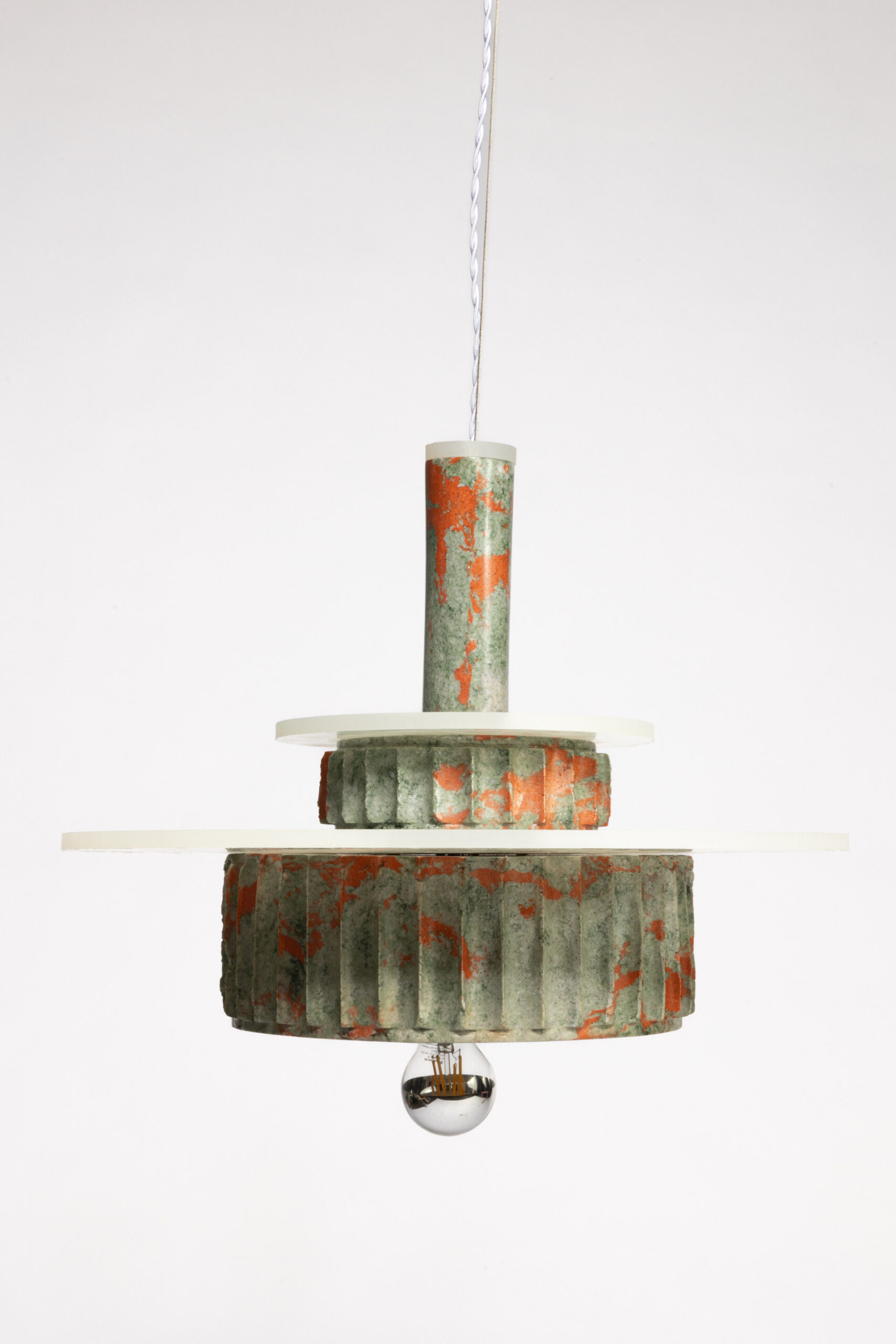
Guarino lamp by Andrea De Chirico; Photo by Giacomo Meiarini
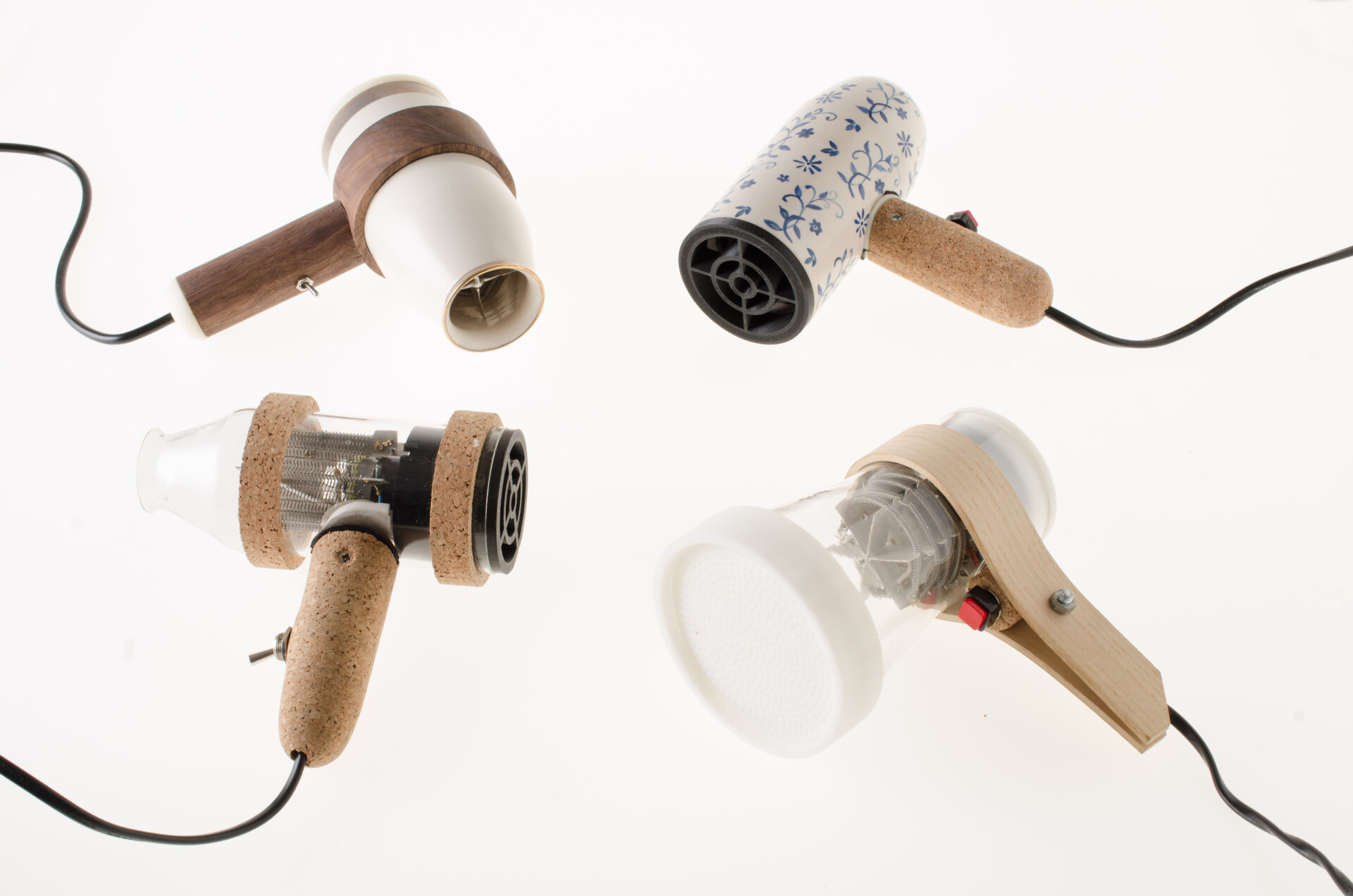
Hair Dryer Set by Andrea De Chirico
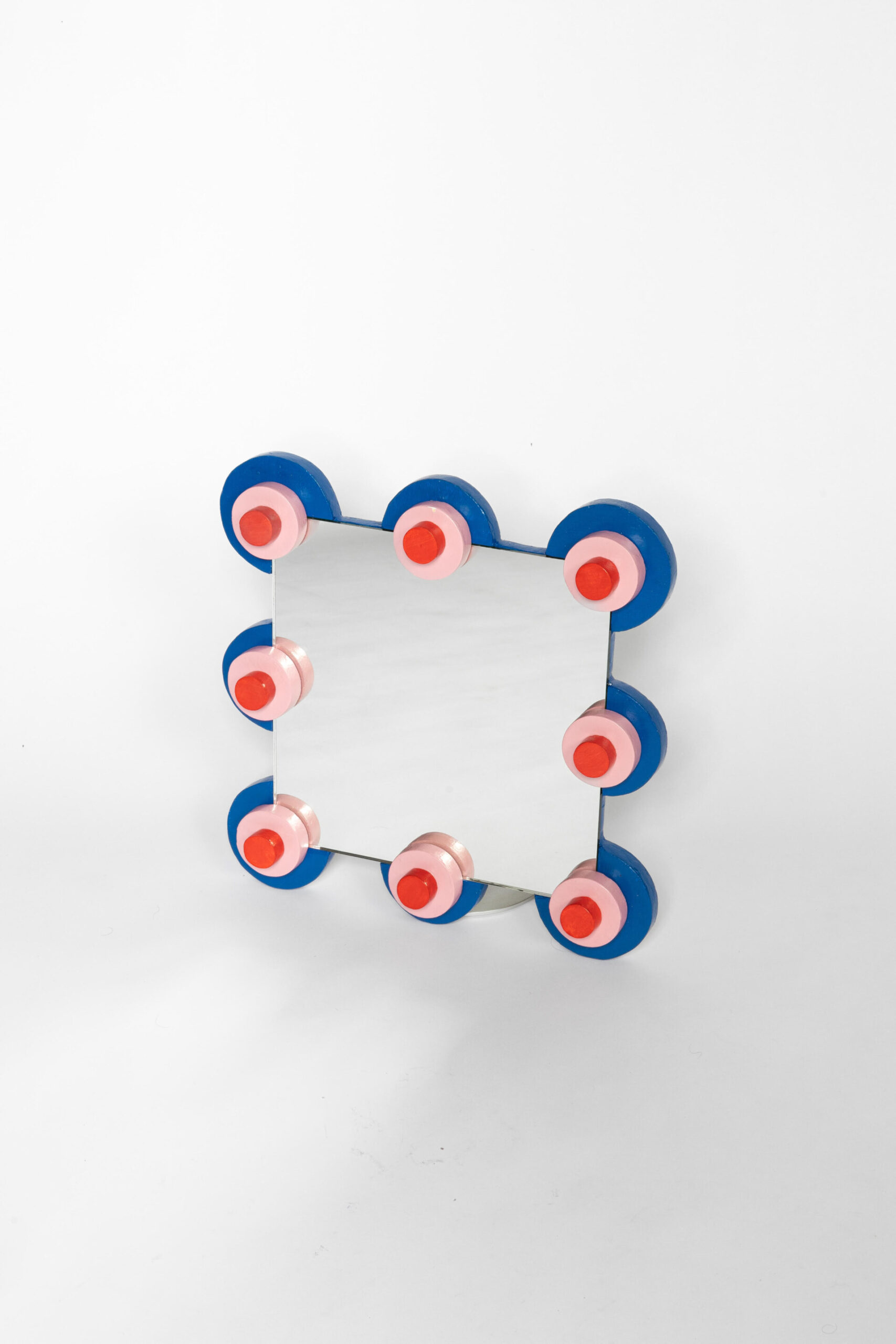
Guarino mirror by Andrea De Chirico
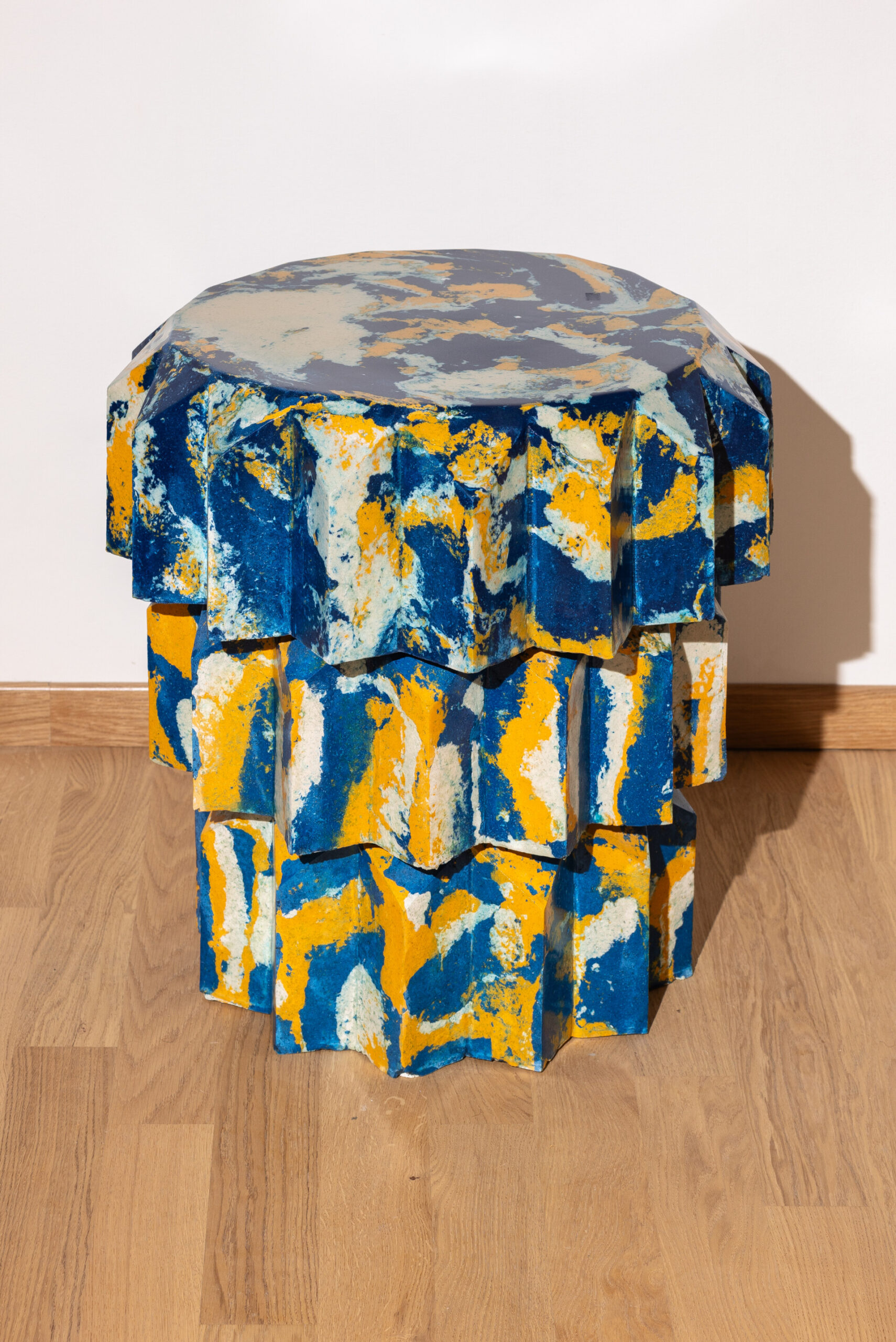
Guarino table by Andrea De Chirico; Photo by Giacomo Meiarini
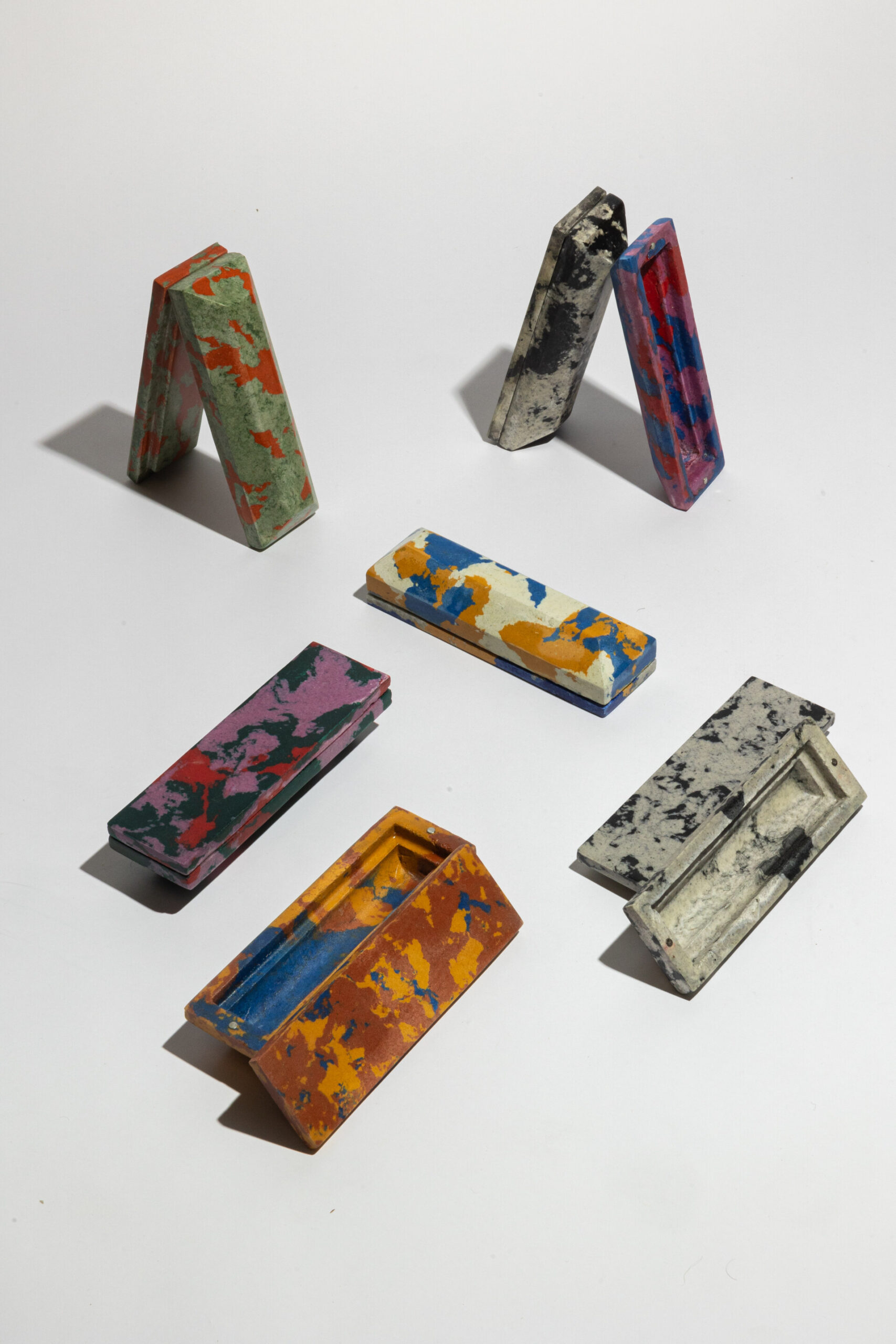
Guarino pen boxes by Andrea De Chirico; Photo by Giacomo Meiarini
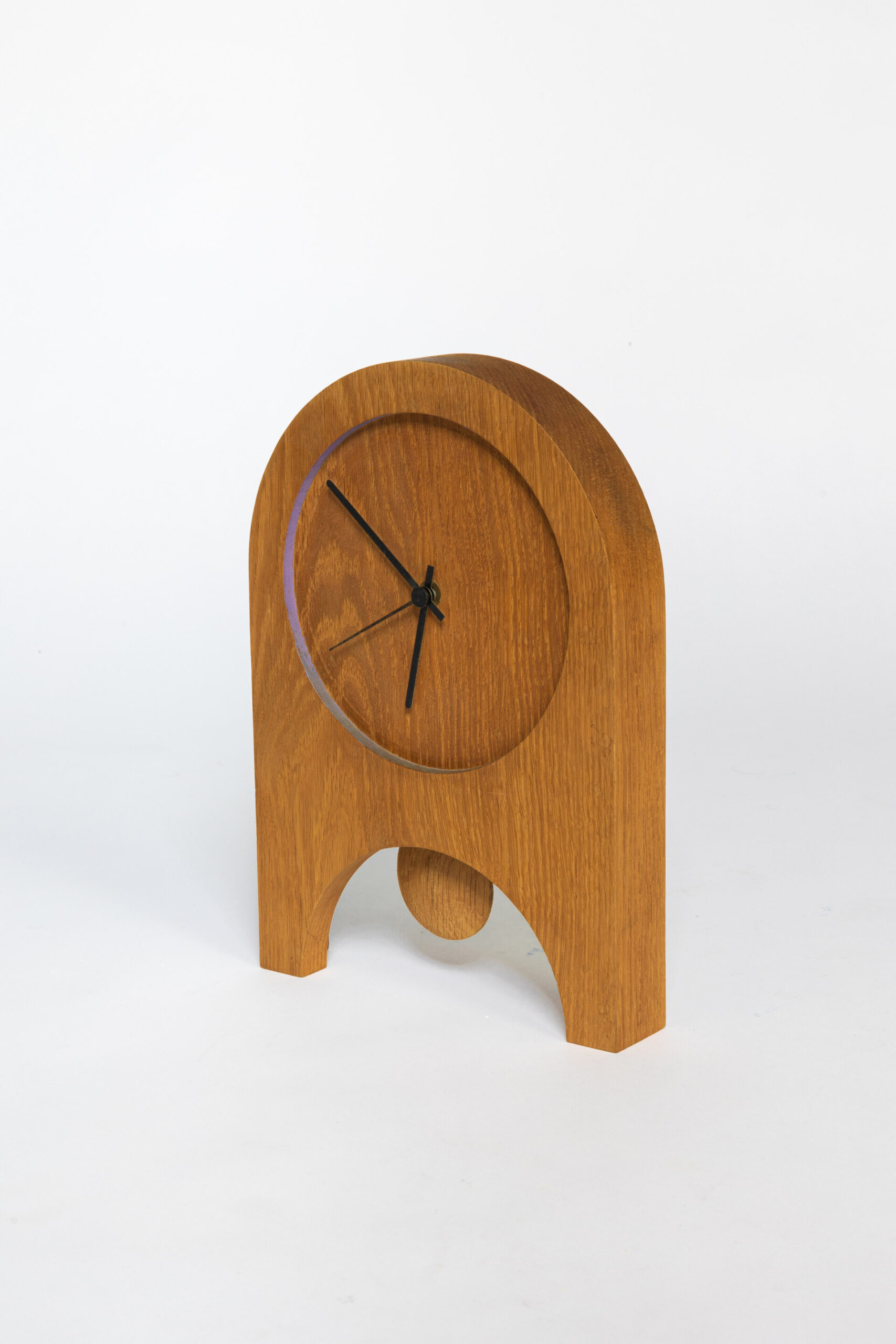
Ophelia Pendulum by Andrea De Chirico; Photo by Giacomo Meiarini
Imma Matera
Born in Matera—“still in my last name!” she tells us—Imma Matera explores the “poetic and spontaneous qualities of raw materials, rooted in a deep respect for their natural essence.” She works primarily with metal, ceramics, wood, stone, and what she calls “the raw essence of the earth itself.” Her aesthetic is earthy and elemental: clean lines, grounded tones, burnished metal finishes—forms that feel simultaneously ancient, contemporary, and architectural.
In 2020, she co-founded TIPSTUDIO with her partner Tommaso. Based between Florence and Pietrasanta, the duo explore the space where concept meets material—where design emerges not from a sketch, but from a kind of conversation. “I feel deeply connected to the narrative and conceptual dimensions of each project—they are the foundation of my practice,” she says. “The shape to me is simply the outcome of a story, of a process.”
That process is as physical as it is philosophical. “Designing a product means reading, observing, researching, living, and testing—and also producing,” she explains. “I give great importance to the message that subtly emerges from the lines of an object—from its physical presence to its emotional resonance.”
Matera’s work with TIPSTUDIO has been shown internationally—at Salone del Mobile, PAD London, the Museum of Craft and Design in San Francisco, and Collectible Brussels. She also teaches design at IED Florence, bringing her process-first approach into the classroom.
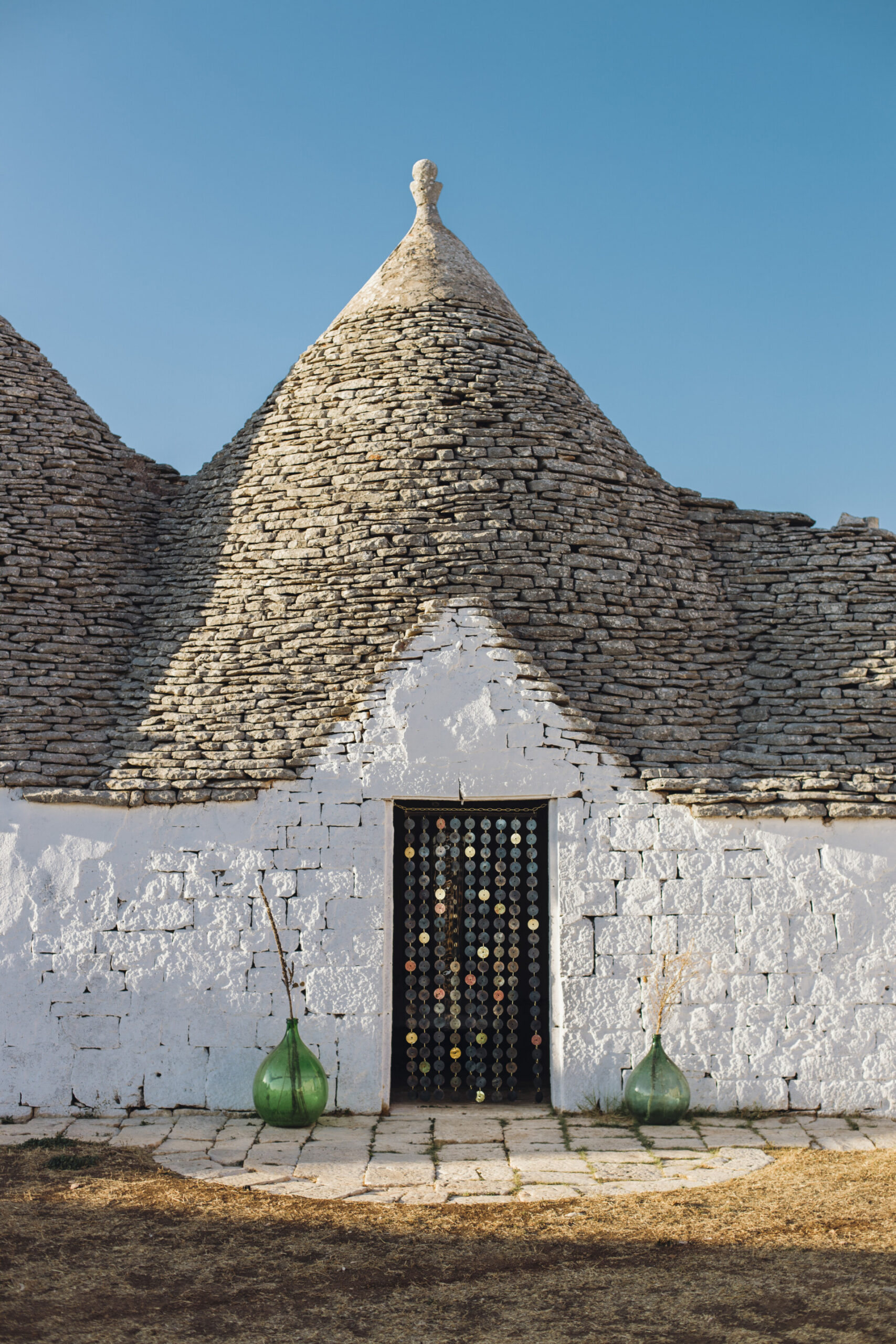
Ritmo Quotidiano installation by Imma Matera; Photo by Giuseppe Manzi
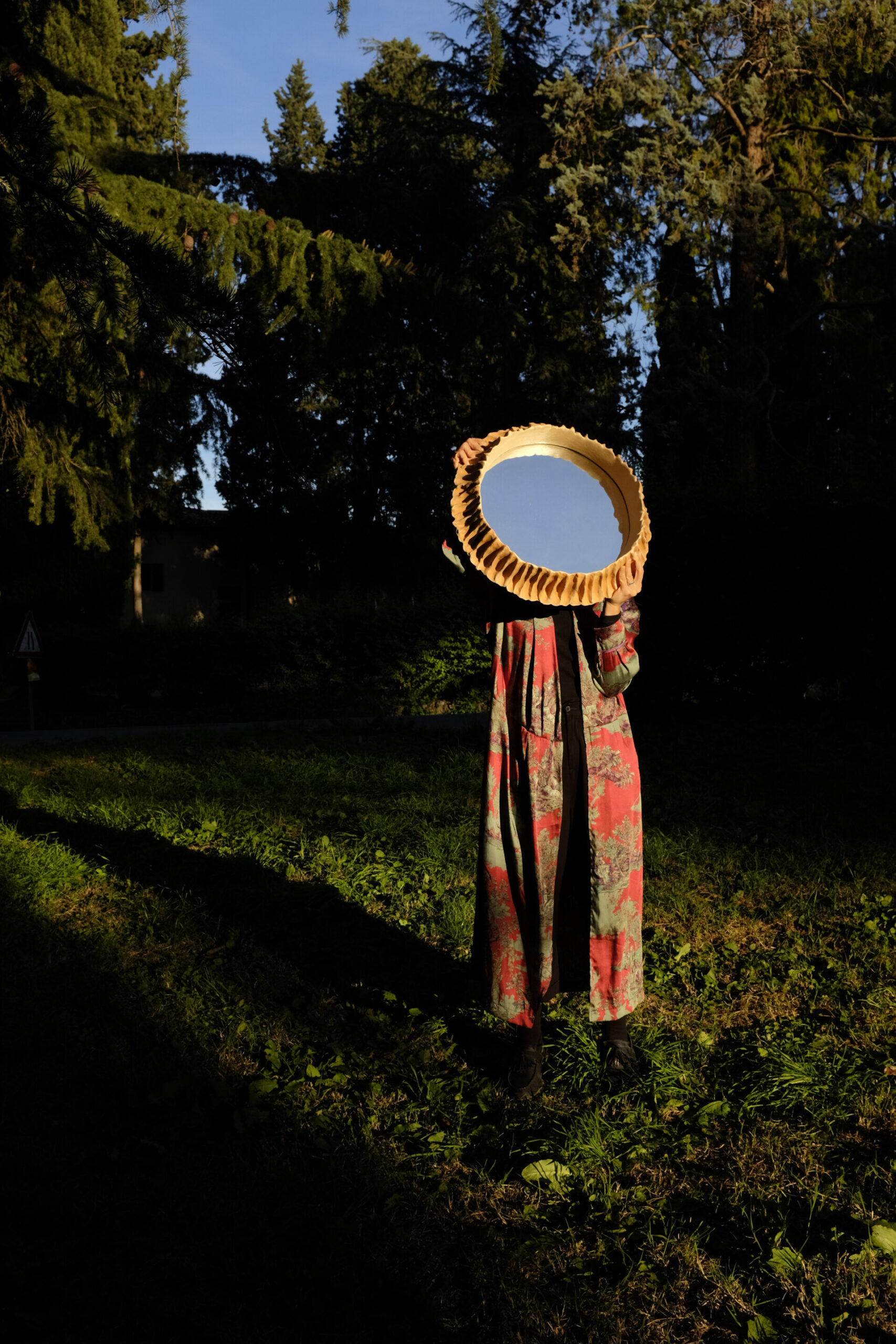
Loto mirror by Imma Matera; Photo by Giuseppe Manzi
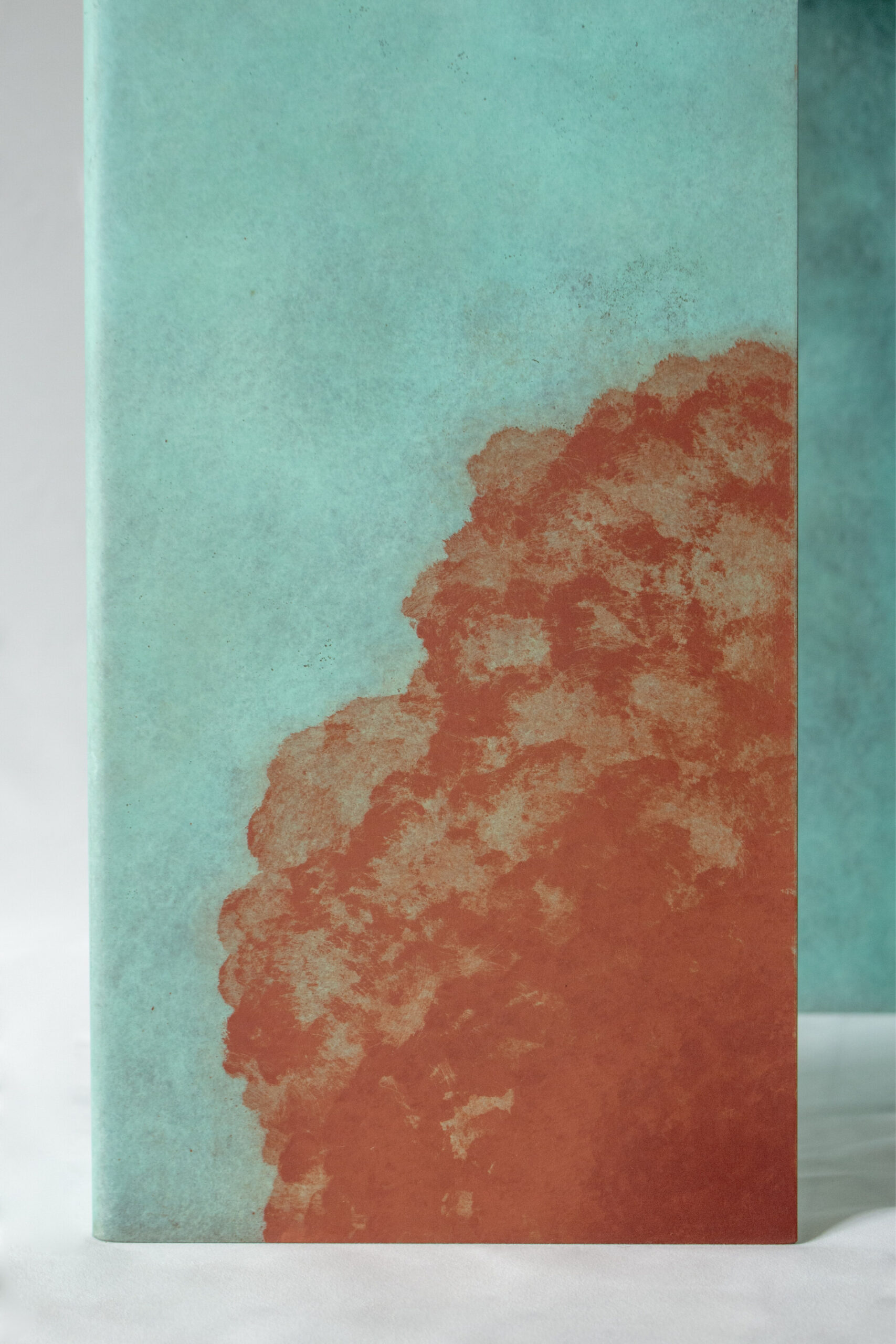
Detail of Oxibloom by Imma Matera
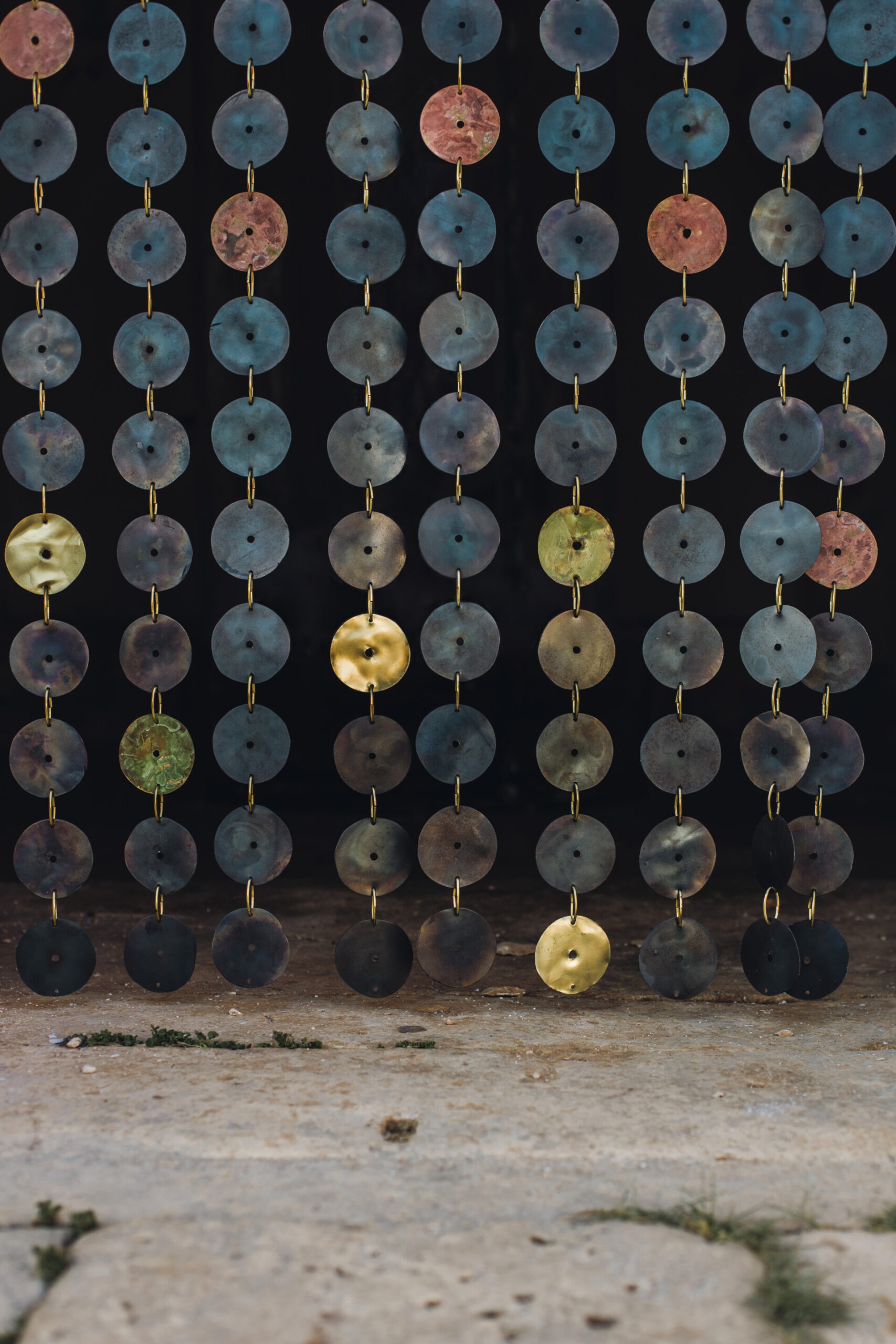
Ritmo Quotidiano installation by Imma Matera; Photo by Giuseppe Manzi

Imma Matera
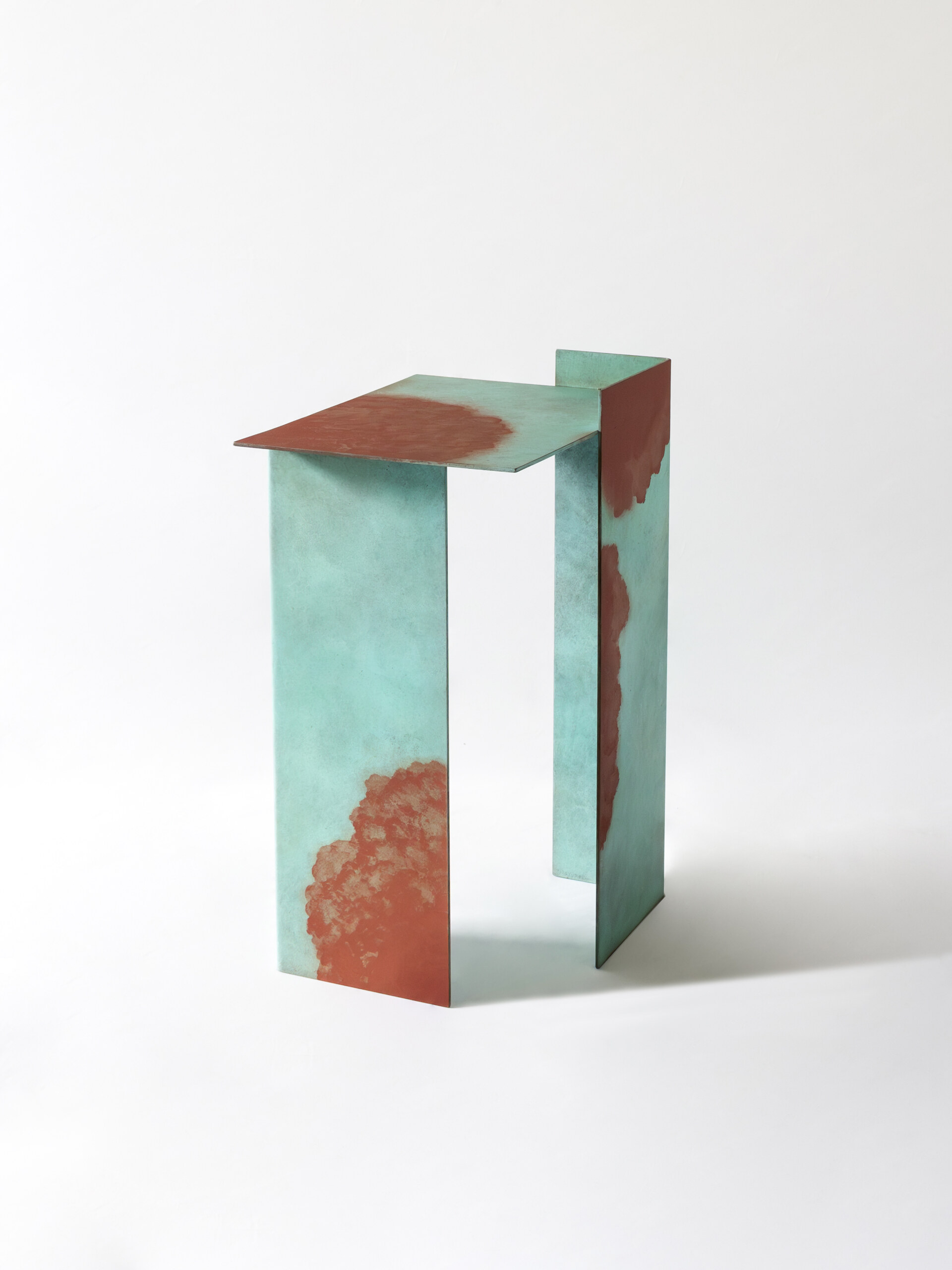
Oxibloom side table by Imma Matera
